30 July – 02 August 2019

Talk about a 180-degree turn in city experiences! After leaving the urban grit of Bologna, we arrived in Ferrara, a city of 130,000. No graffiti. No throngs of university students (although there is a university). More older folks than young ones. Streets and buildings immaculate. All a little jarring for us.
But Ferrara has its act together when it comes to museums. They just don’t do much to let you know about them.
First, we visited the big fortified castle in the center of town built by the Este family who controlled Ferrara for 300 years. A real moat. Real drawbridges. The exhibit winds through the castle—from kitchens to dungeons to rooms with ornate painted ceilings. Even a map room to Bonnie’s delight. Turns out that displaying map frescos first occured at Versailles, were copied by the Estes, and later by the Pope. You see them today in the Vatican museum.
The castle has some of the best display techniques we have seen anywhere. Huge slanted mirrors to help you see the elaborately painted ceilings. Clear graphic directions on where to go next. Helpful guards reaching out to direct you ahead. Great panels of text in both Italian and English, telling you things you actually want to know, like what was it like to be at a banquet. Five stars.
We also went to the National Museum of Archaeology to pursue our curiosity about the Etruscans. Another impressive institution. The museum contains an extensive collection of artifacts collected from Spina—an Etruscan settlement nearby that was an important port with extensive trading routes. The site was not discovered until the 1920s when land reclamation near the Po River revealed more than 4,000 grave sites as well as an ancient canal system that connected the city to the Adriatic. Artifacts from the graves included pottery (much imported from Greece by the Etruscans), jewelry, and statuettes. The museum has perhaps the best collection of Greek vases in Europe, but you don’t know this until you are in the midst of it.
Our last museum, the Pinacoteca Nationale, has an extensive exhibit of pre Renaissance and Renaissance religious art, the best we have seen so far. Beautifully displayed in elegant rooms of a palazzo.
We also found the tomb of Ludovico Ariosto, whose poem Orlando Furioso begat all the Teatro dei Pupi we saw in Sicily! Oh, poor Angelica.
Our take on Ferrara is that the people are polite. There are few foreign tourists. The number of bicycles rivals the number we saw in Lucca. And their Aperol spritz is better than others Bonnie has had over the past few weeks. Robert switched from spritzes to Prosecco when he is not having a beer.
Our three nights and two full days in Ferrara turned out to be just right.
Wanderings
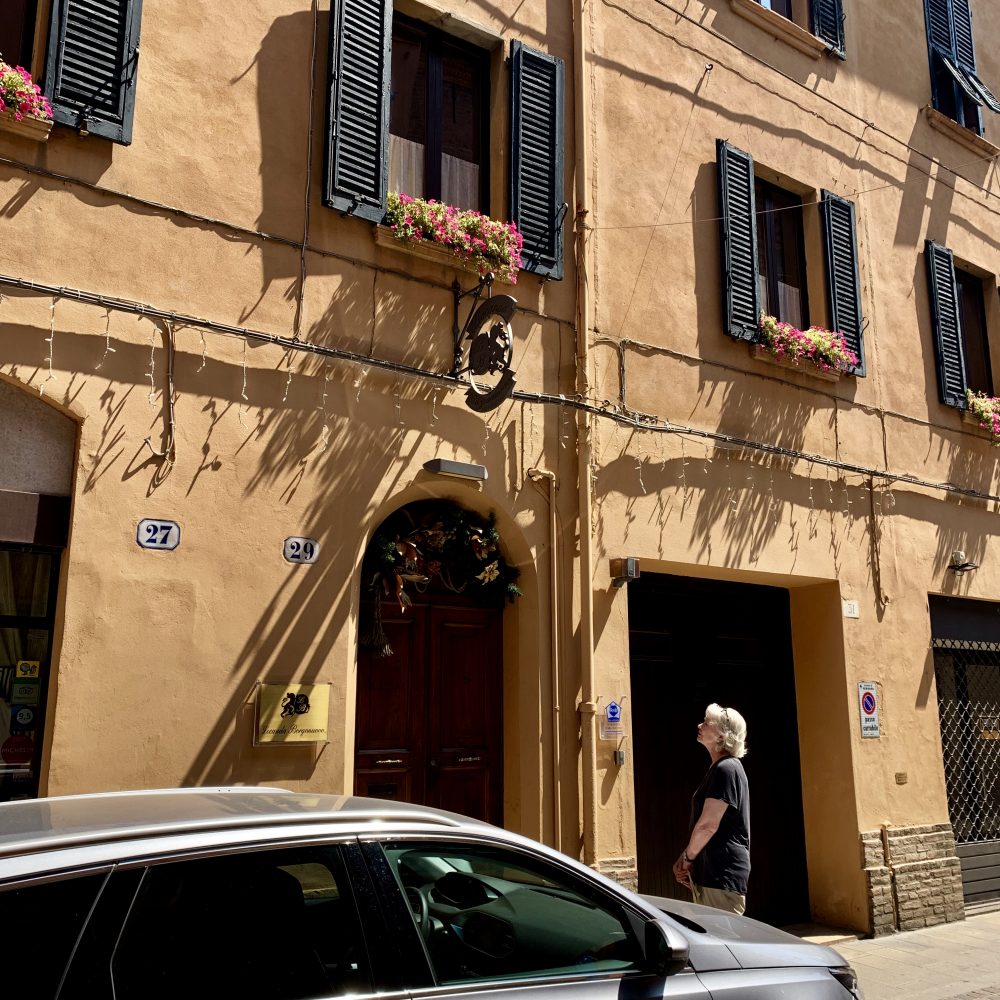
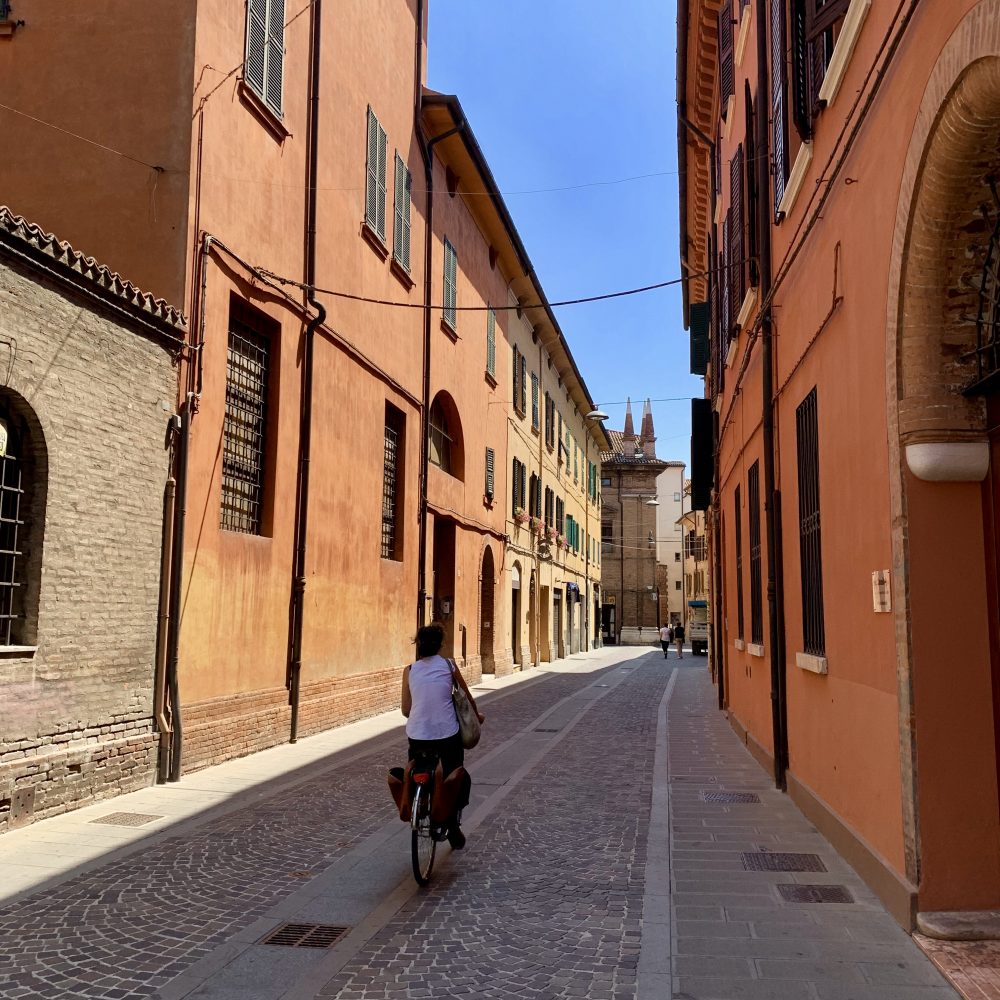
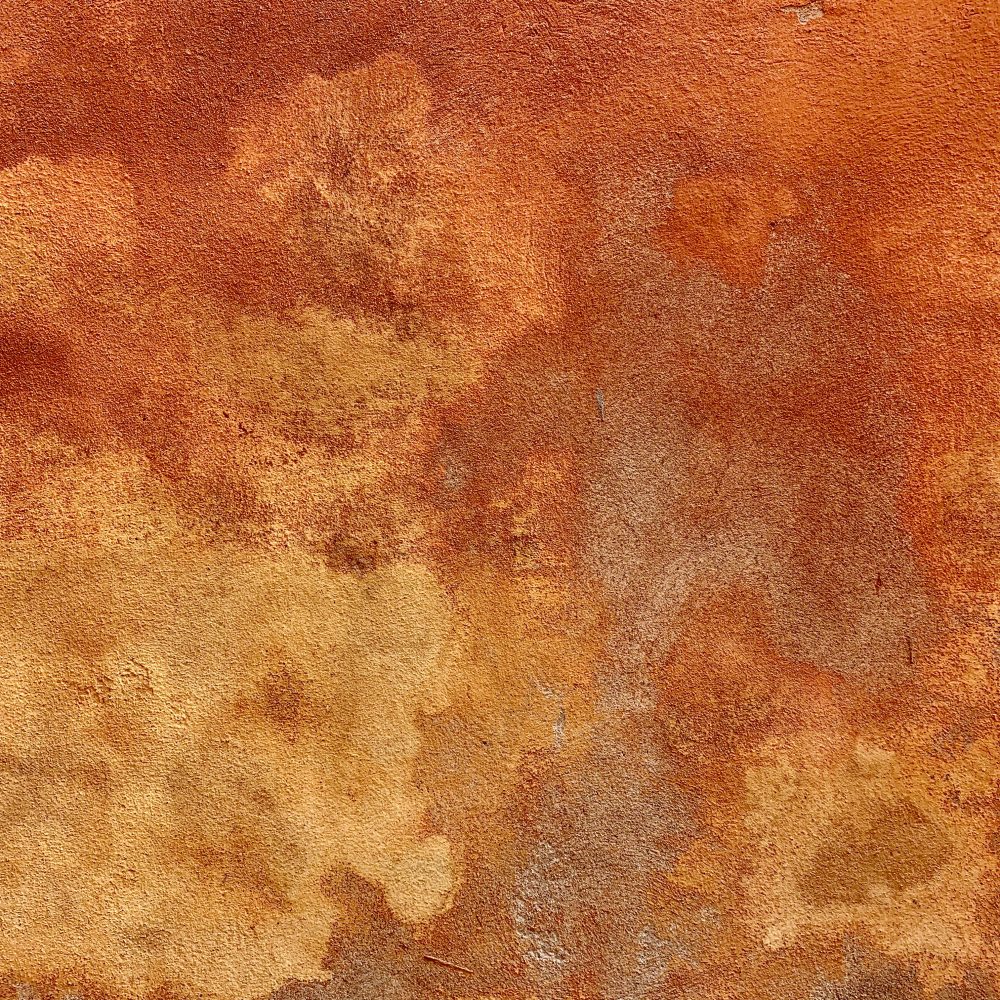
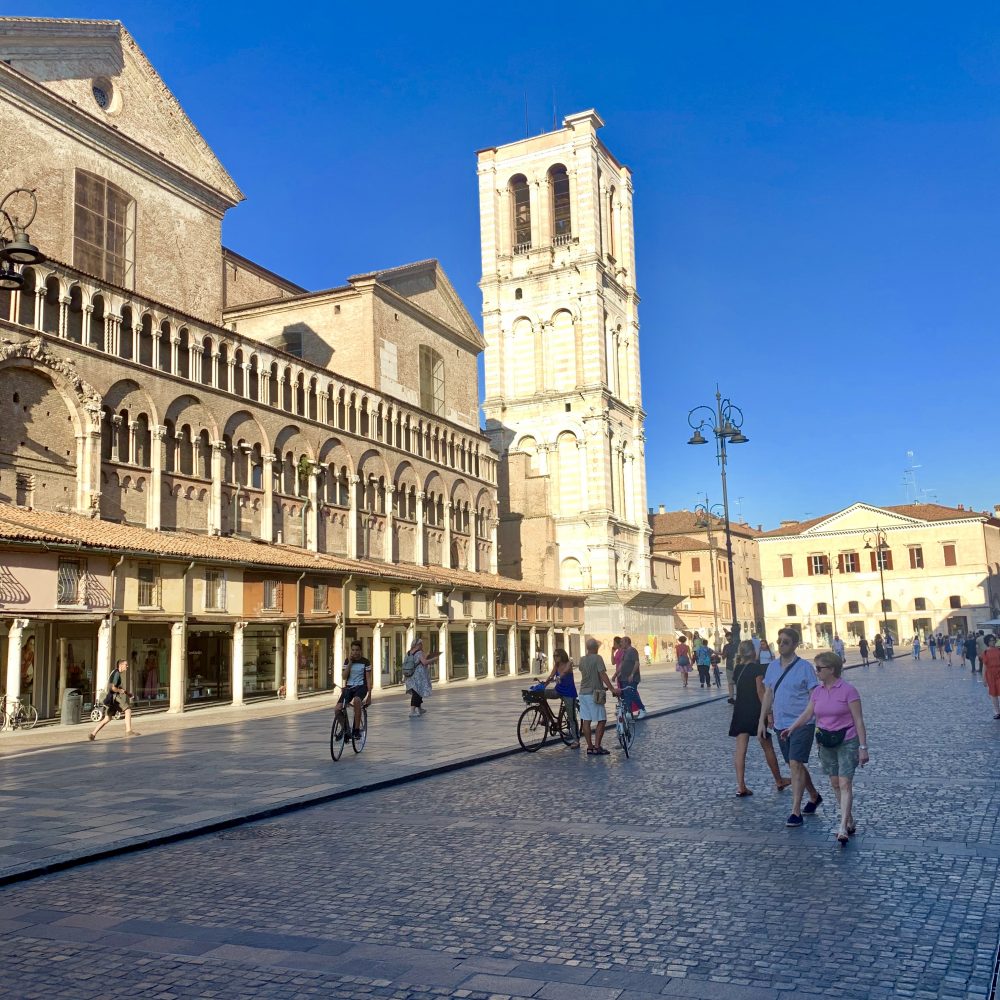
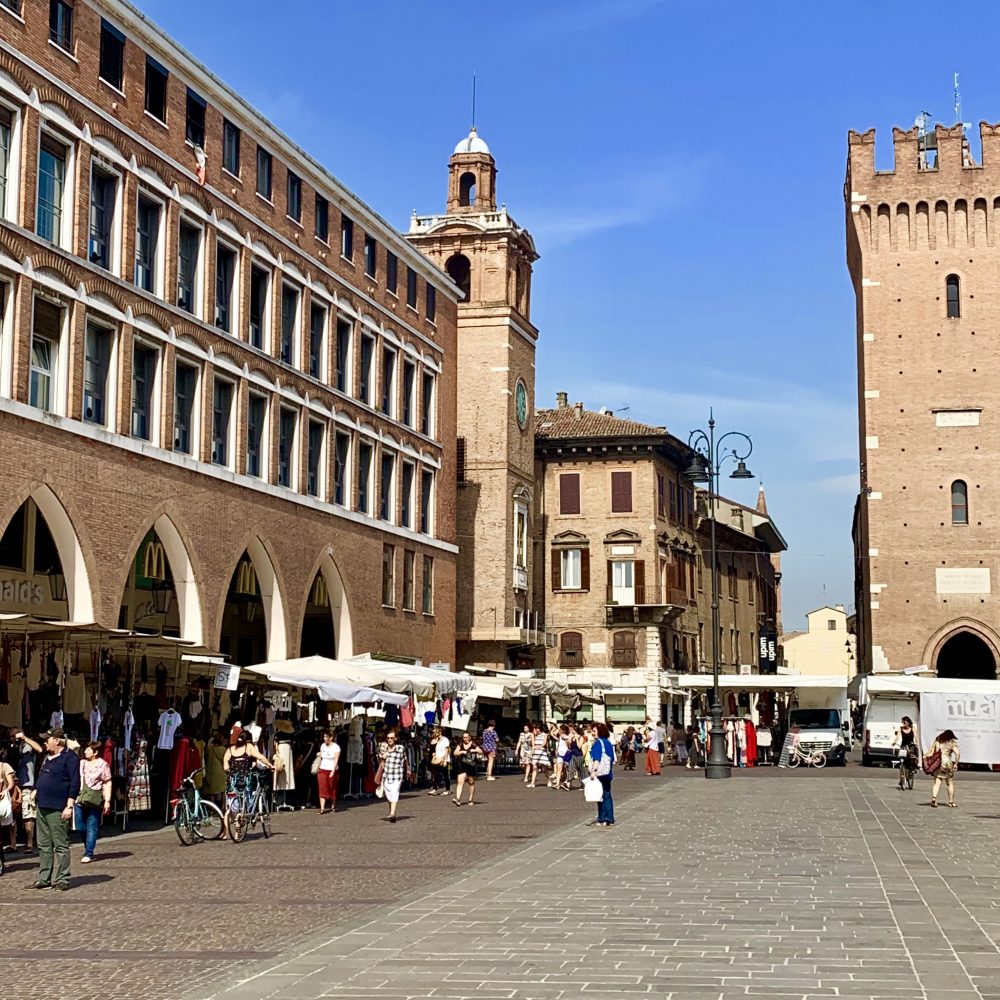
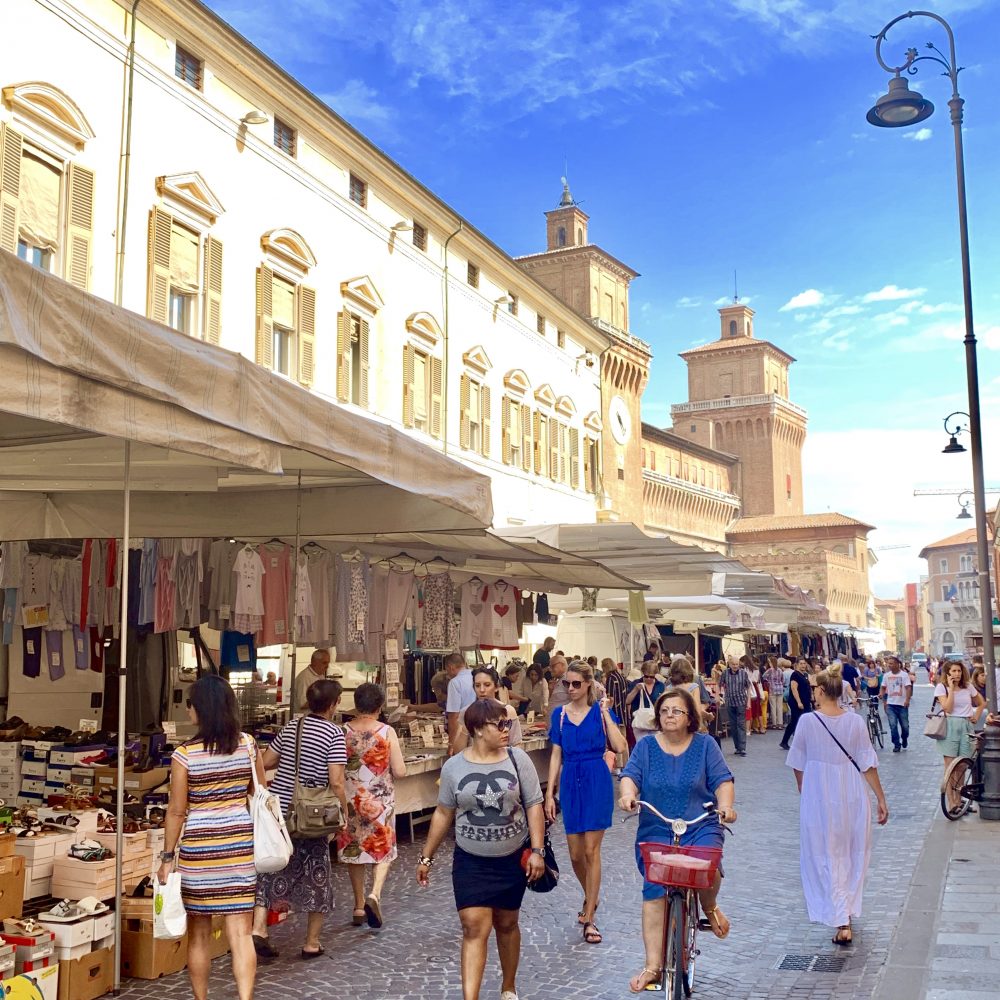

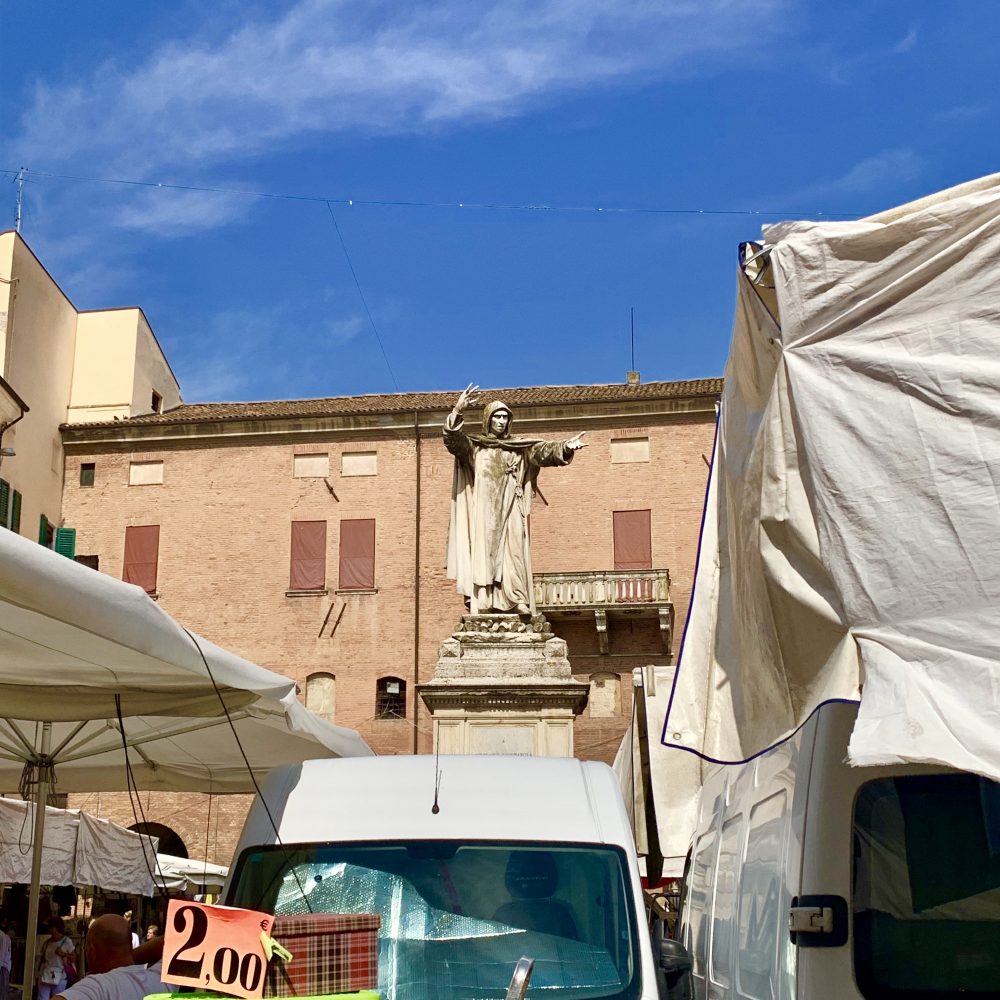
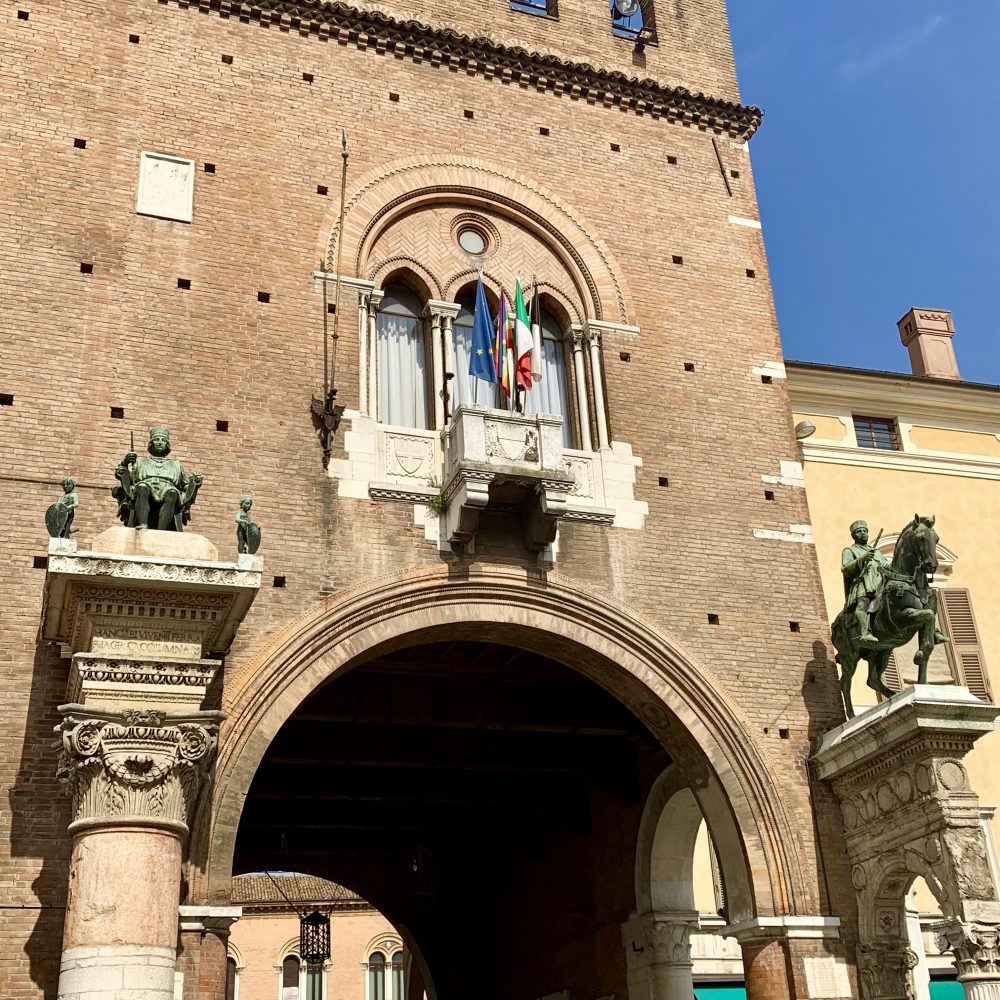
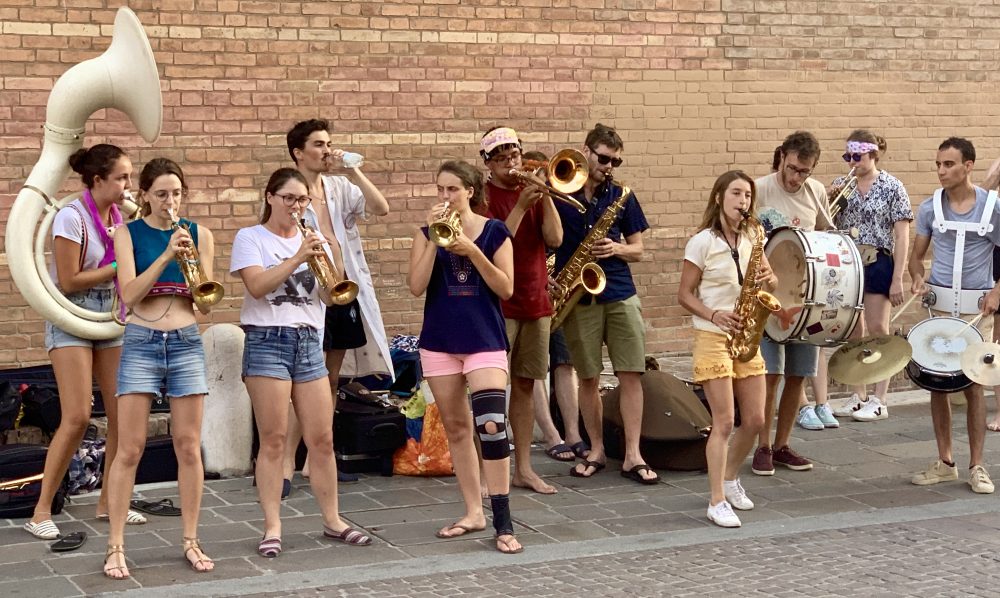
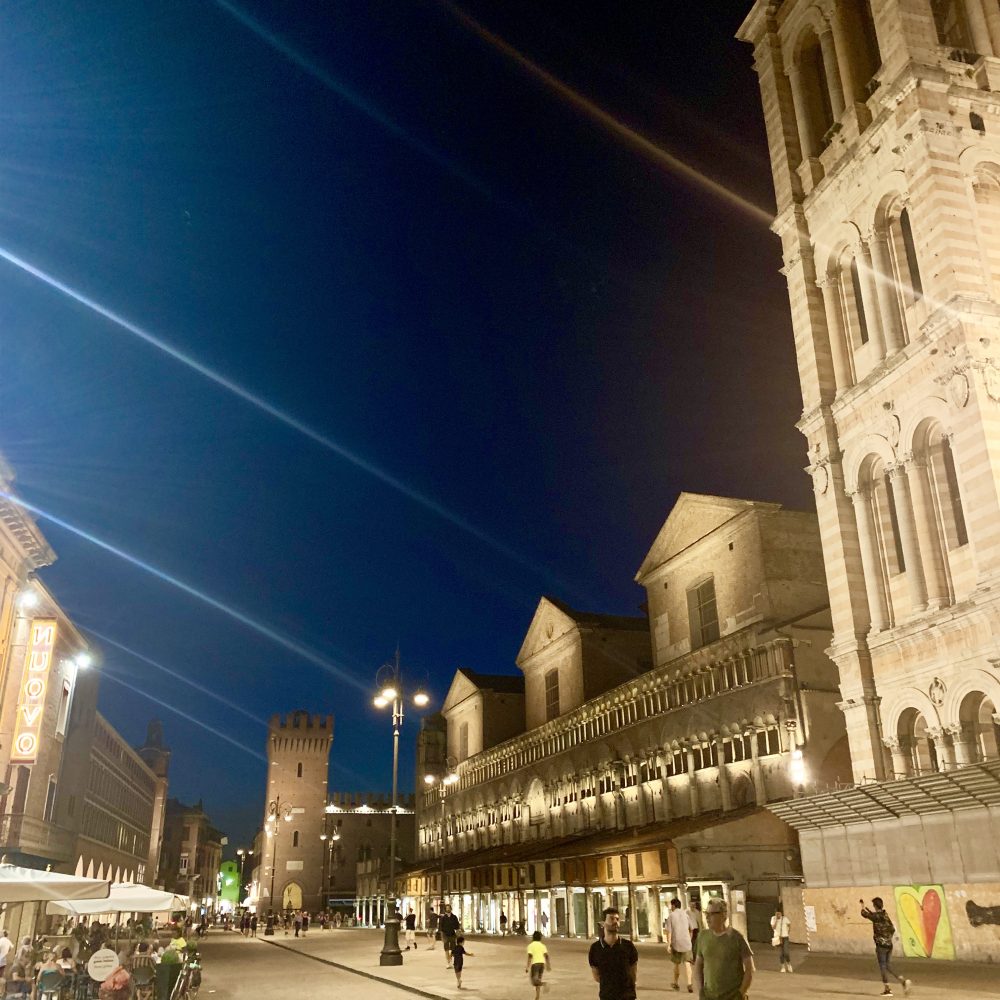
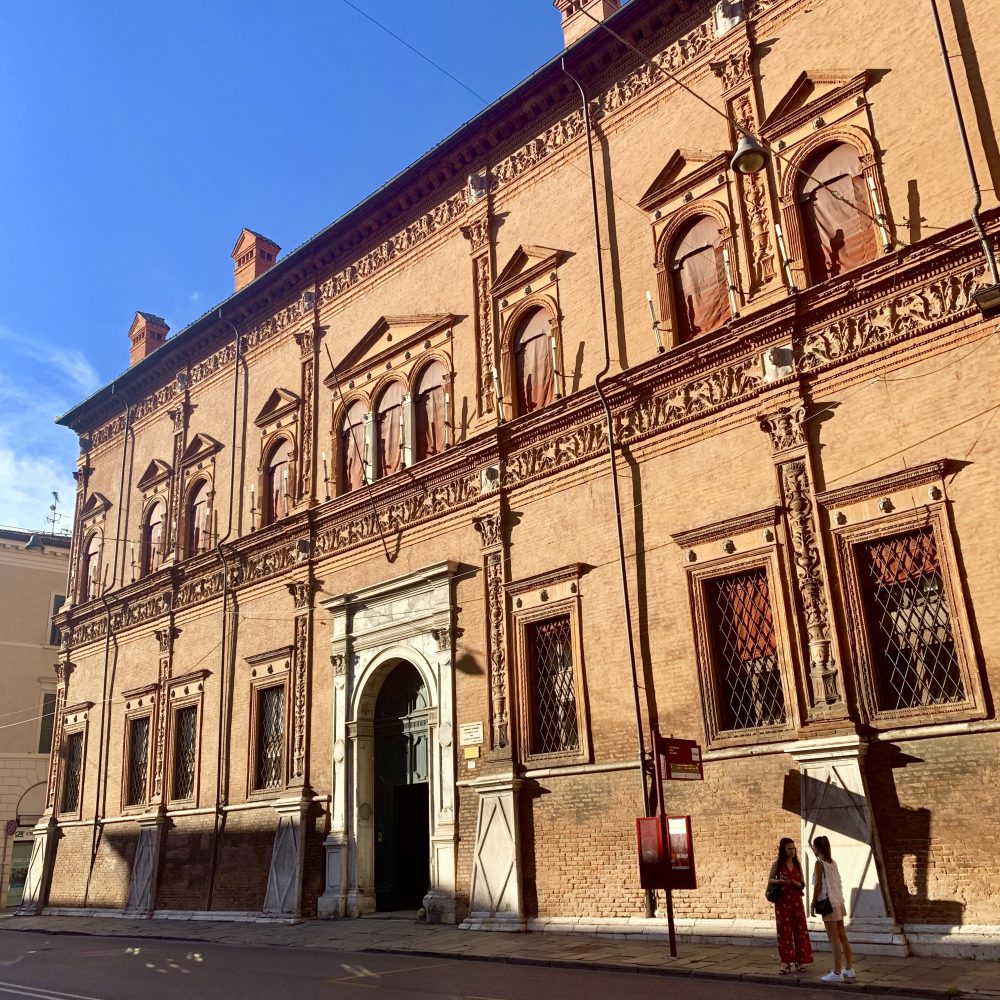
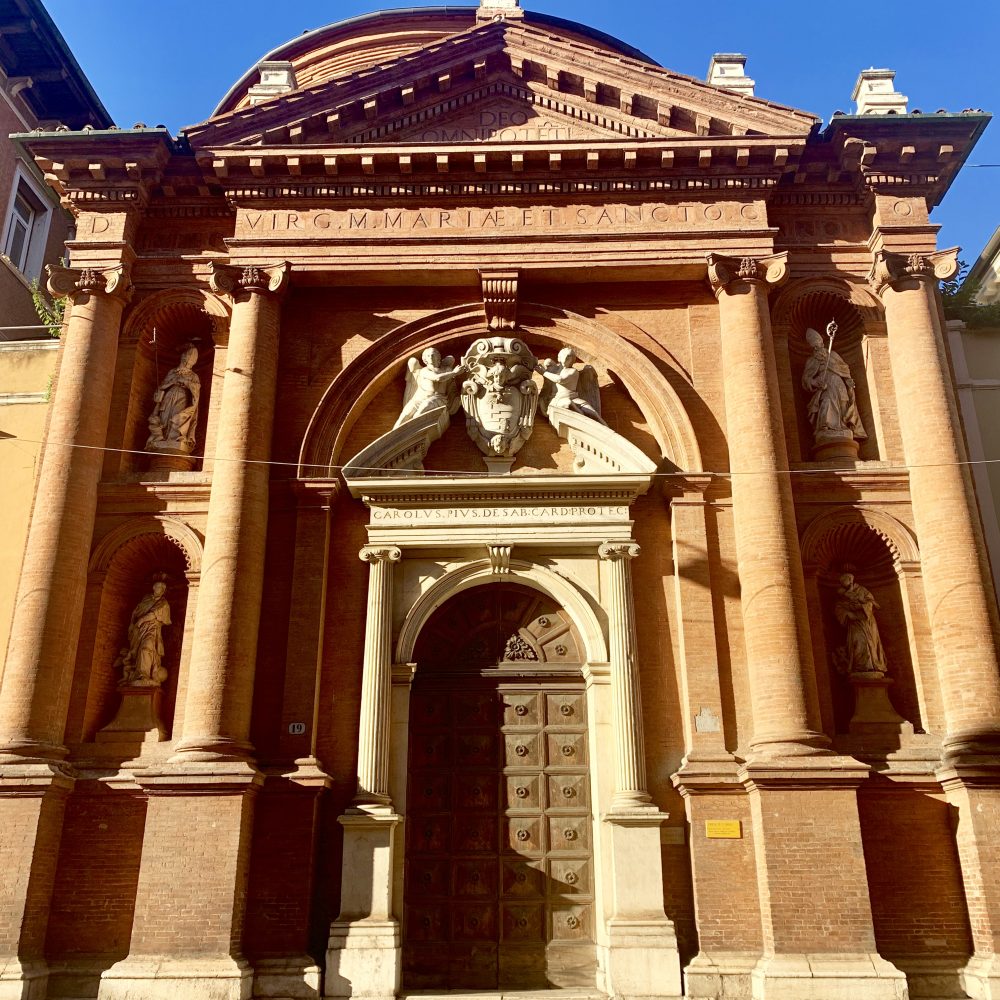
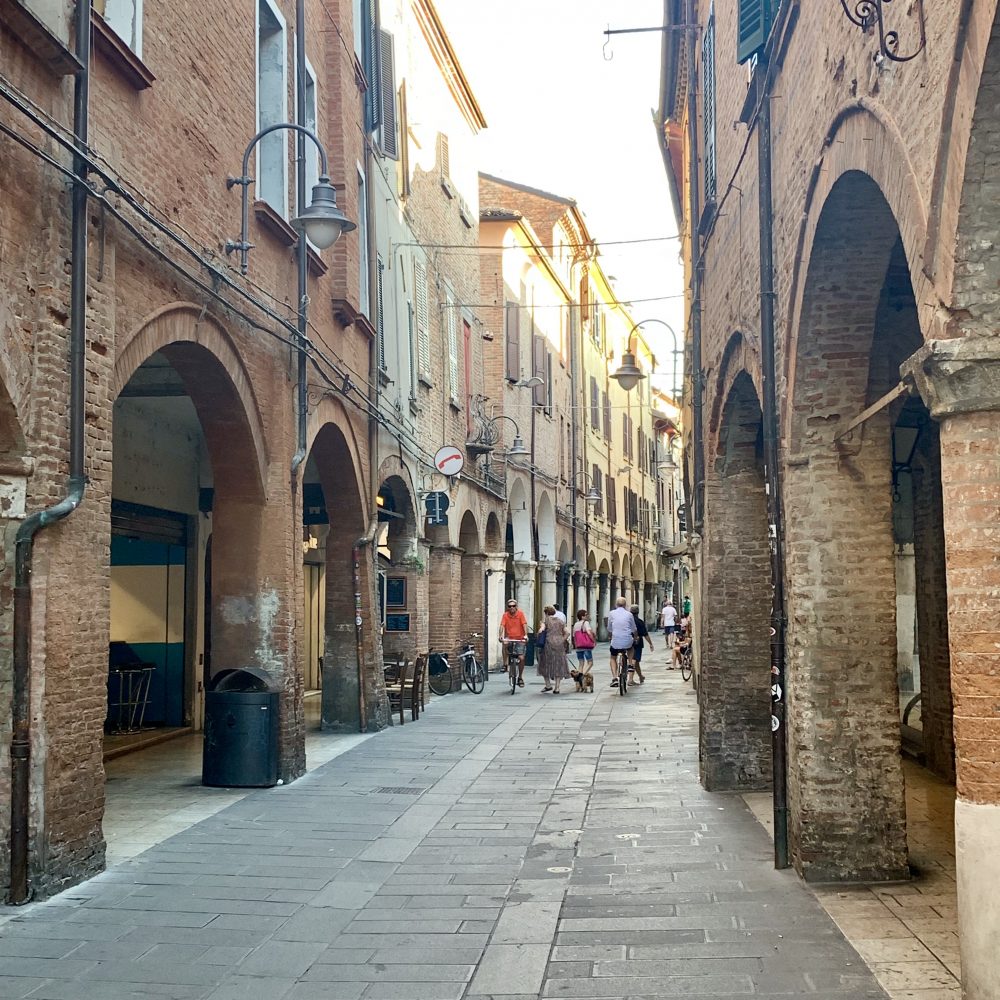
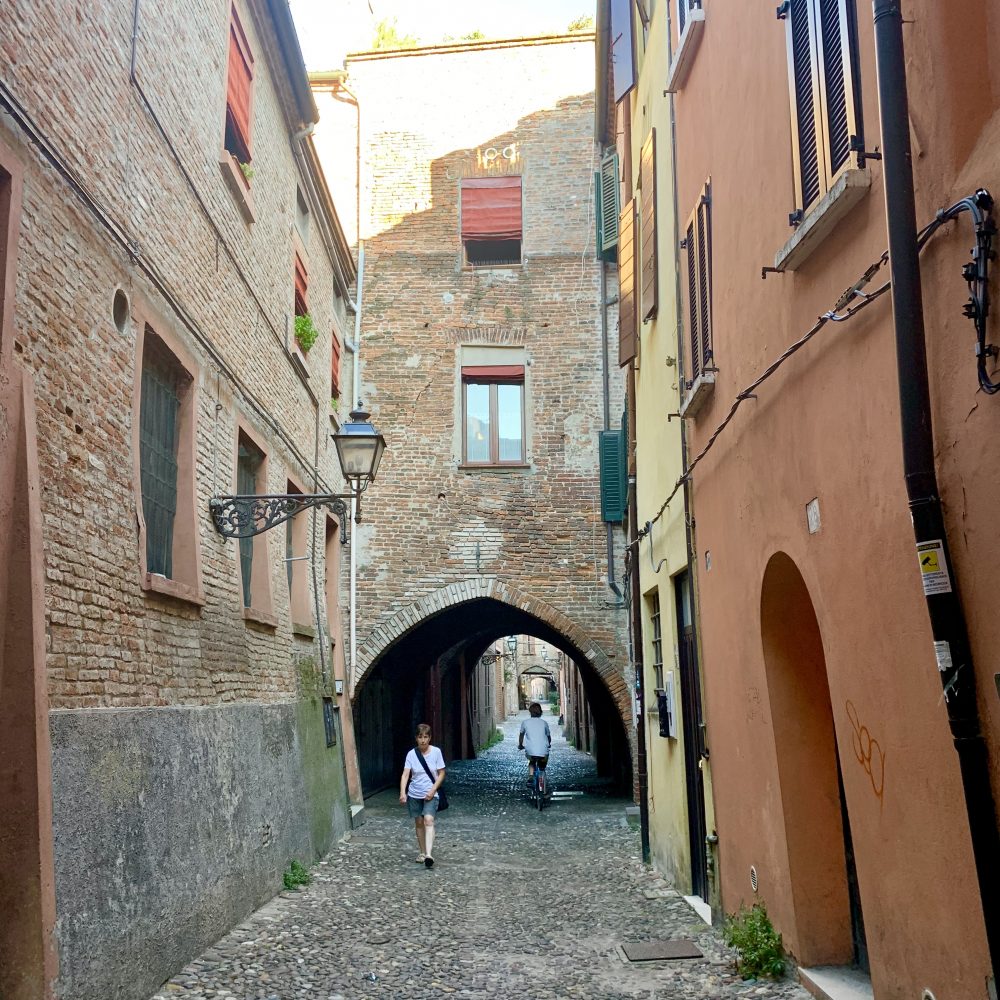

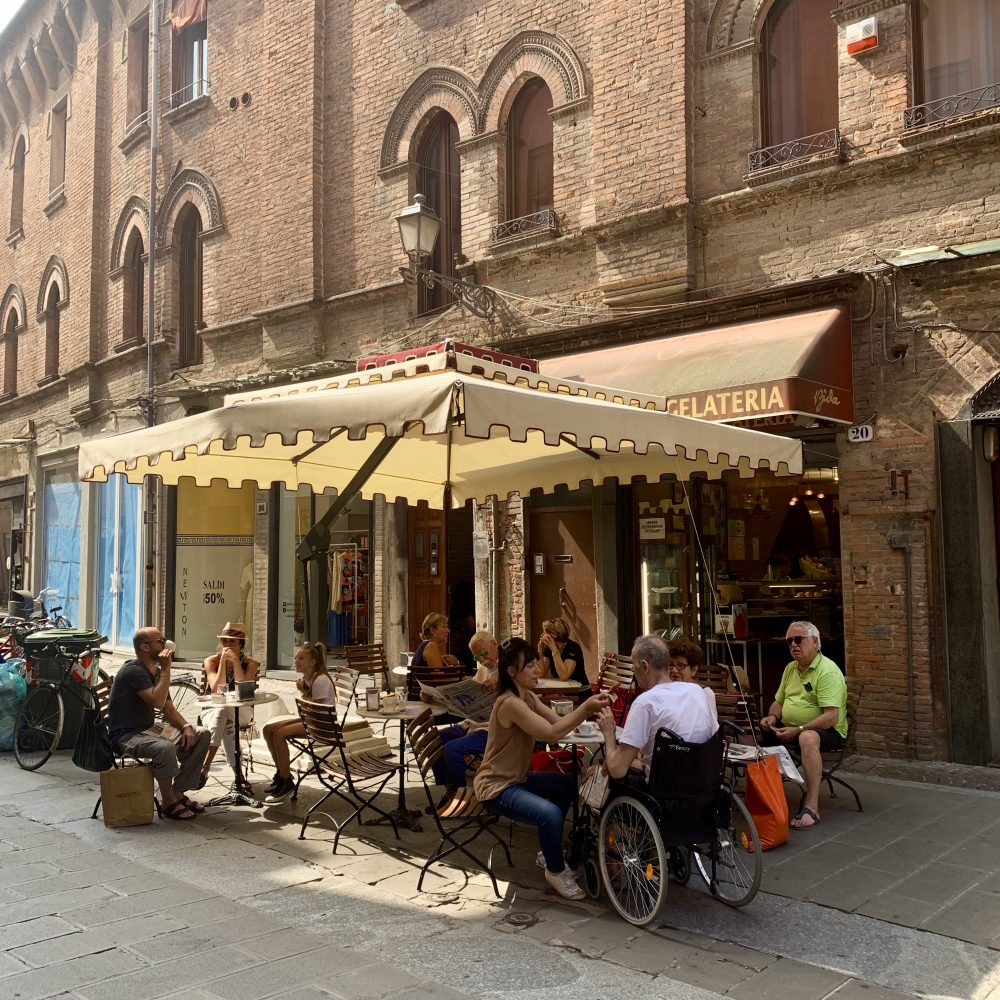
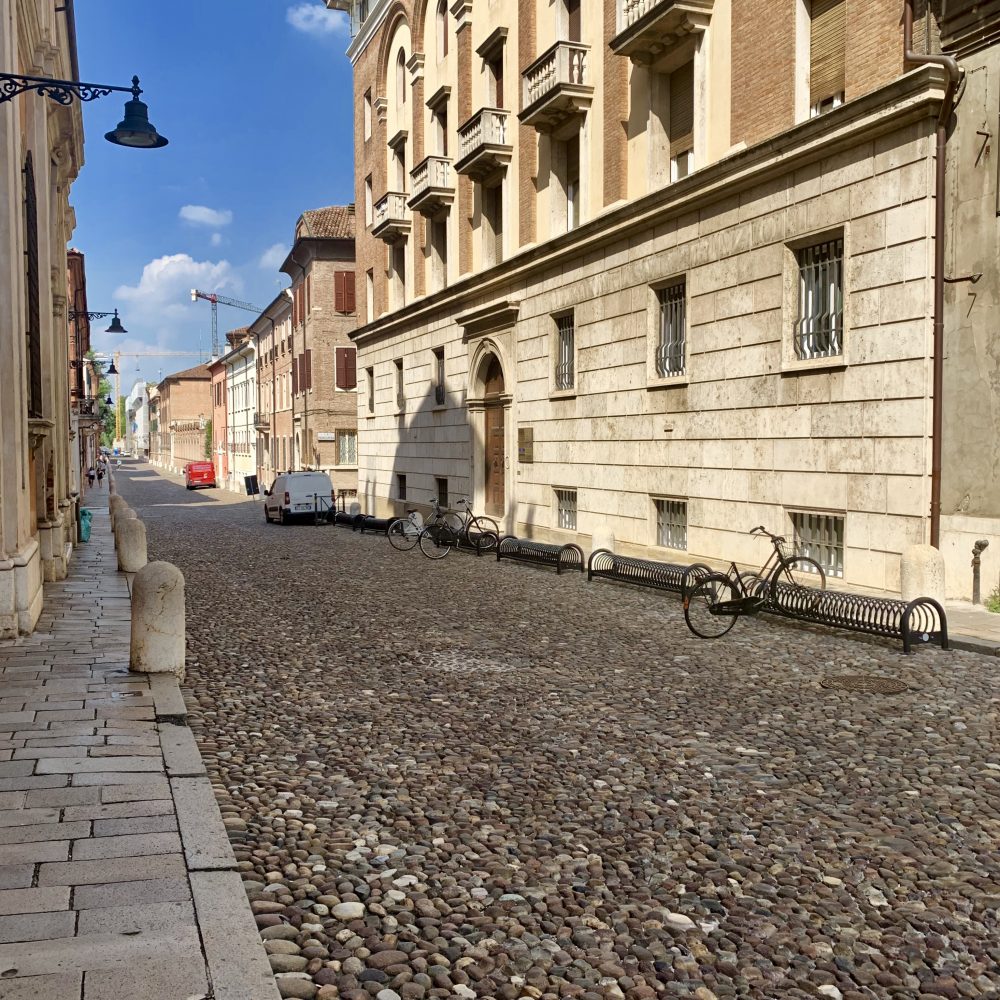
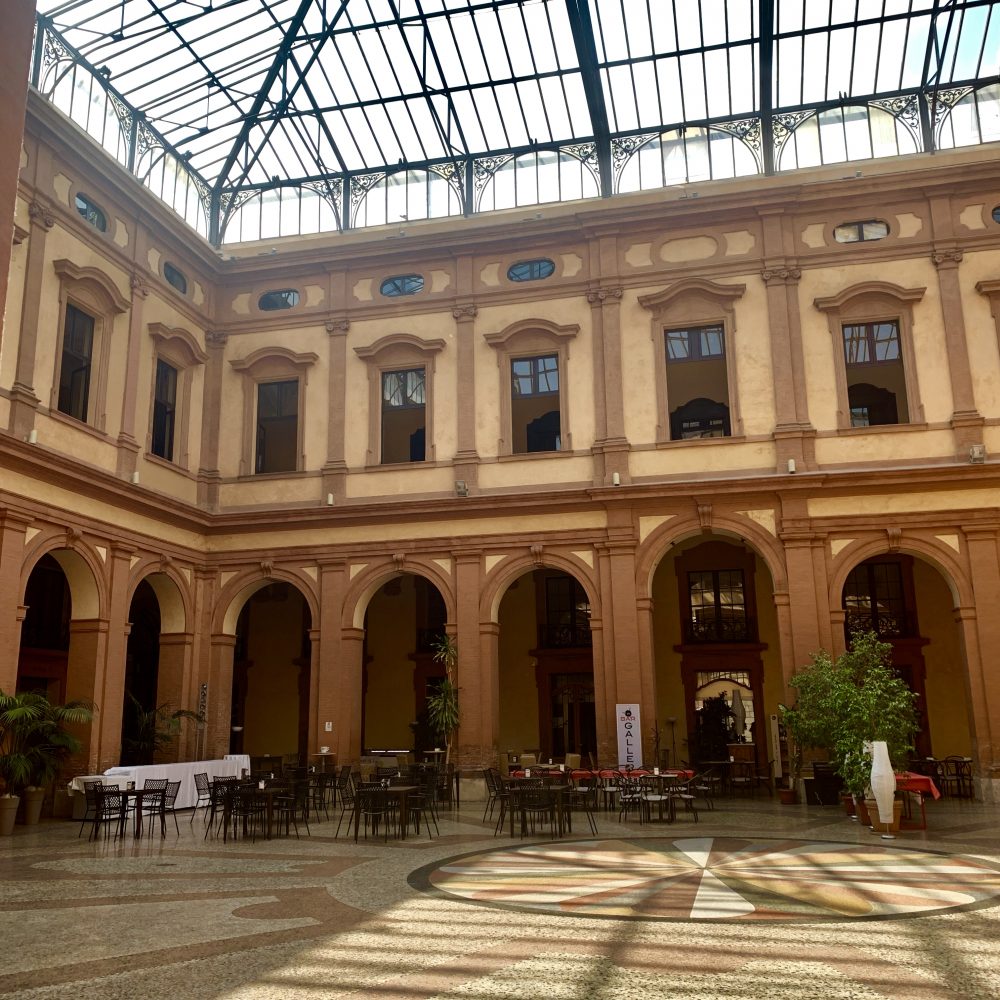
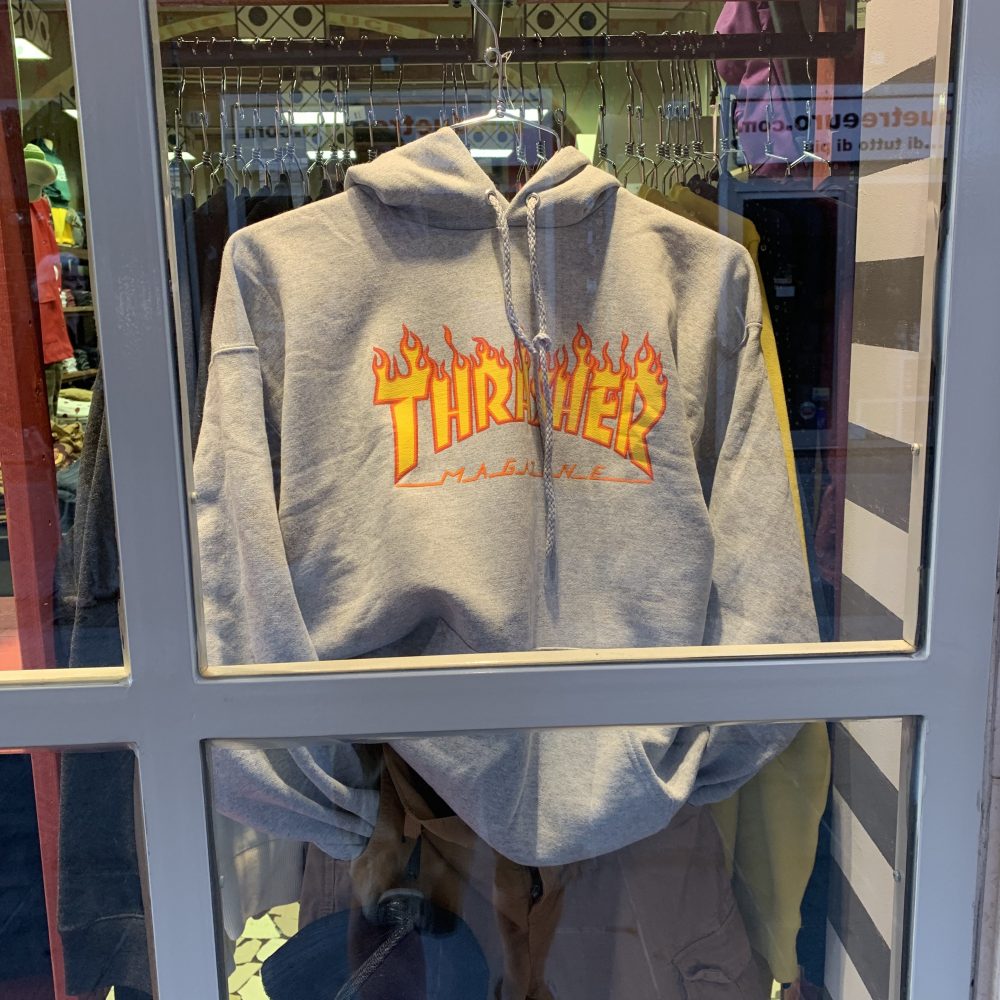
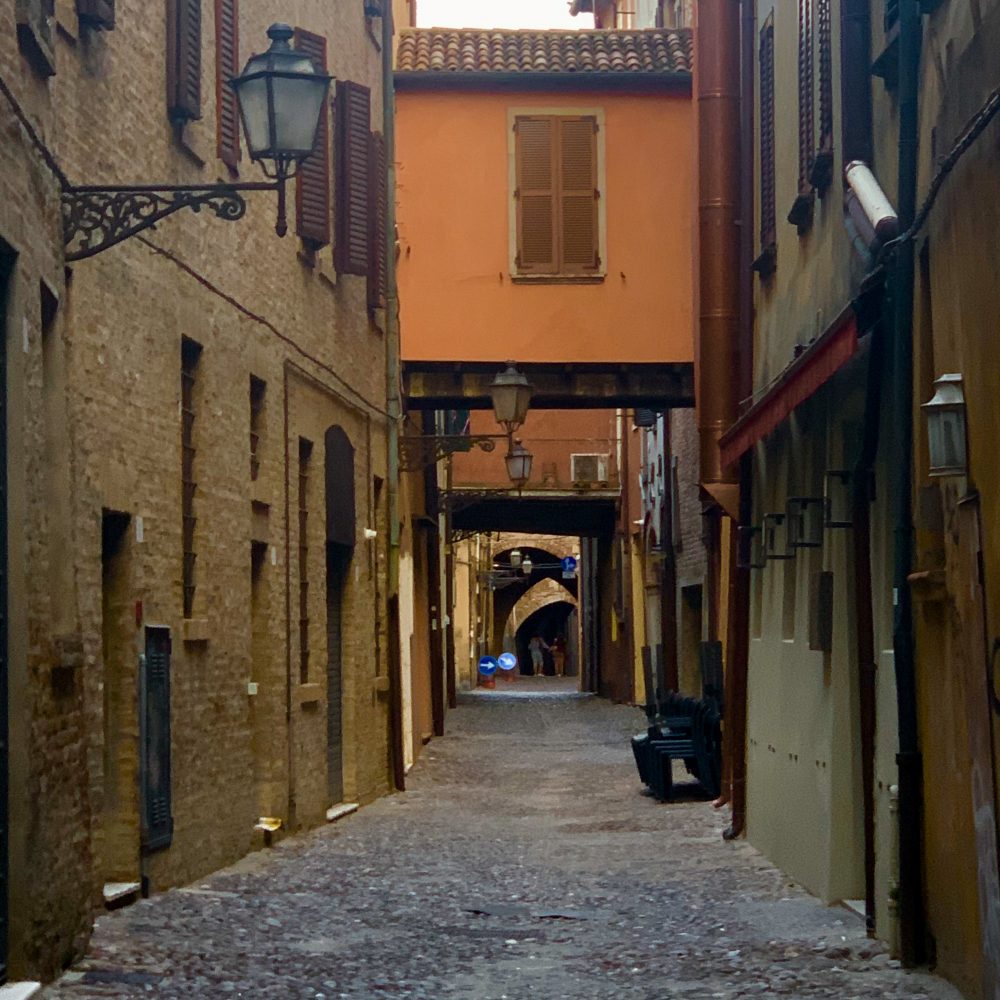
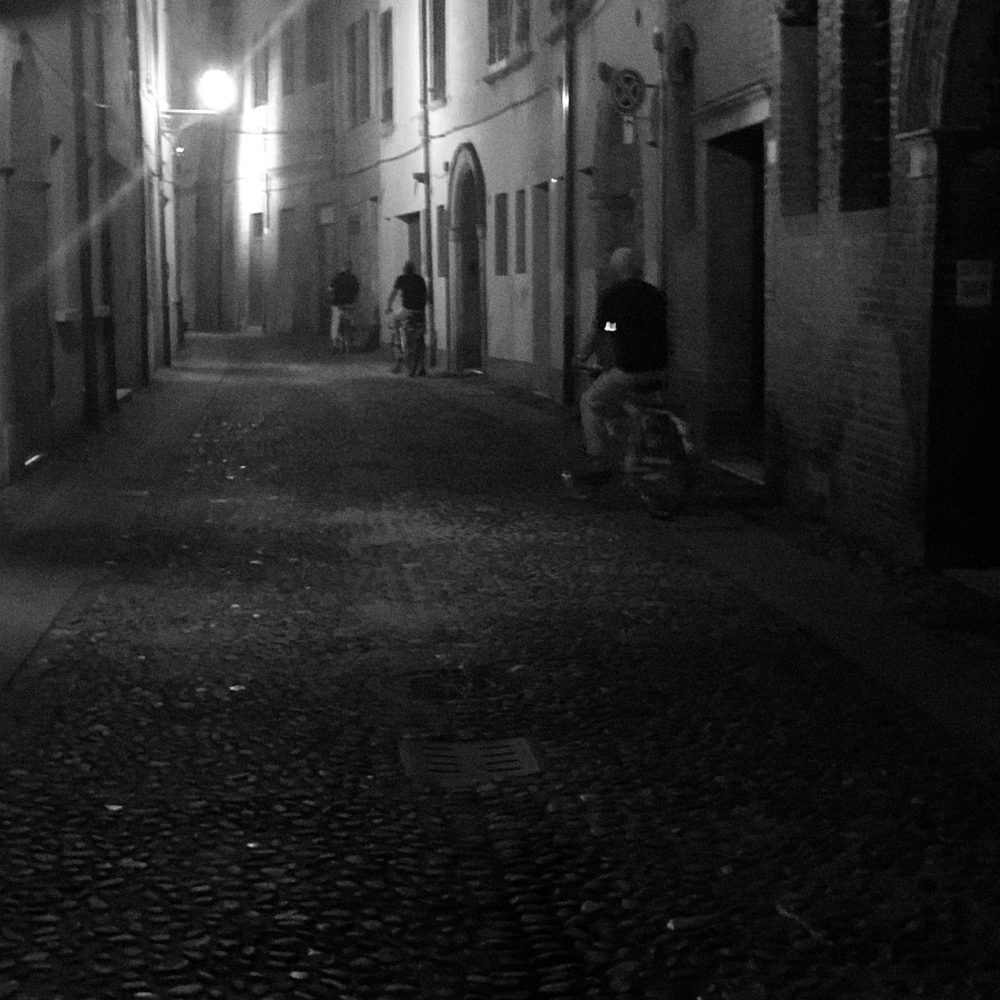
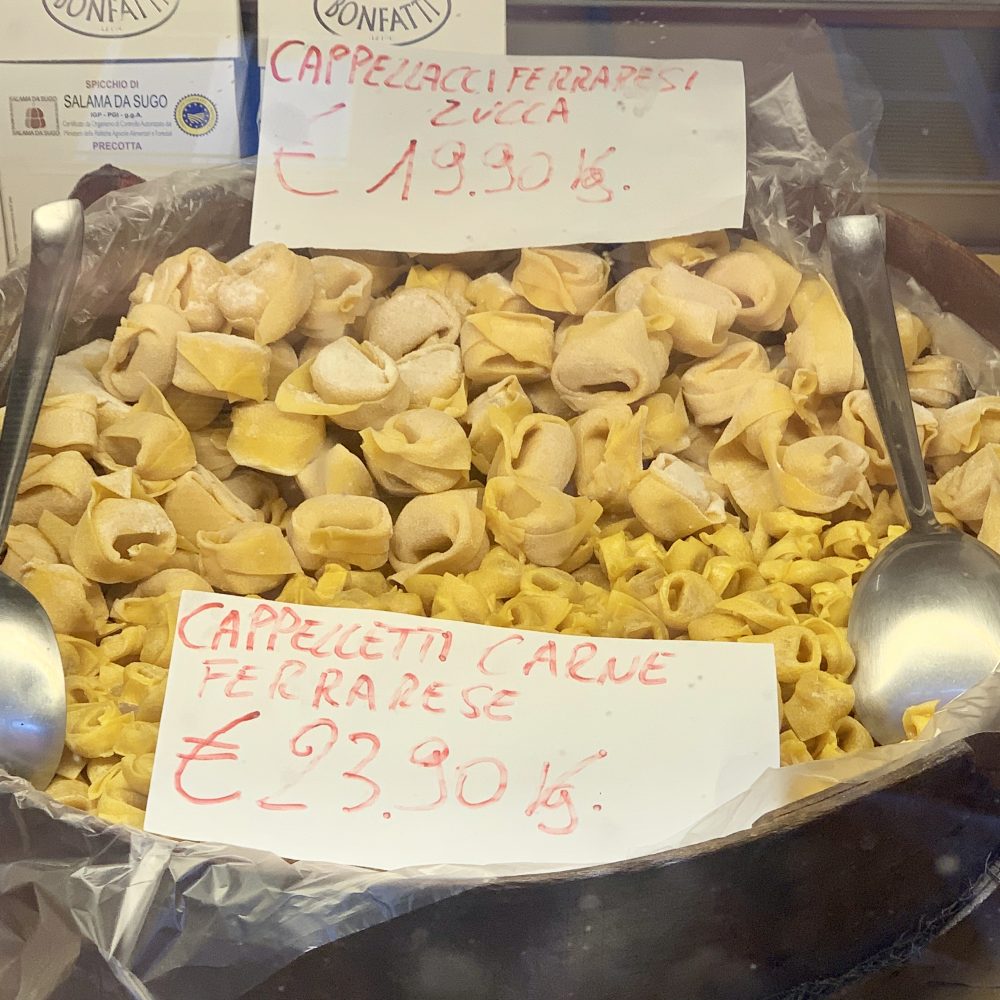
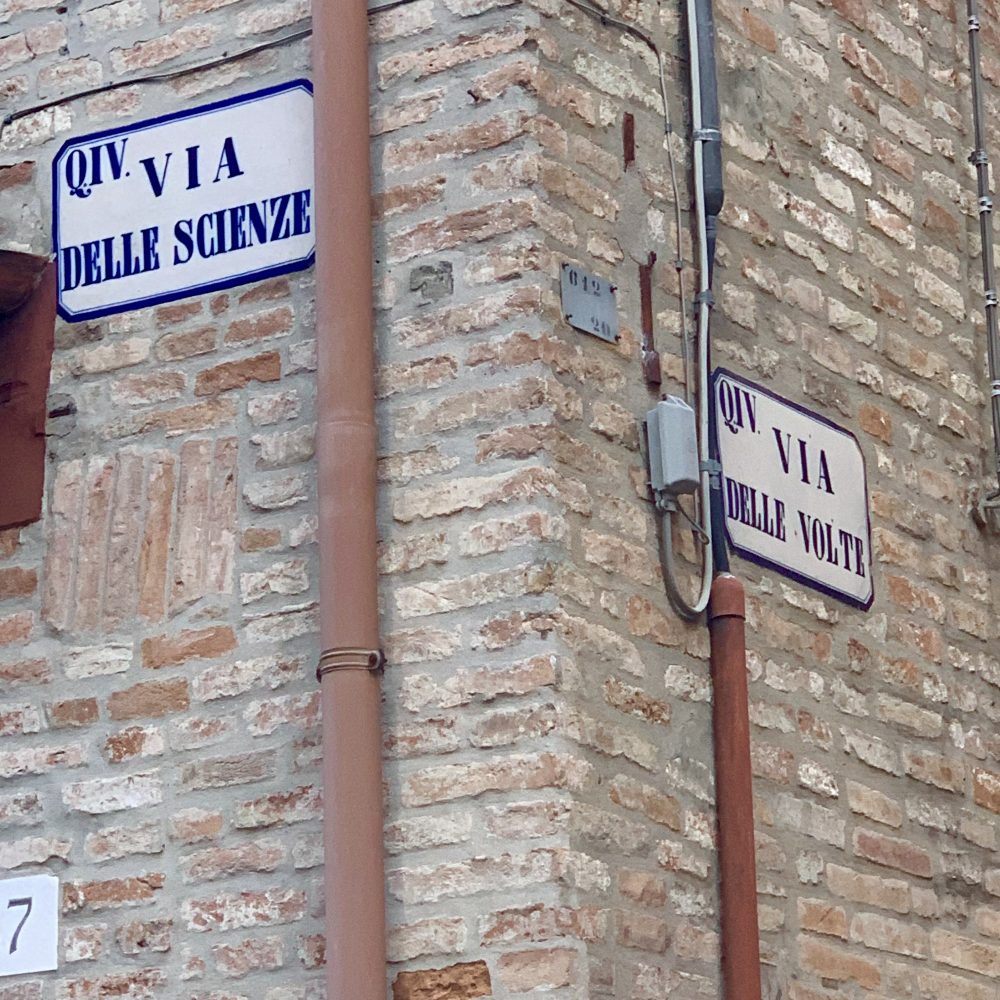
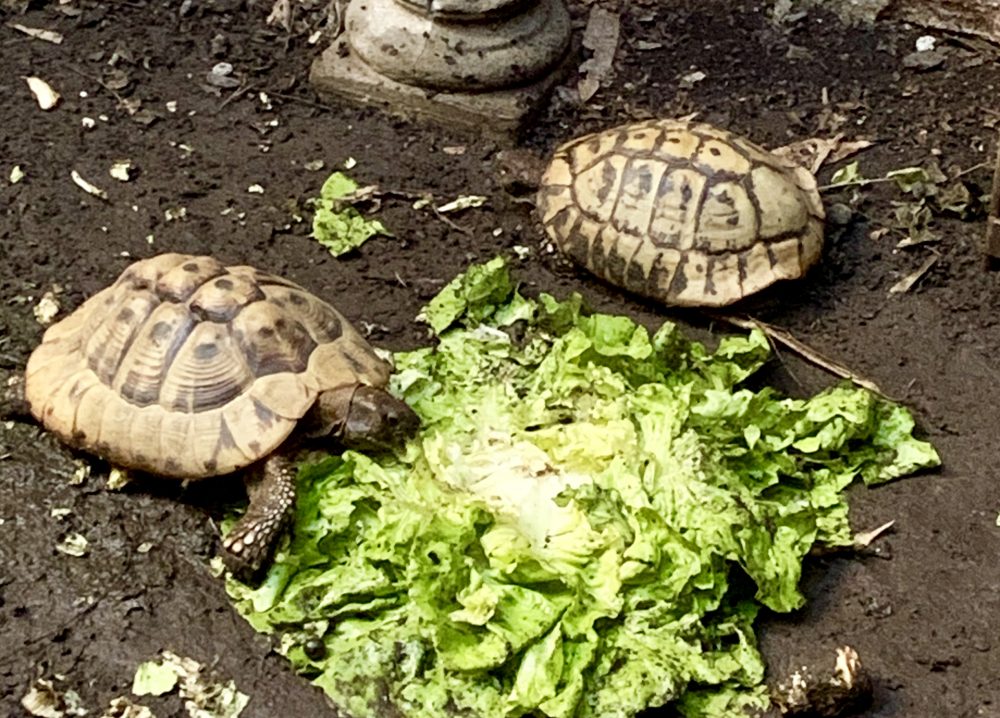
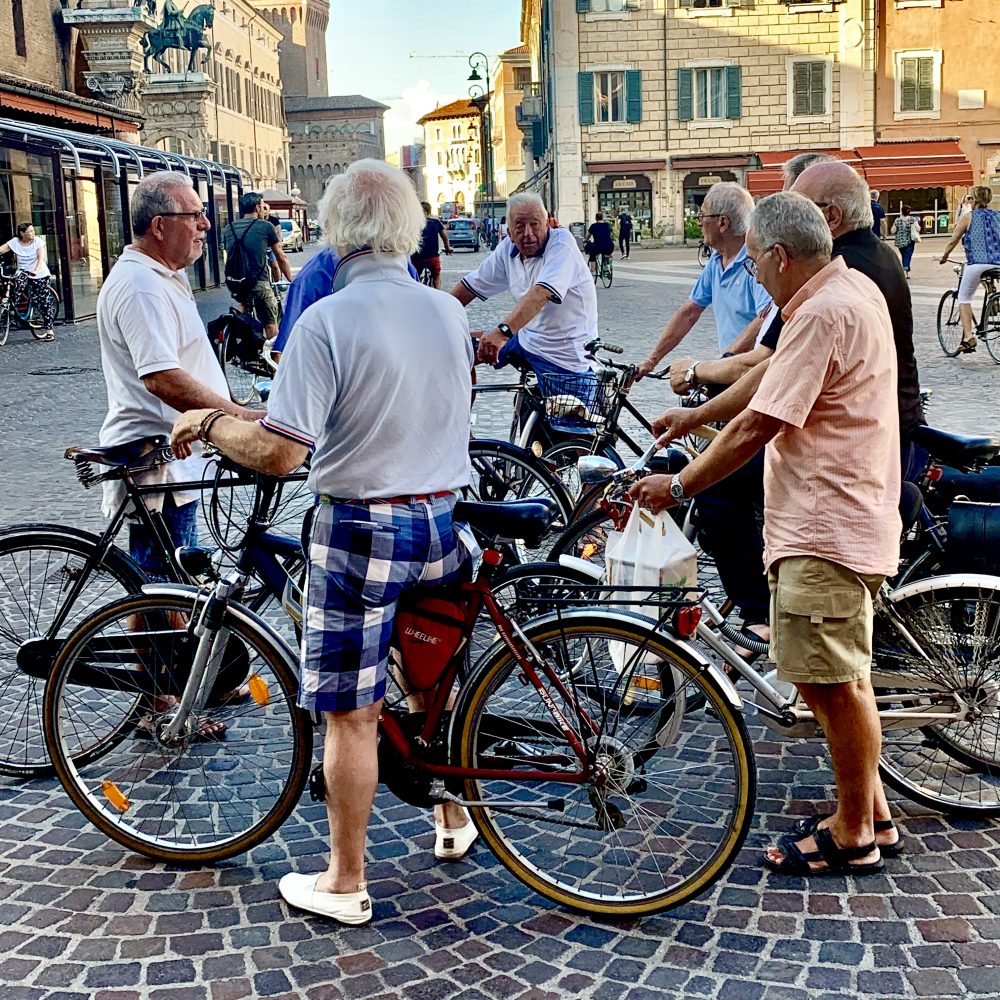
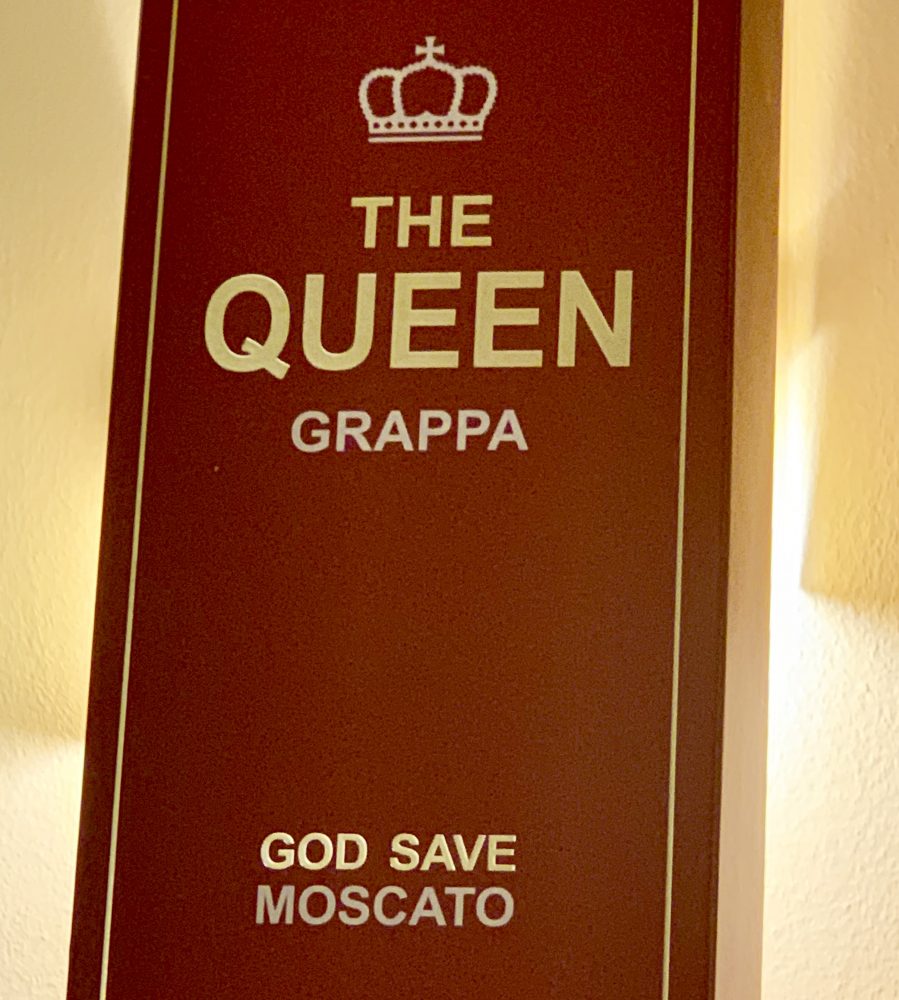
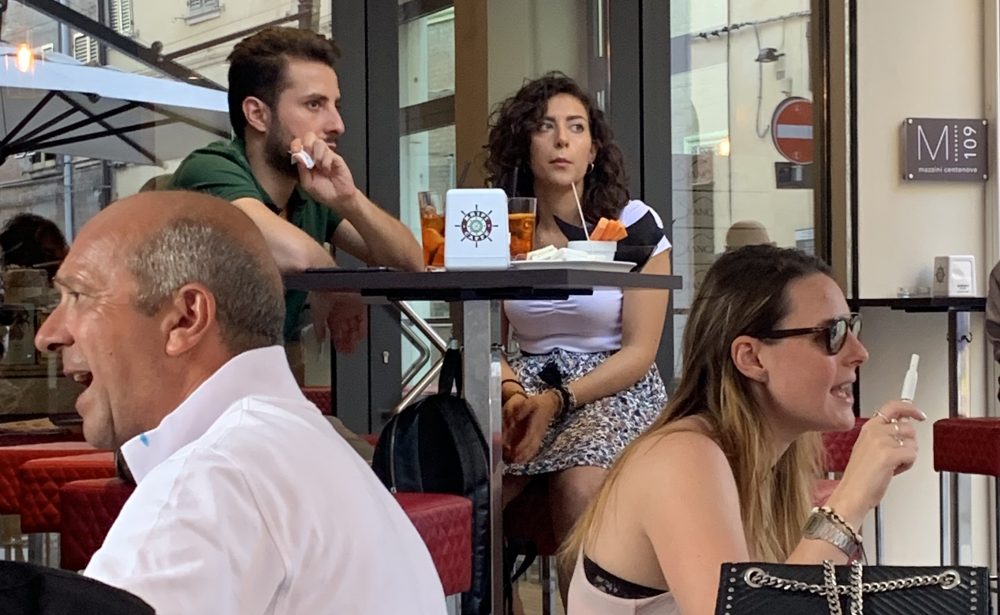
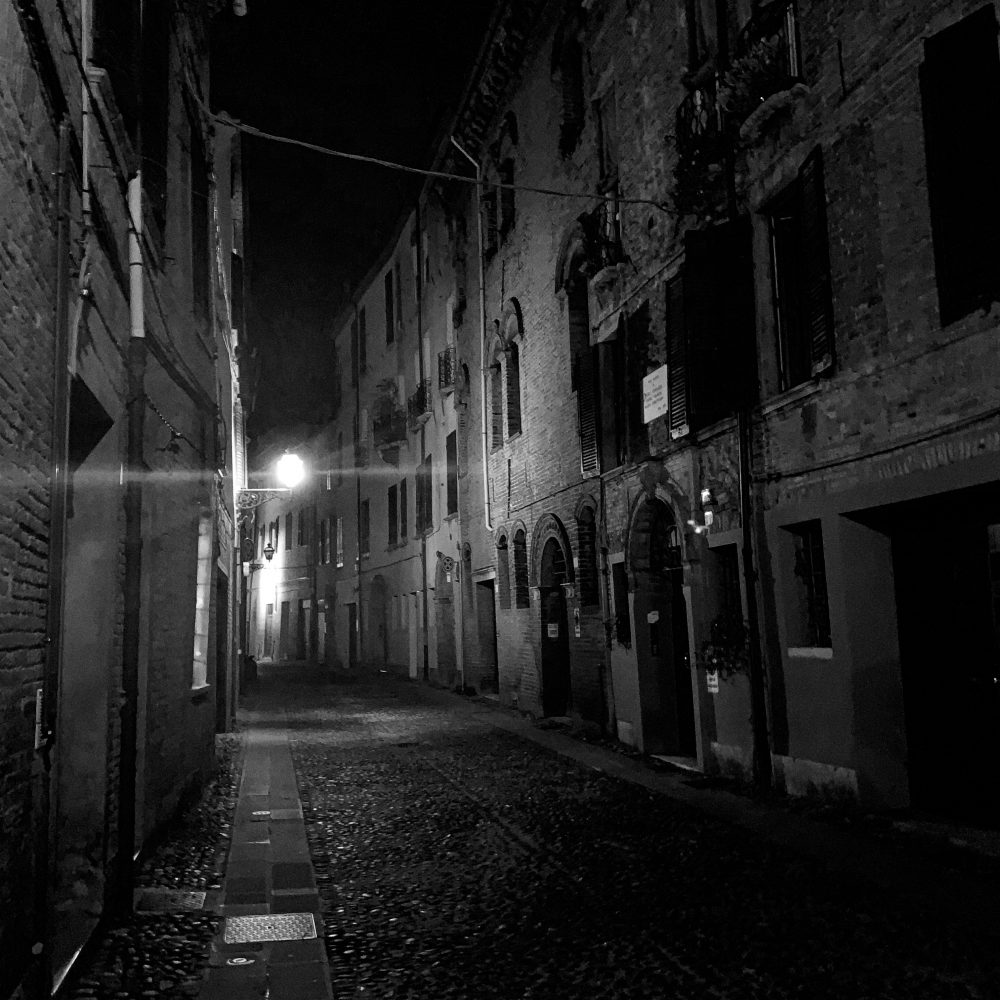
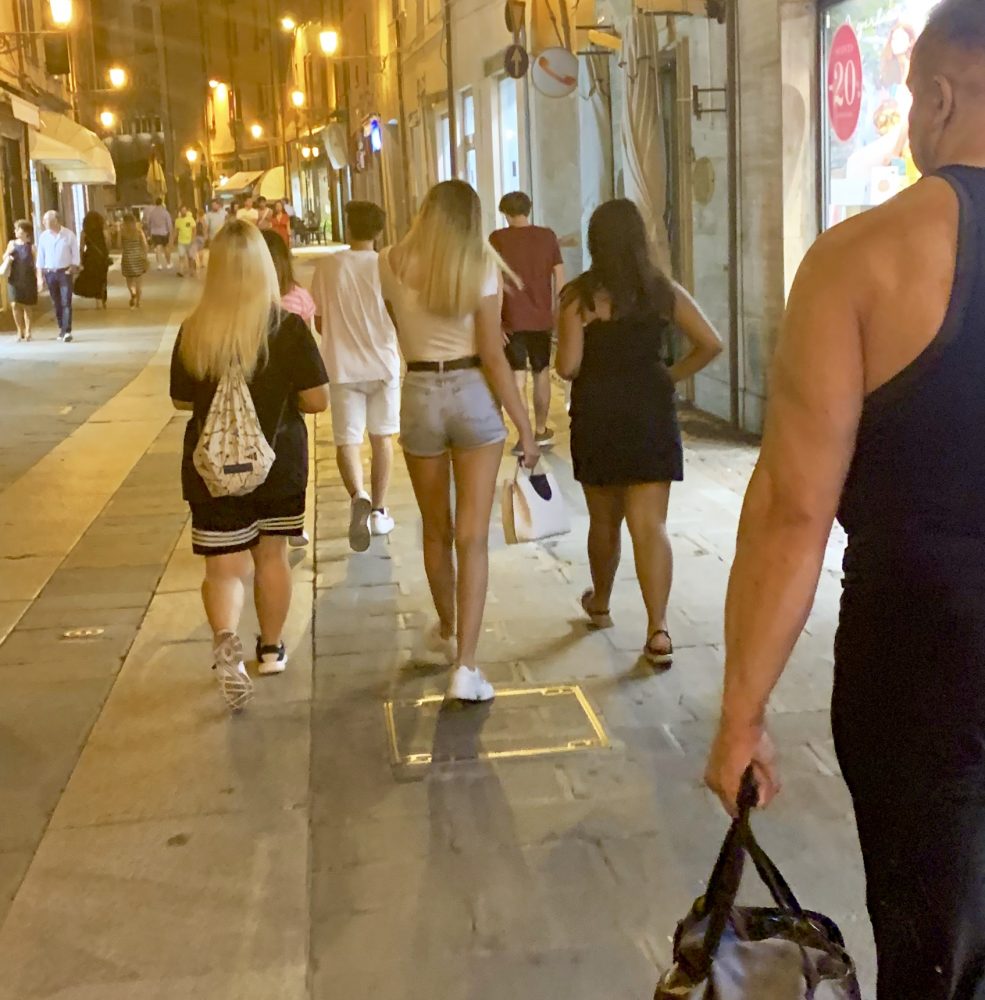
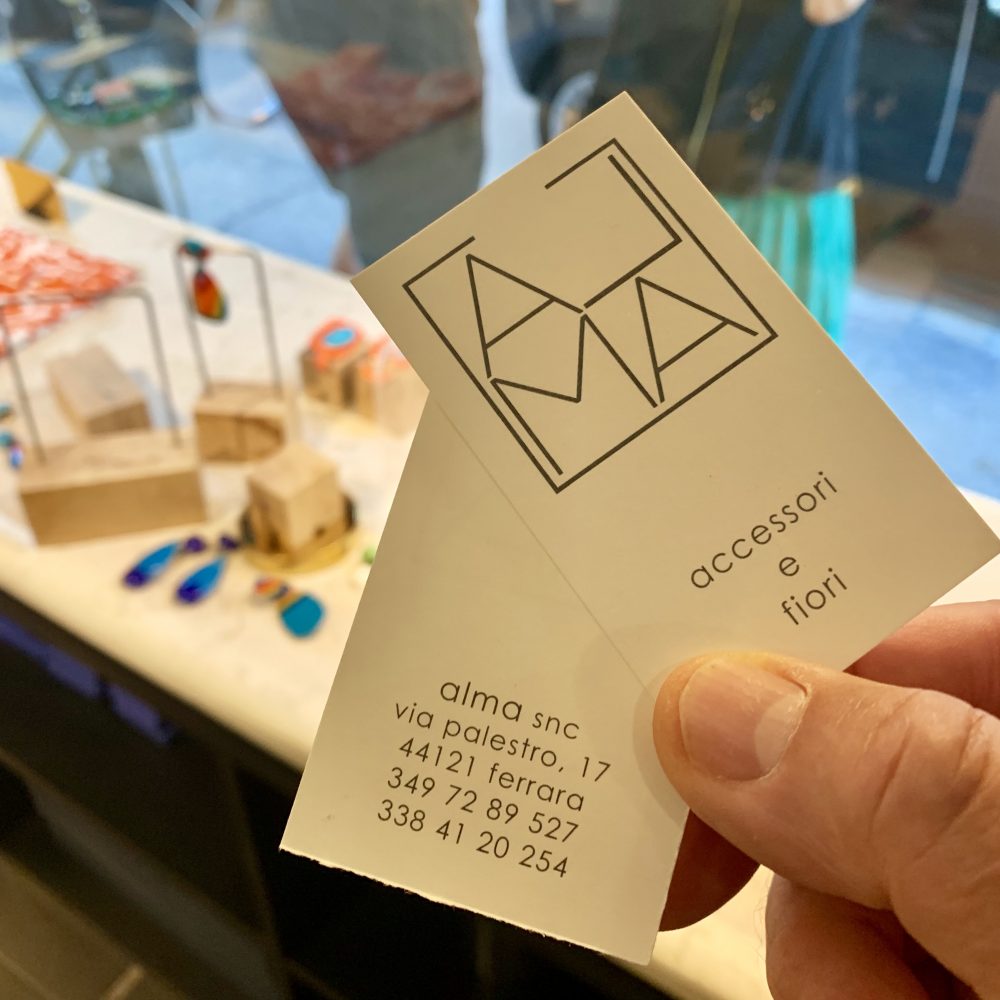
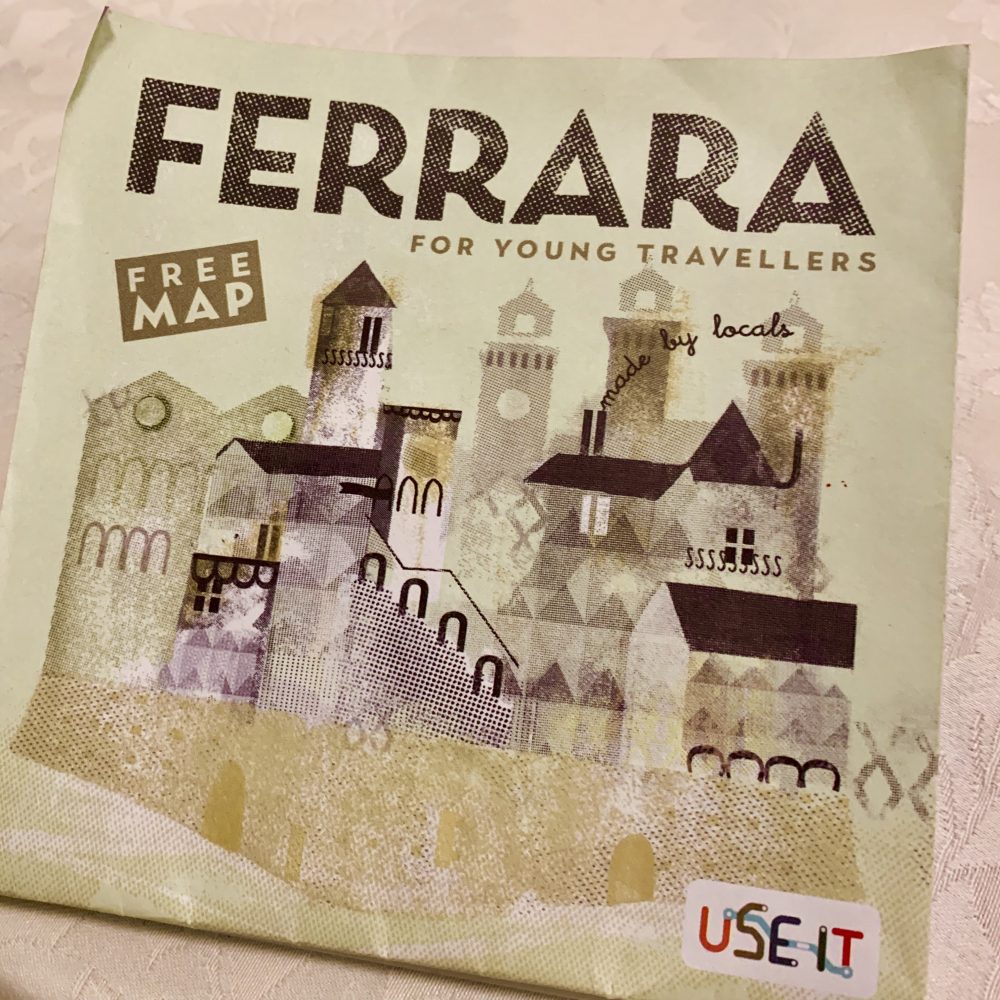
Este Castle
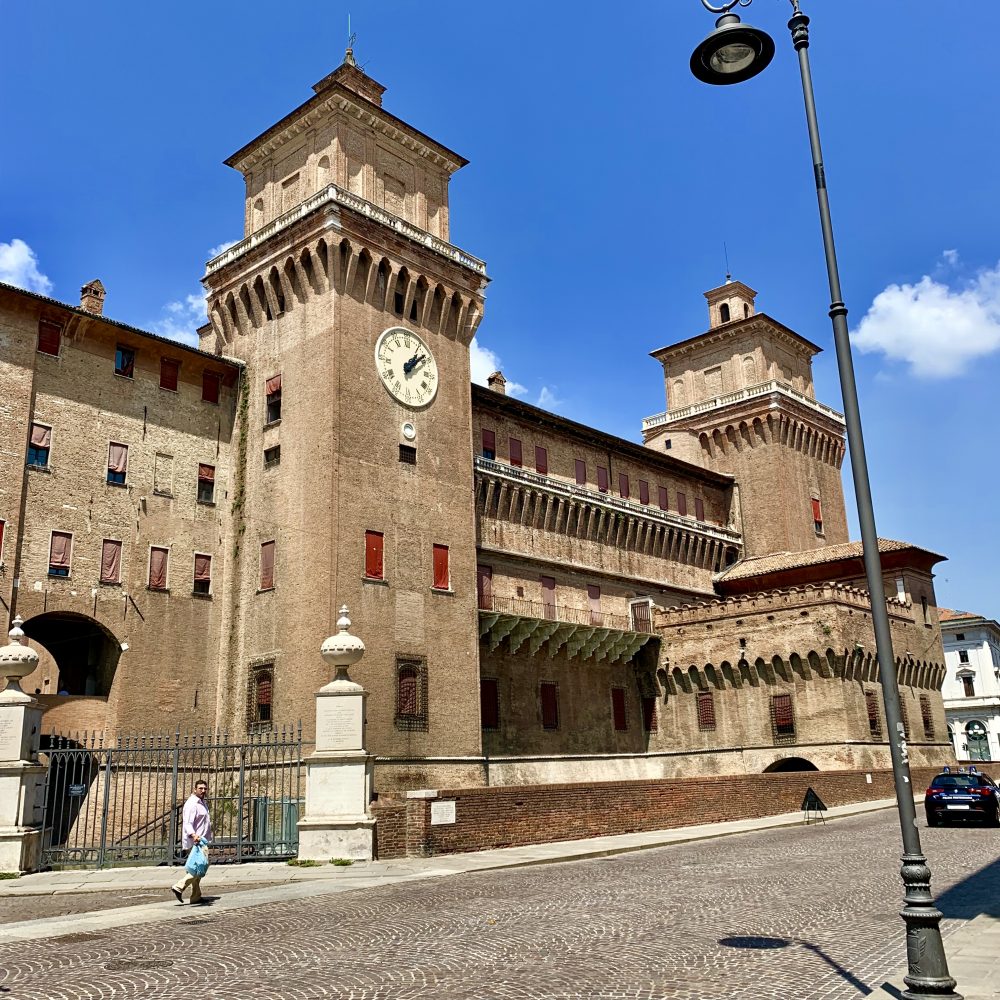
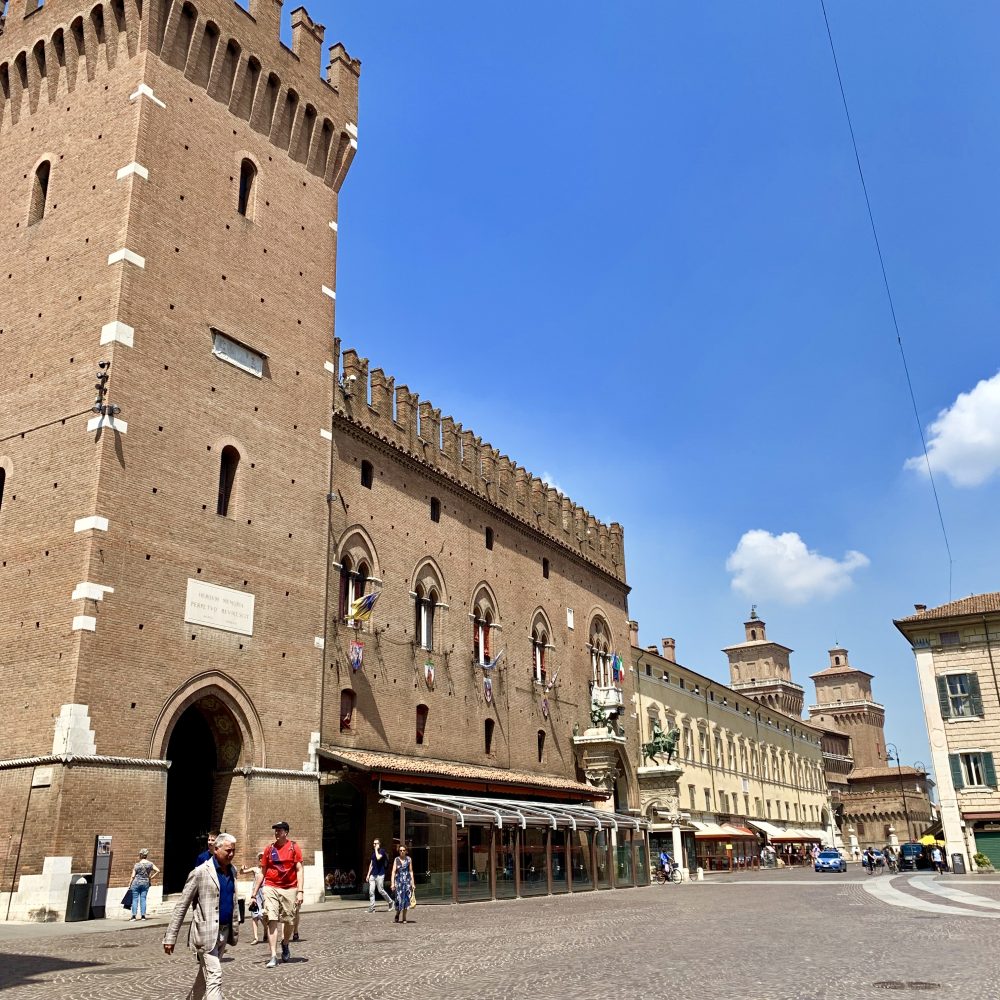
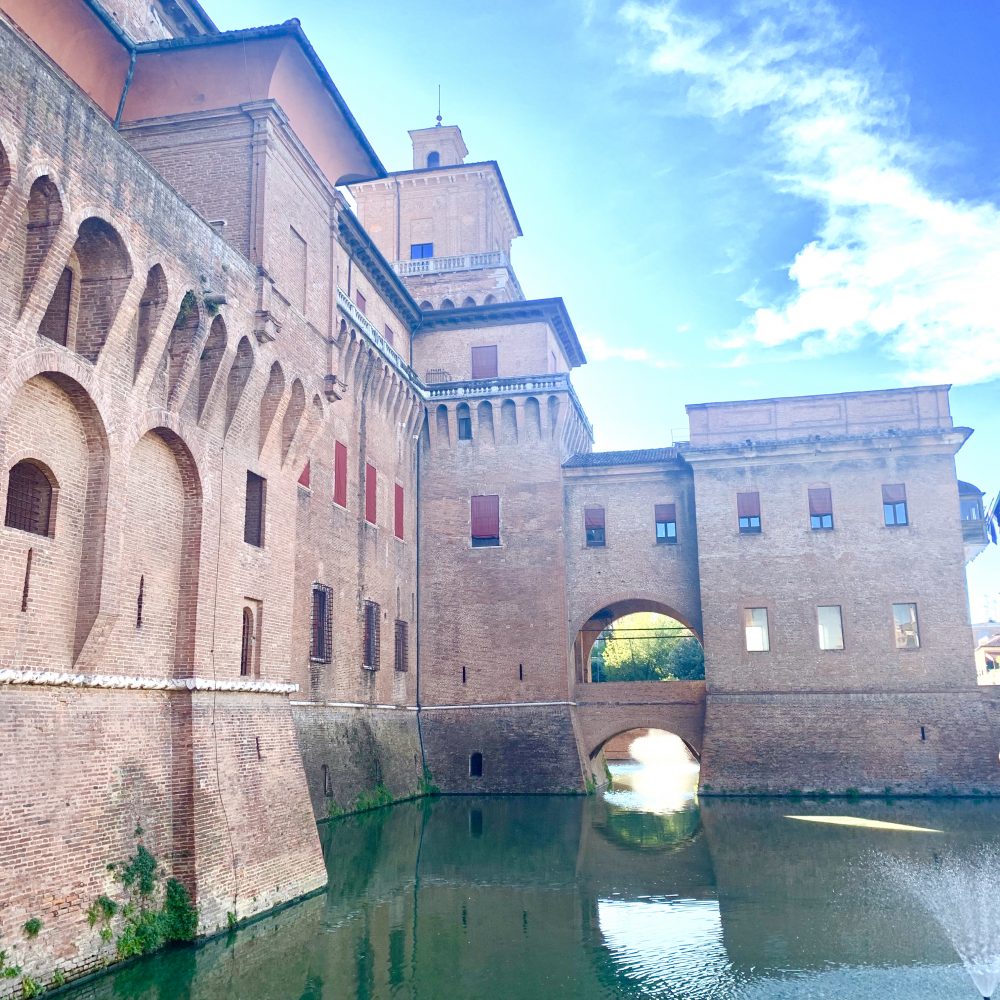
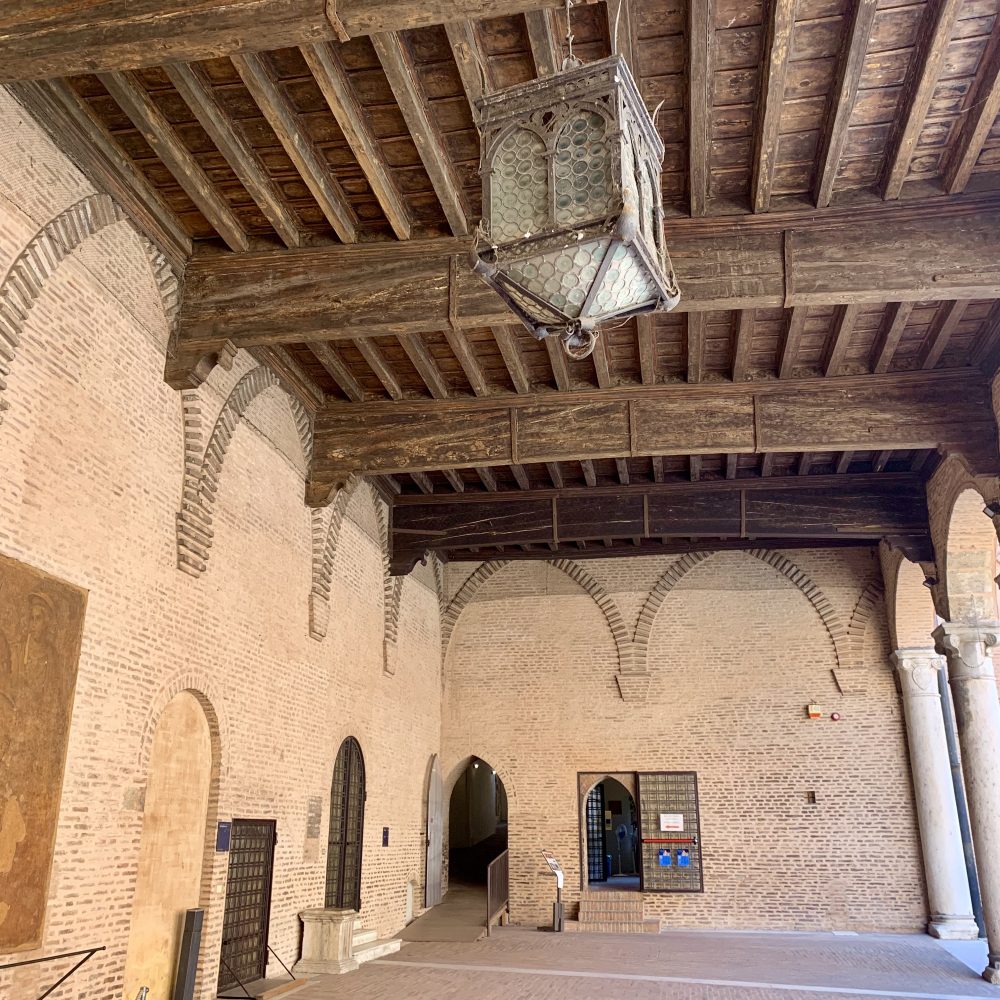
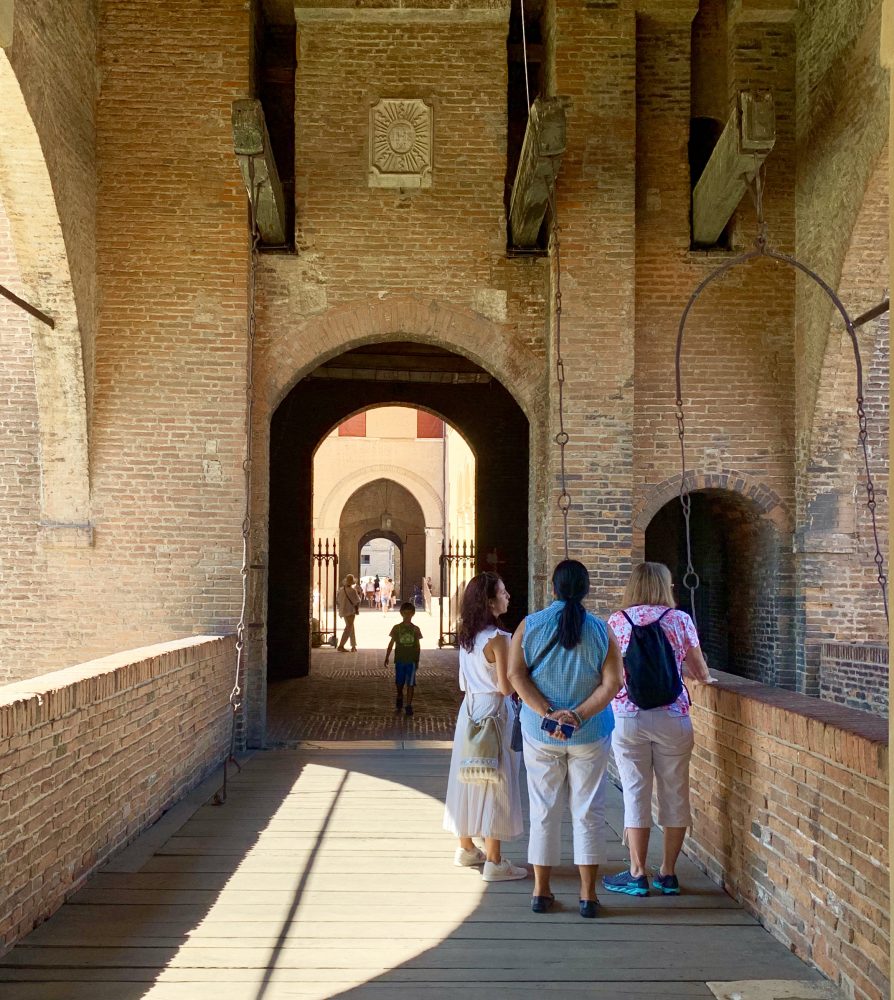
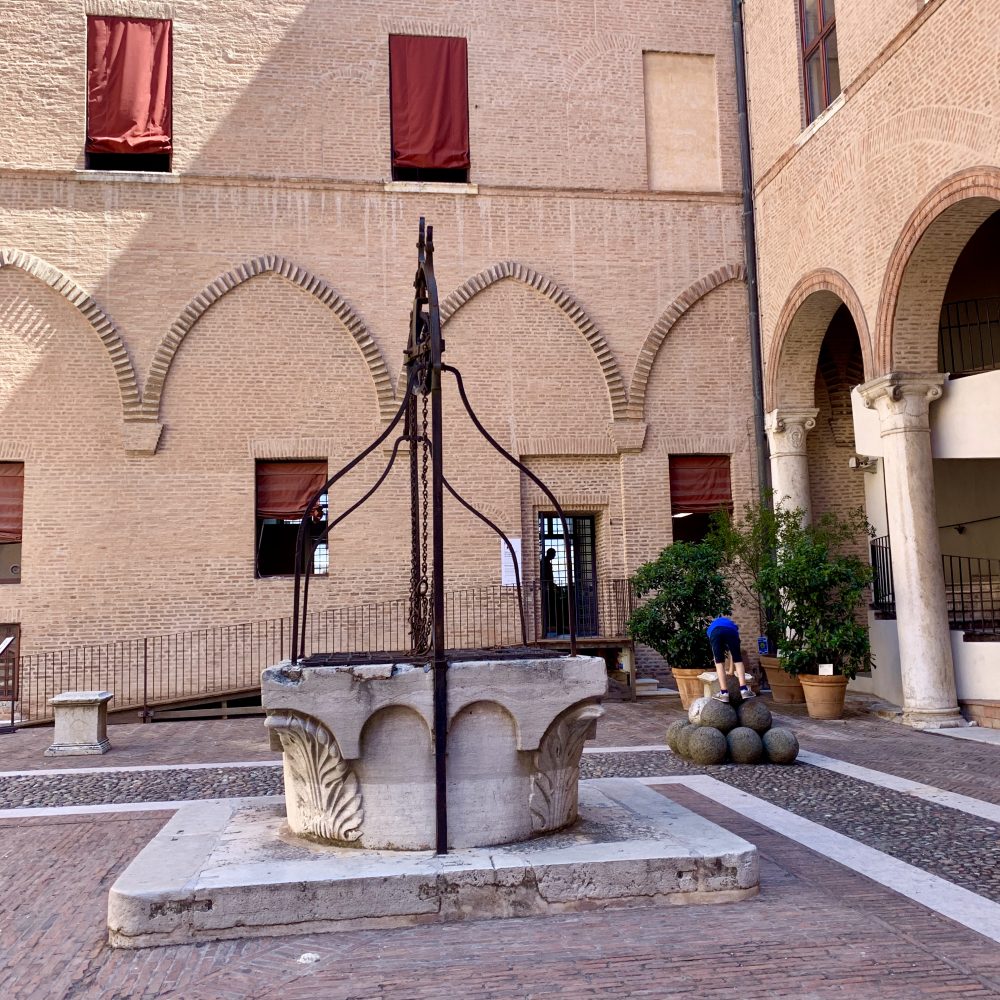
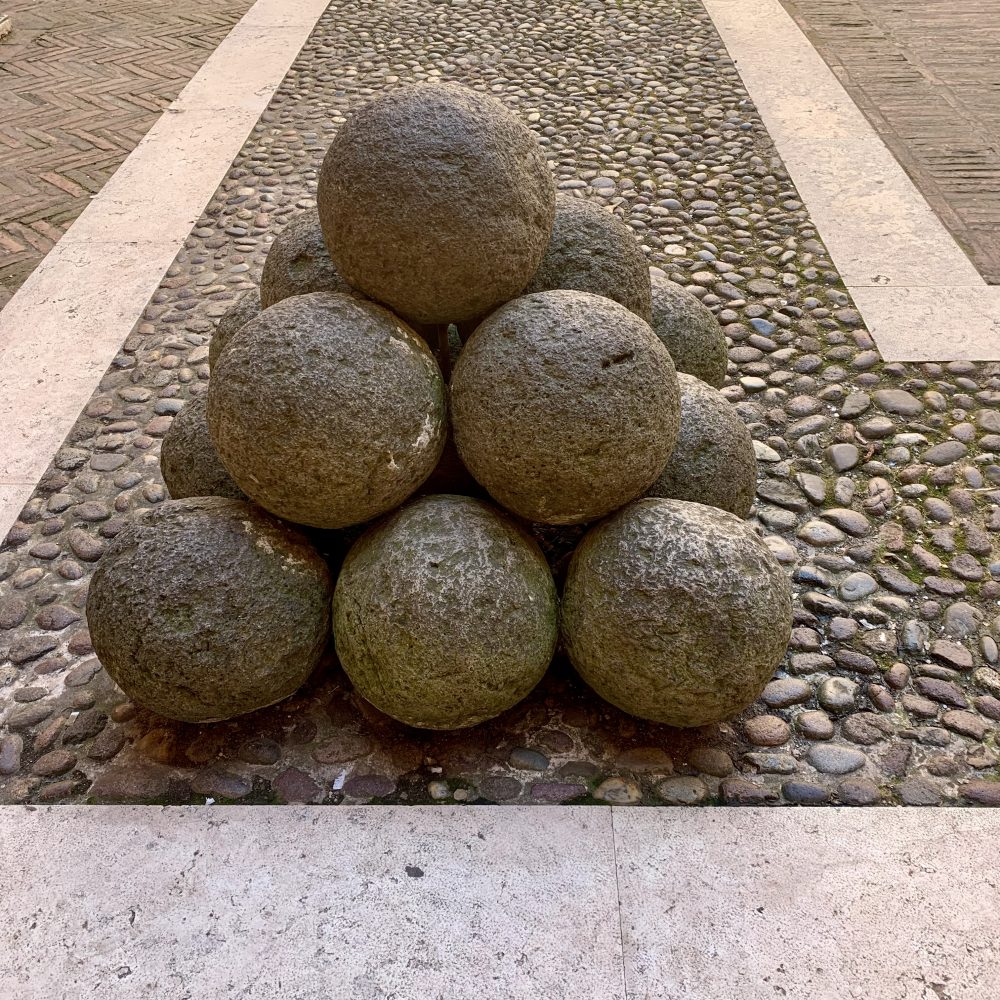

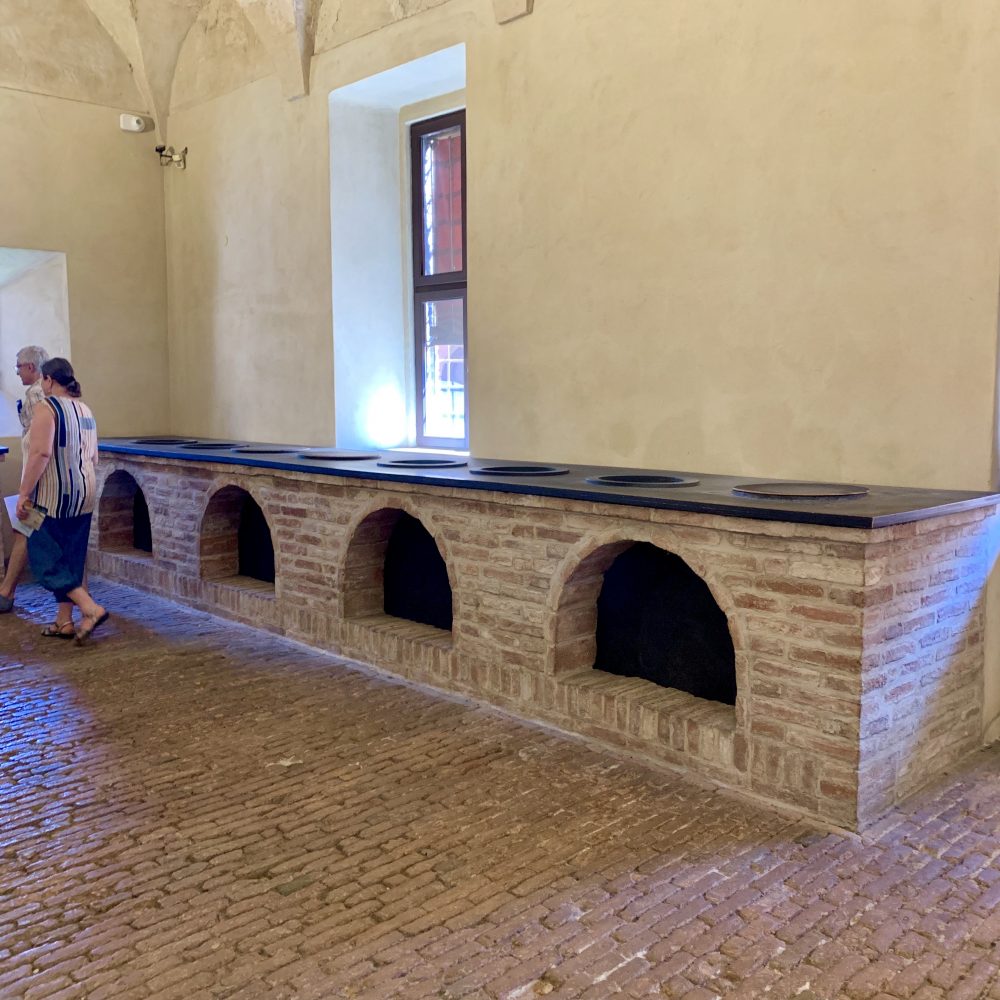
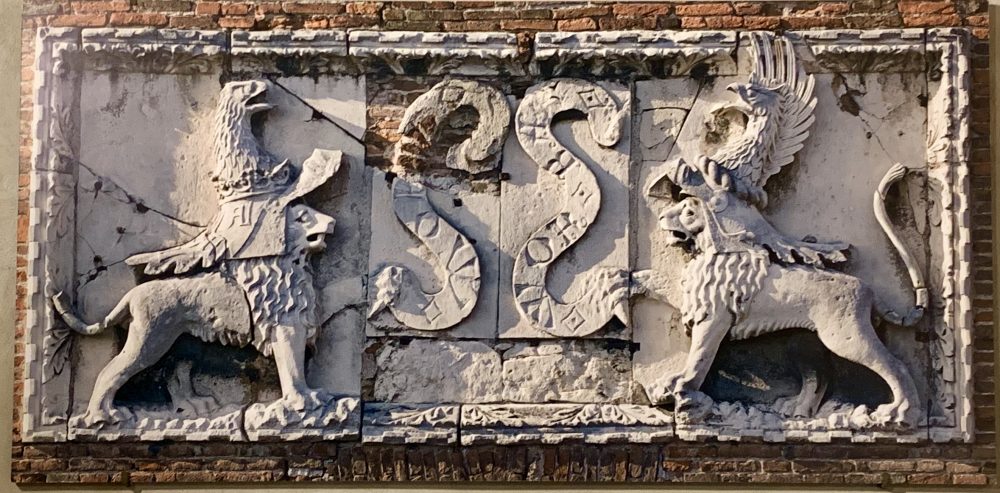
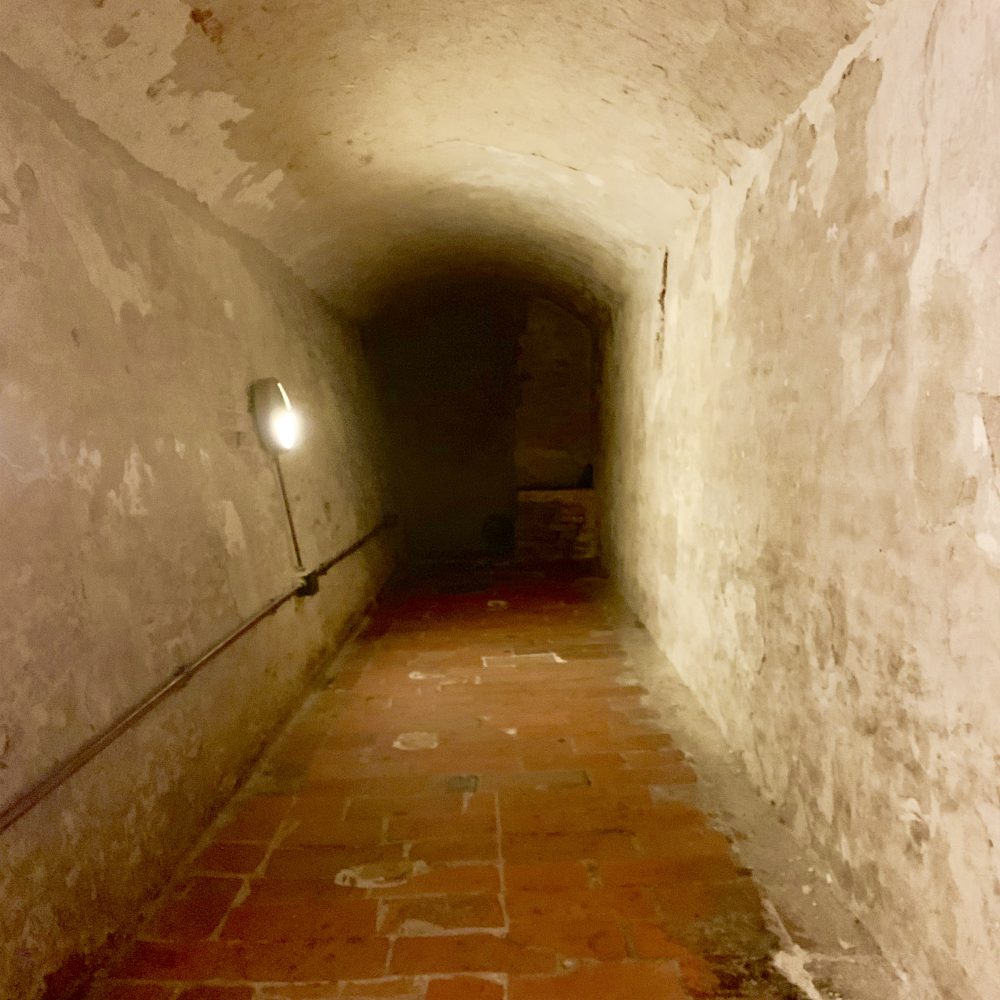
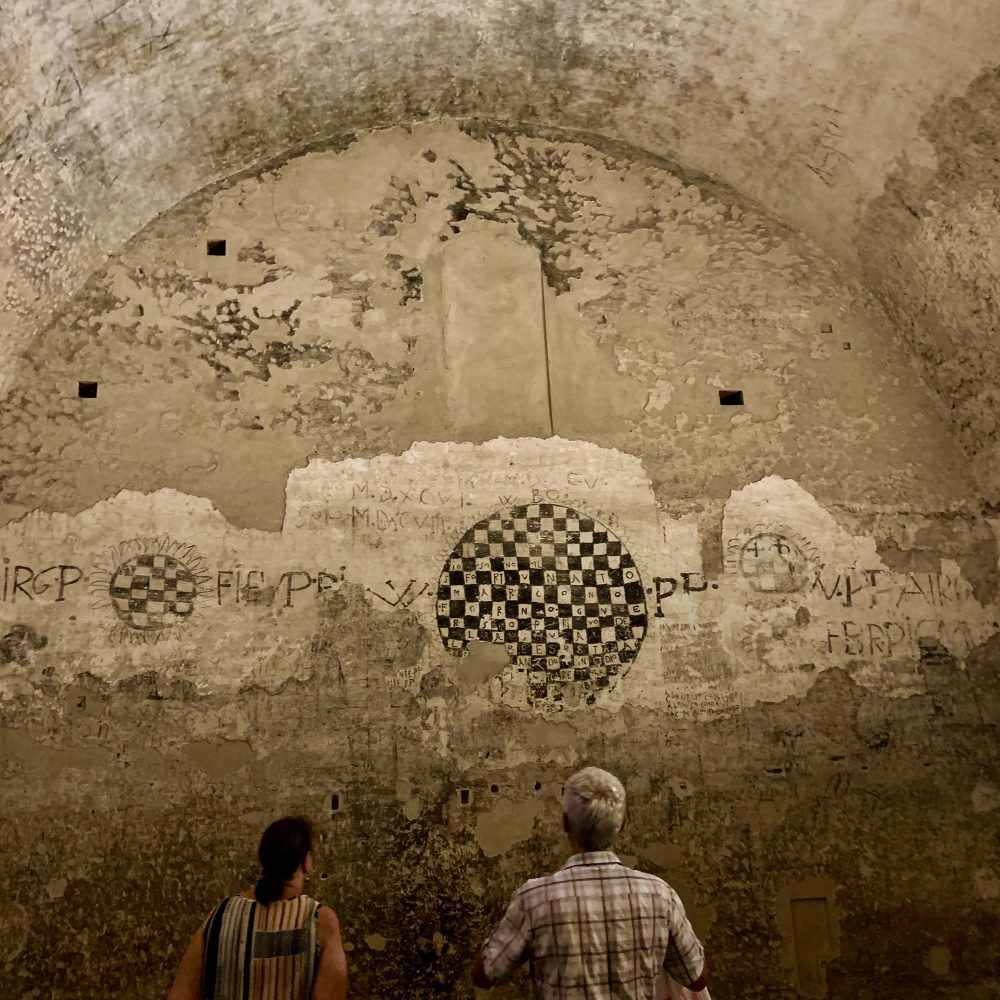
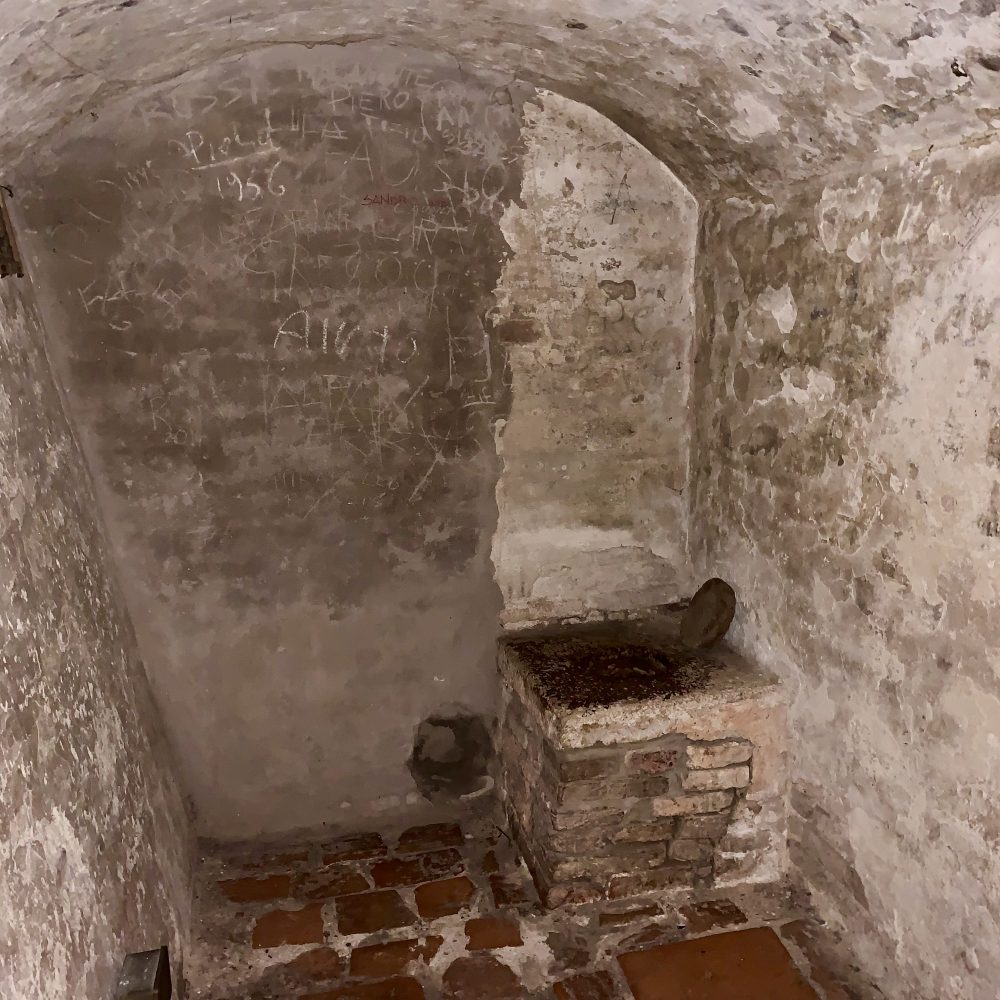
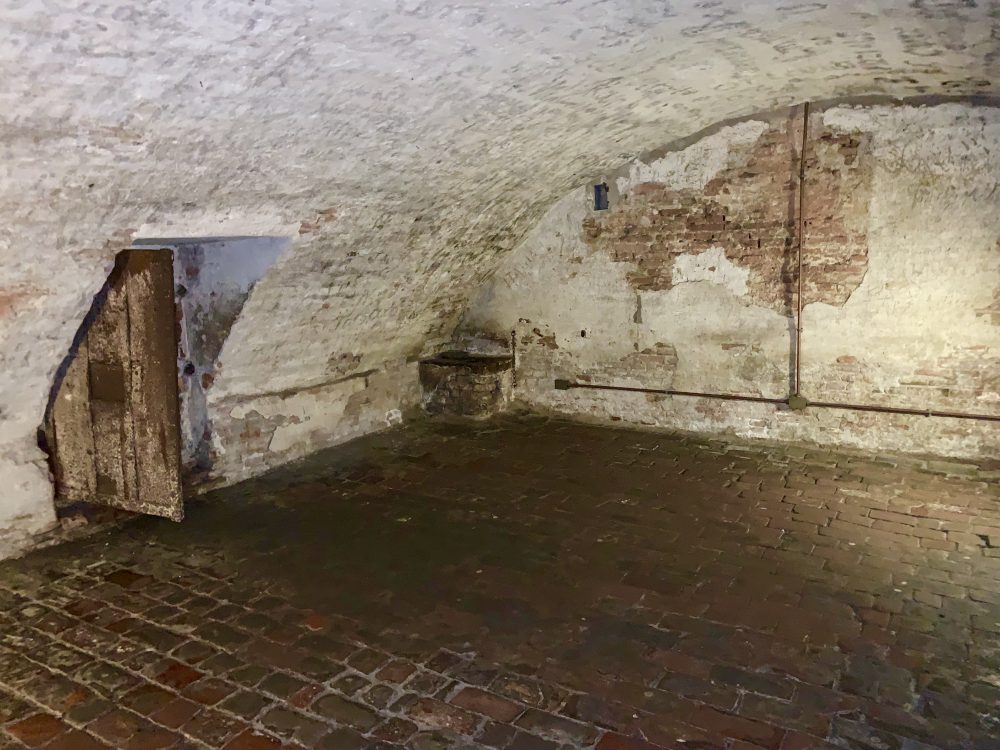
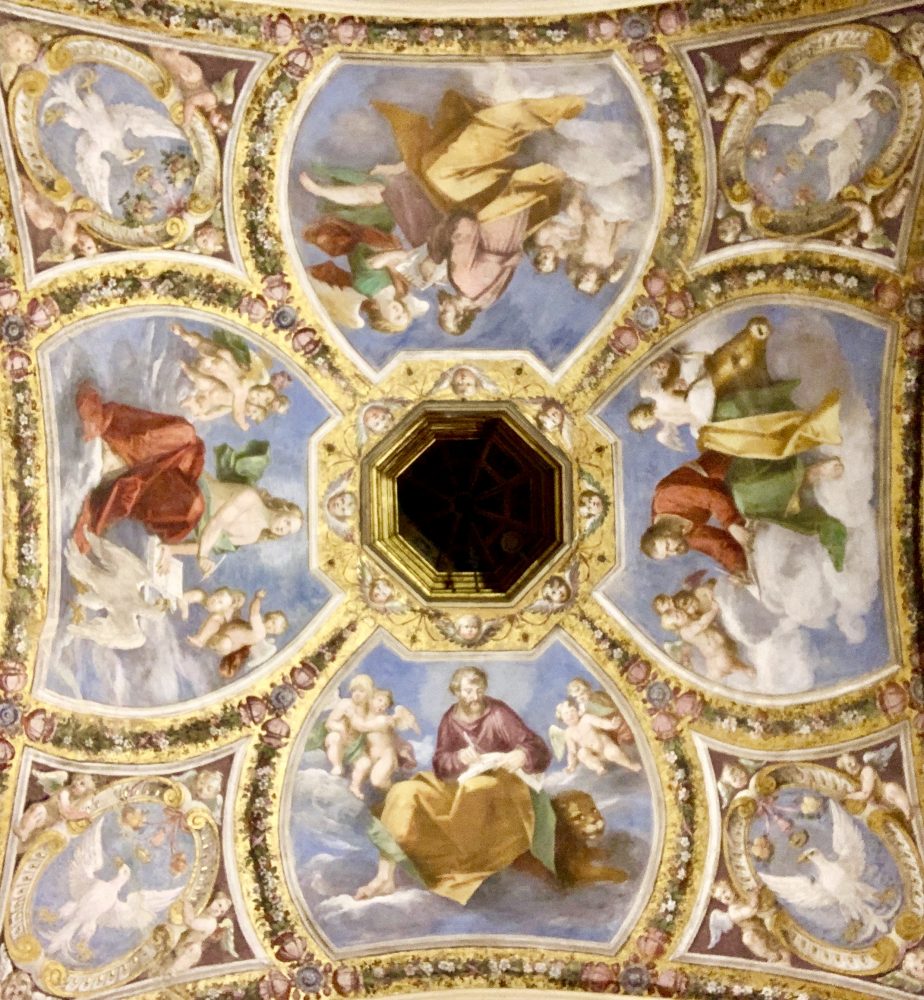
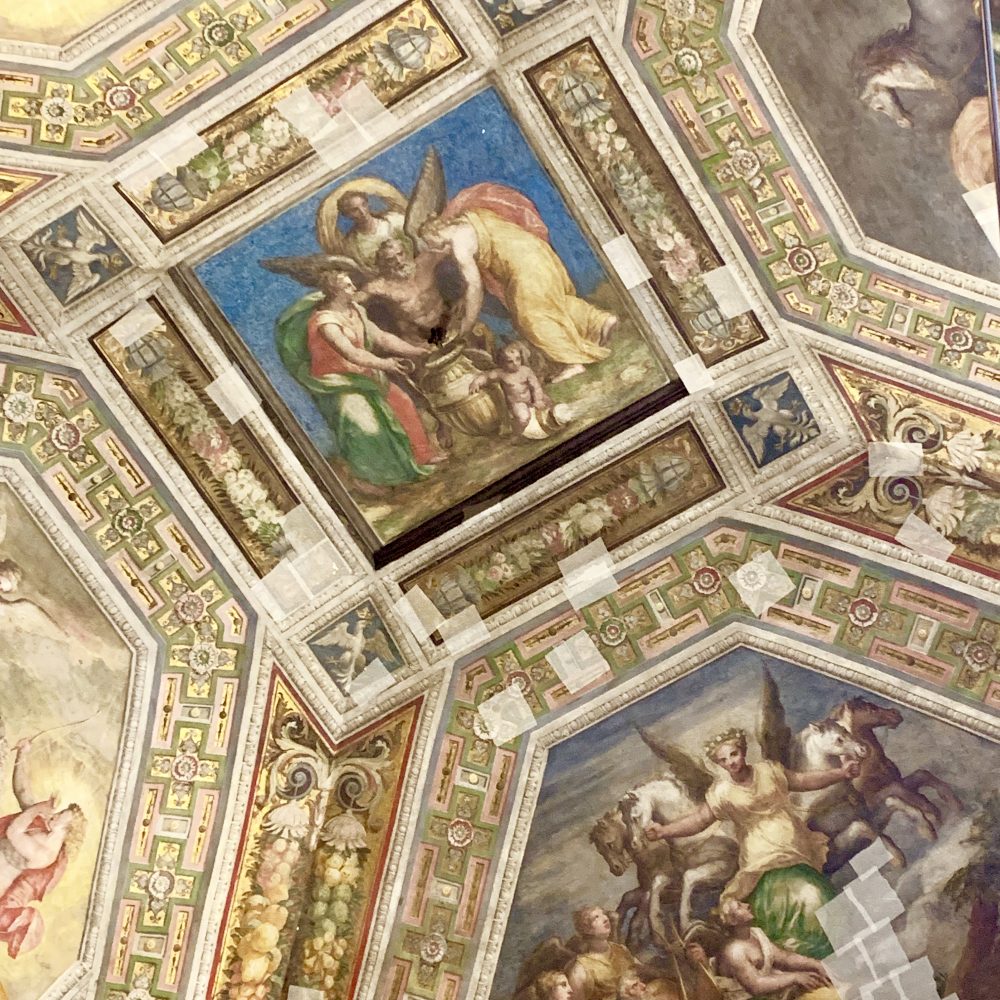
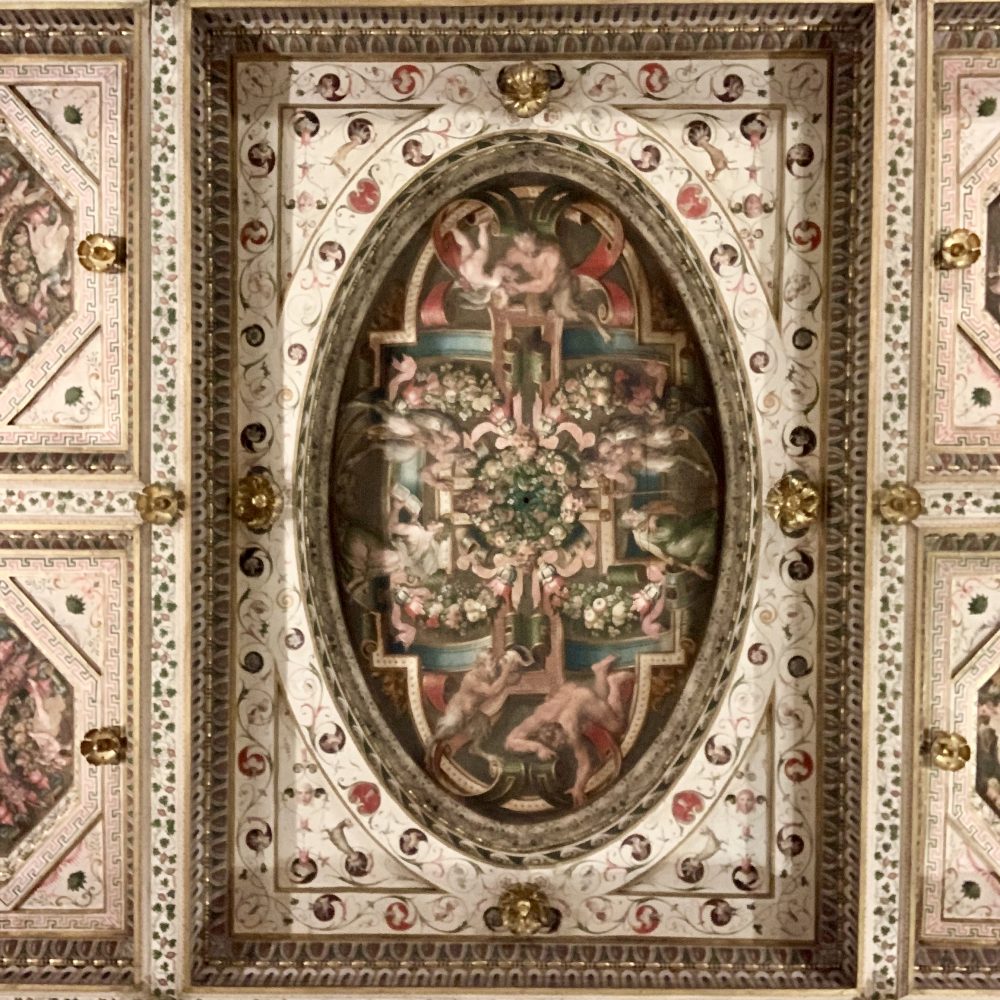
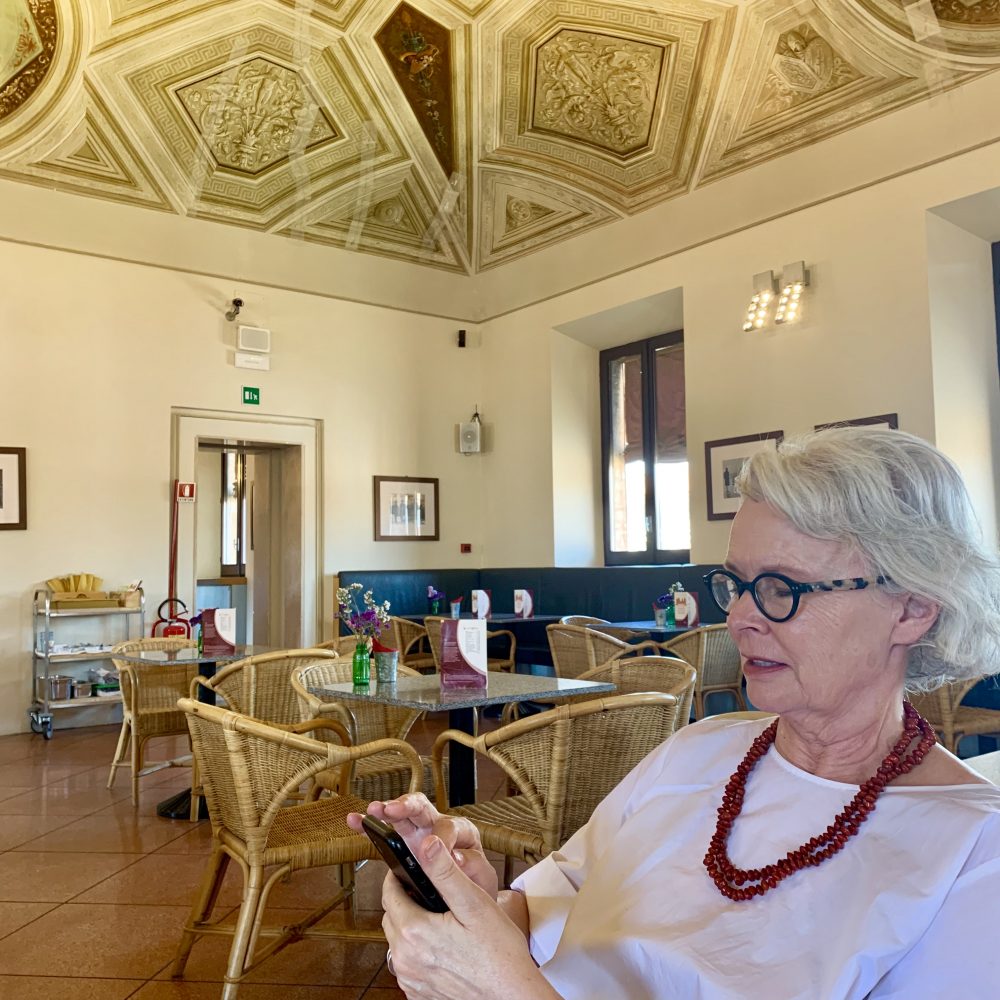
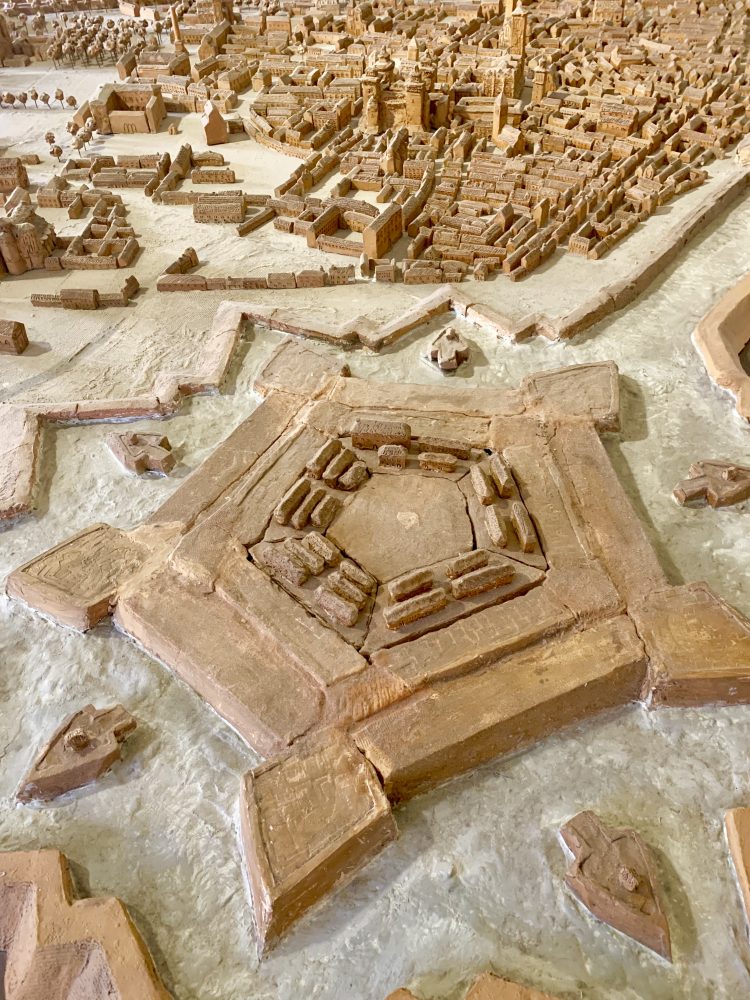
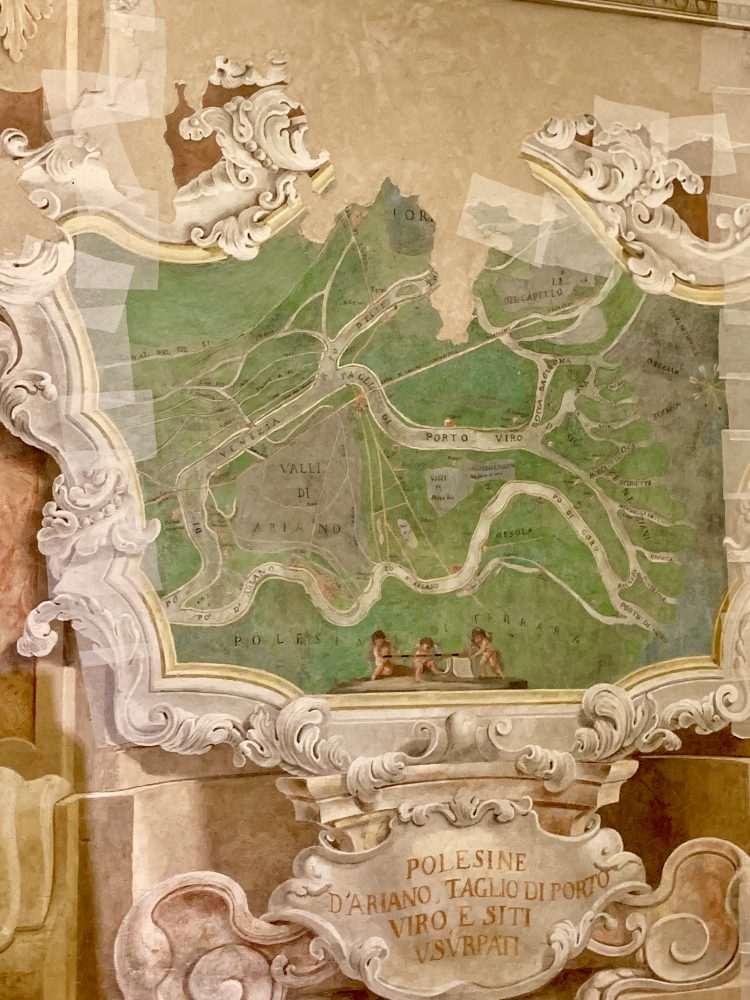
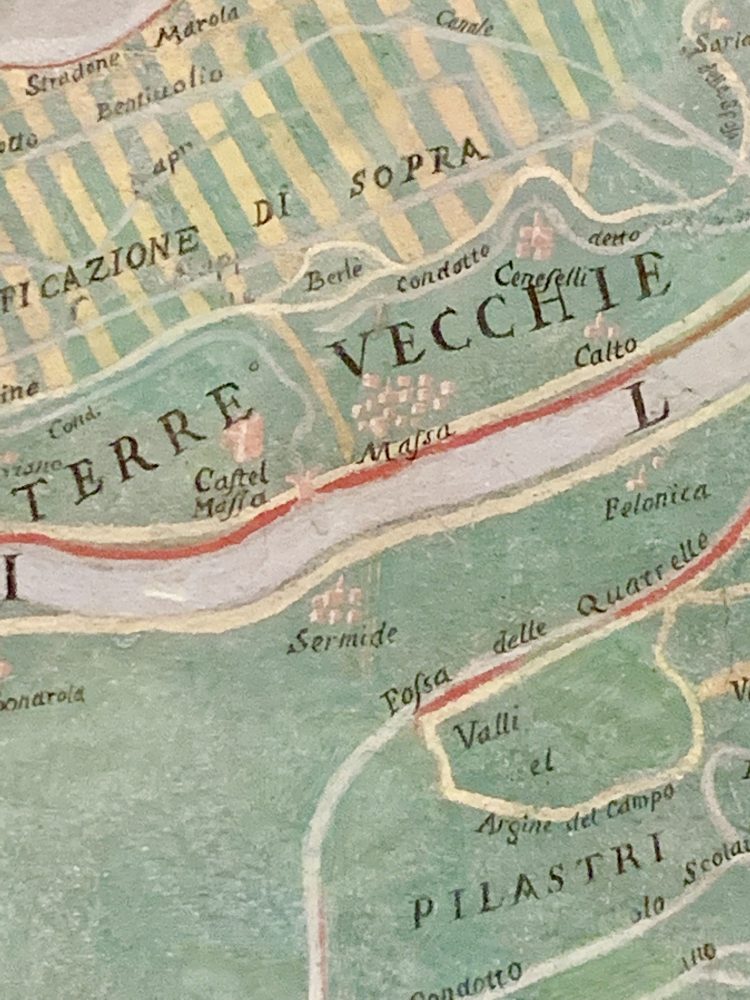
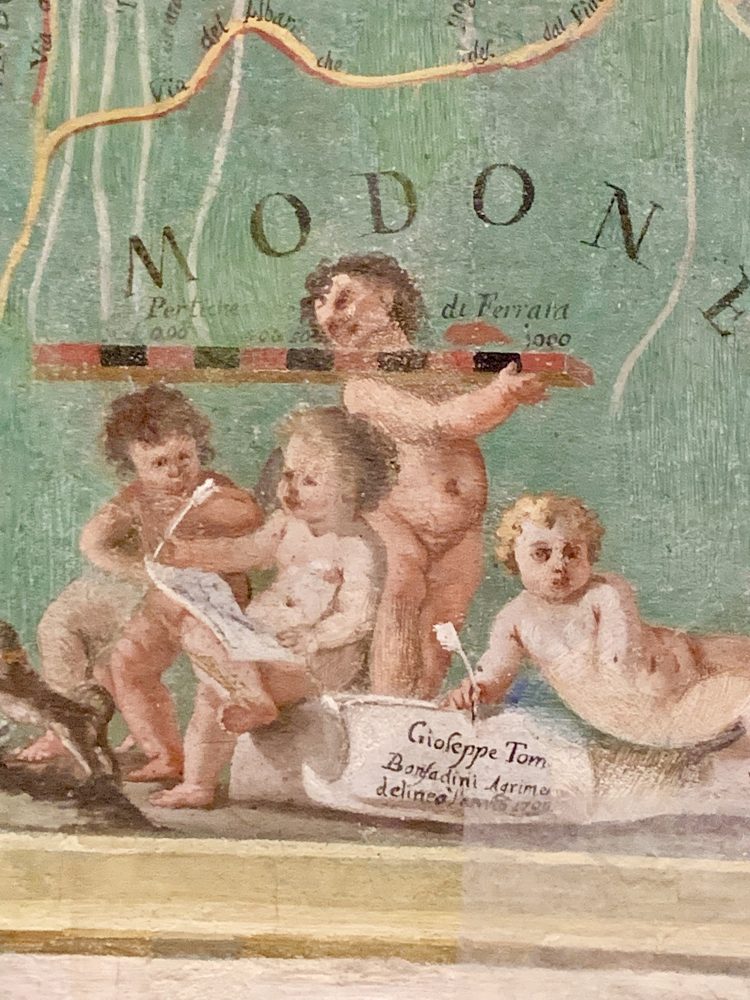
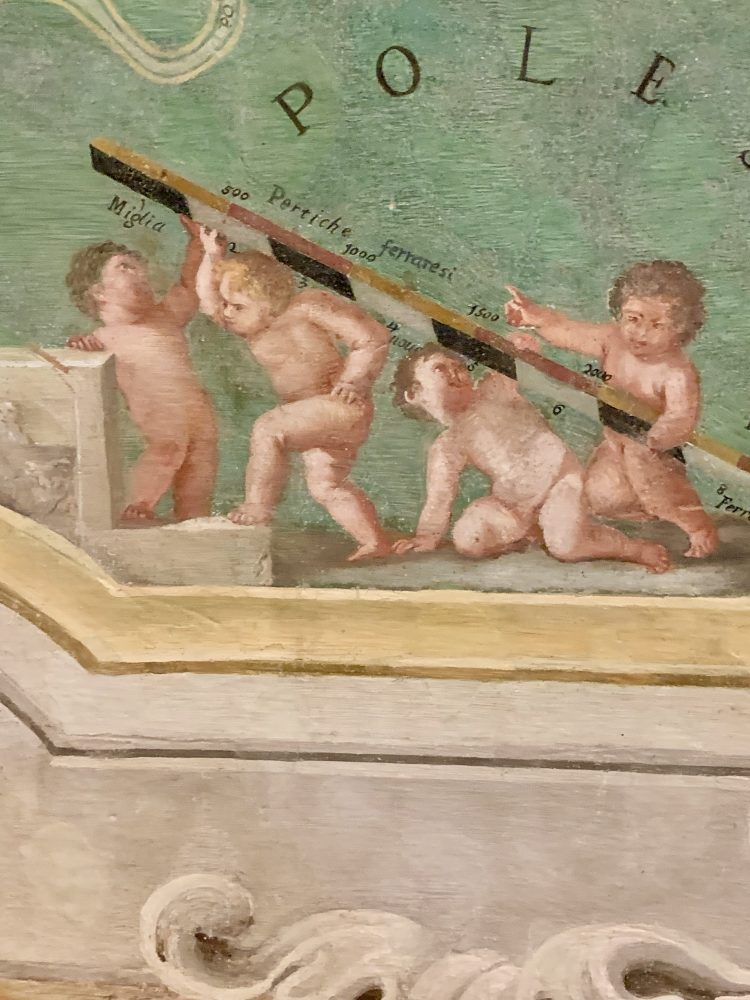
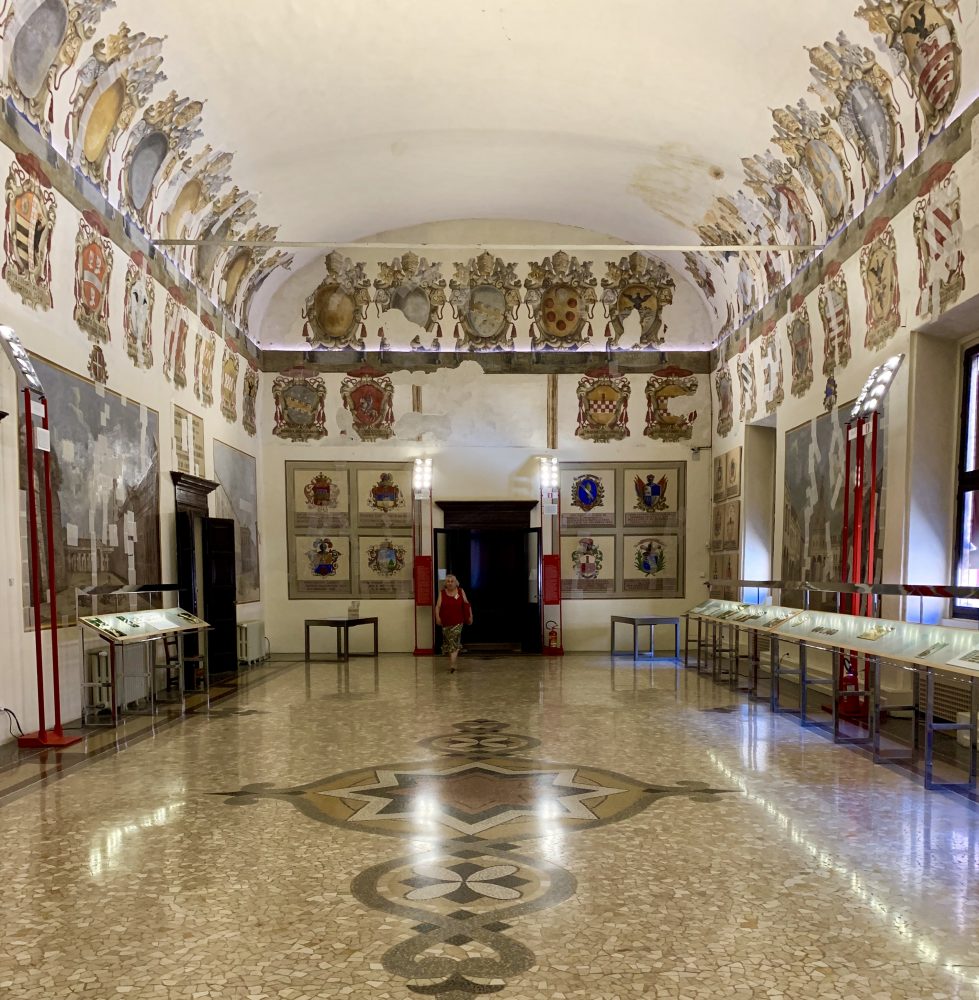
In search of Orlando Furioso—Actually the author
OK! For those who have been following this blog since our posts in Sicily, you remember the Teatro dei Pupi (puppet theaters) that base their scripts on the epic poem Orlando Furioso written by Ludovico Ariosto in 1516. Do you remember the lovelorn knight Orlando, the dreaded Saracens, and sweet Angelica? (Robert is obsessed with Angelica.)
Bonnie’s quest was to see Ariosto’s tomb and perhaps his original writings. We found both—the former behind an ornate marble wall and the latter on a digital screen—both in the university library.
Ariosto is known for introducing narrative commentary into this poem and for coining the term humanism that focuses on the strengths and potential of humanity rather than their subordination to God (thank you Ariosto and thanks again Wikipedia).
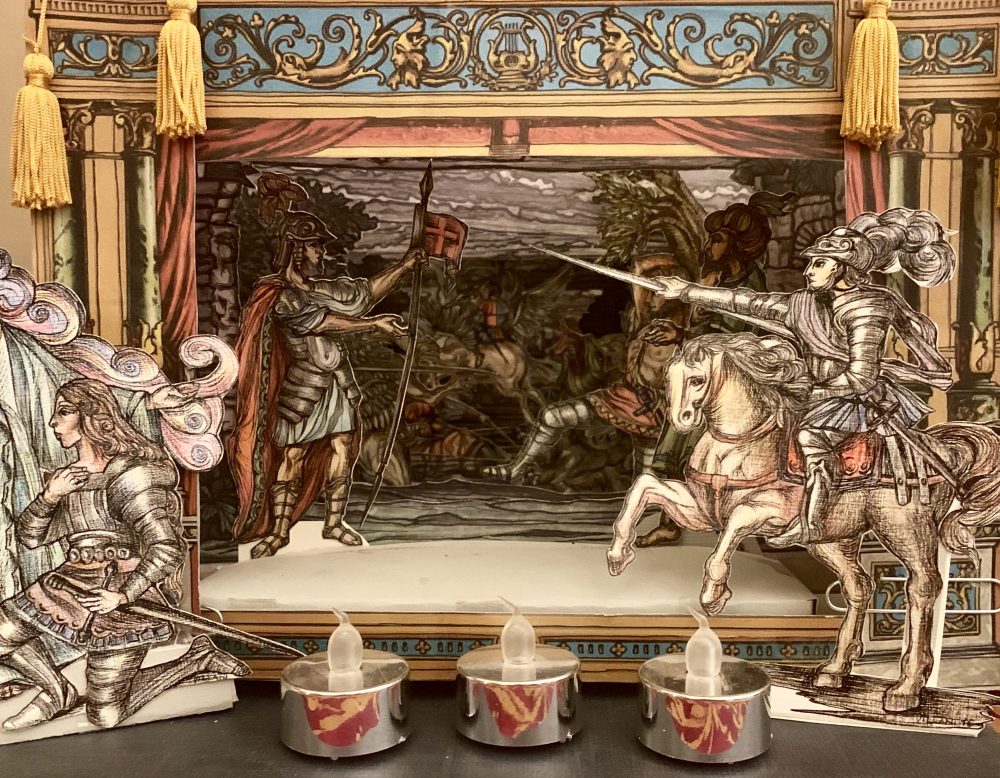
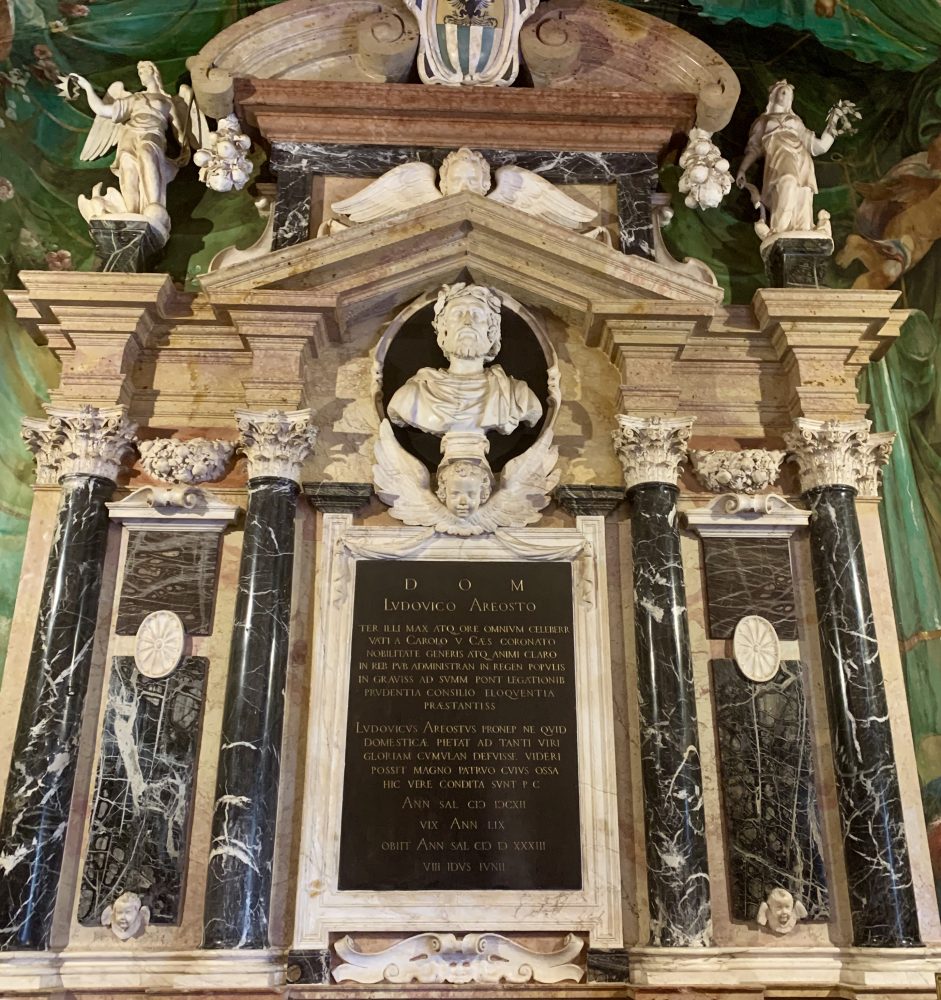
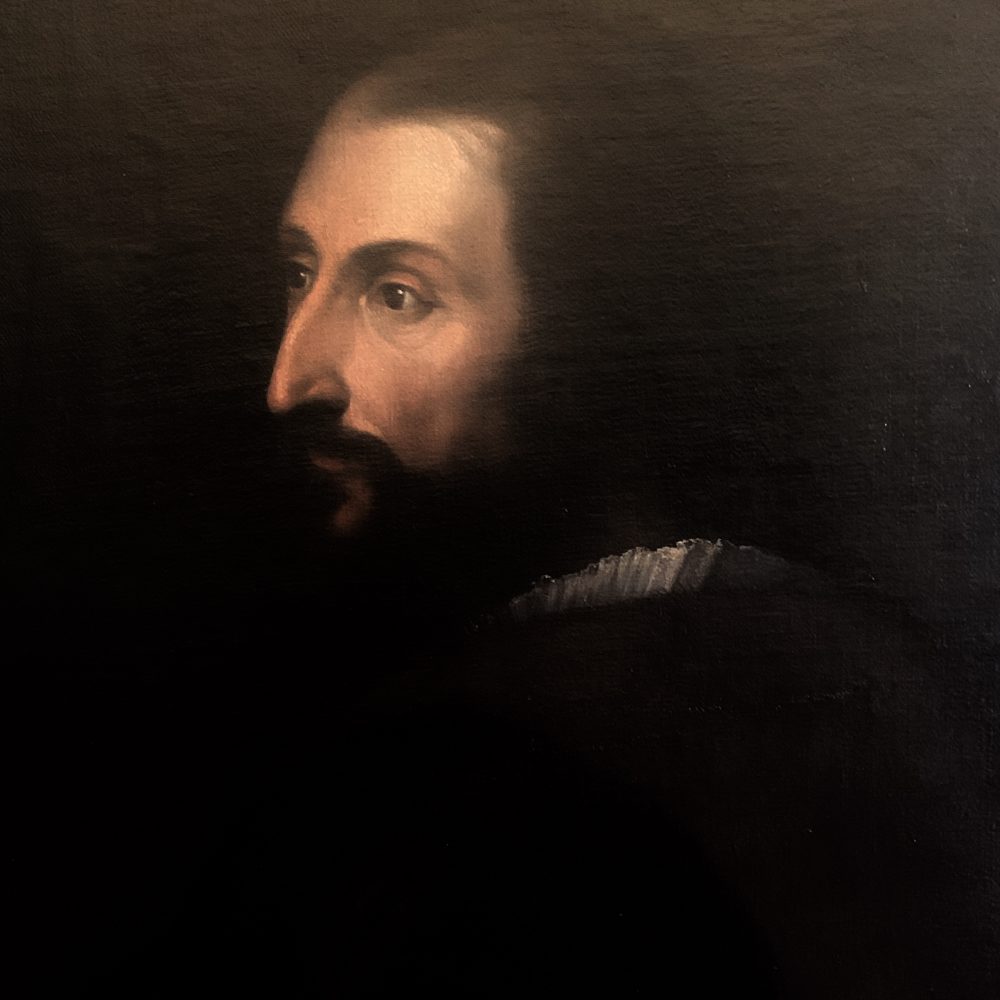
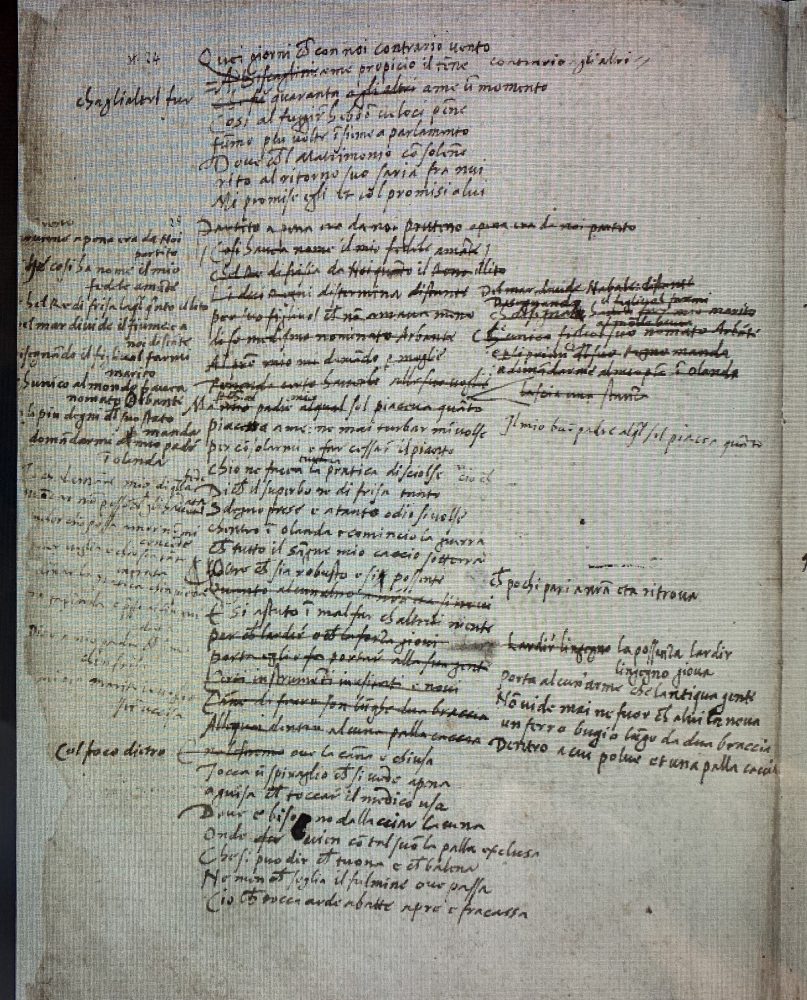

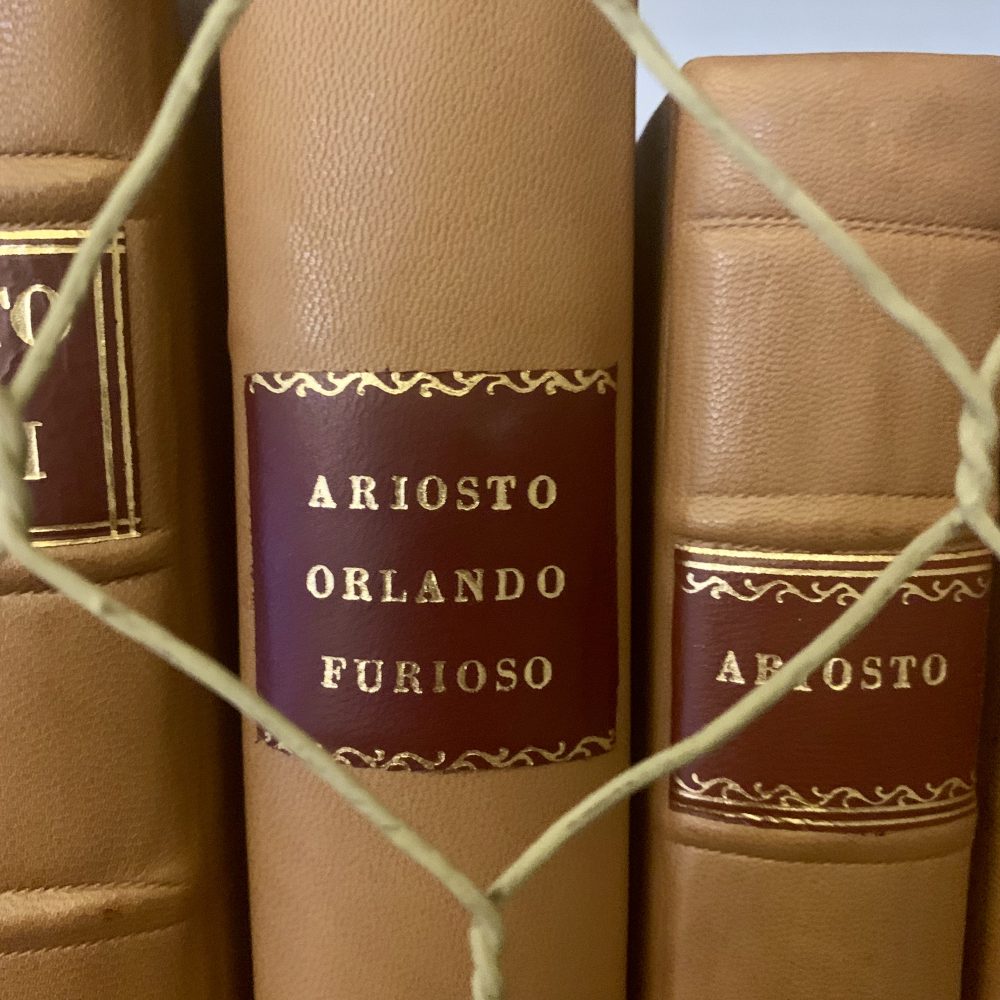
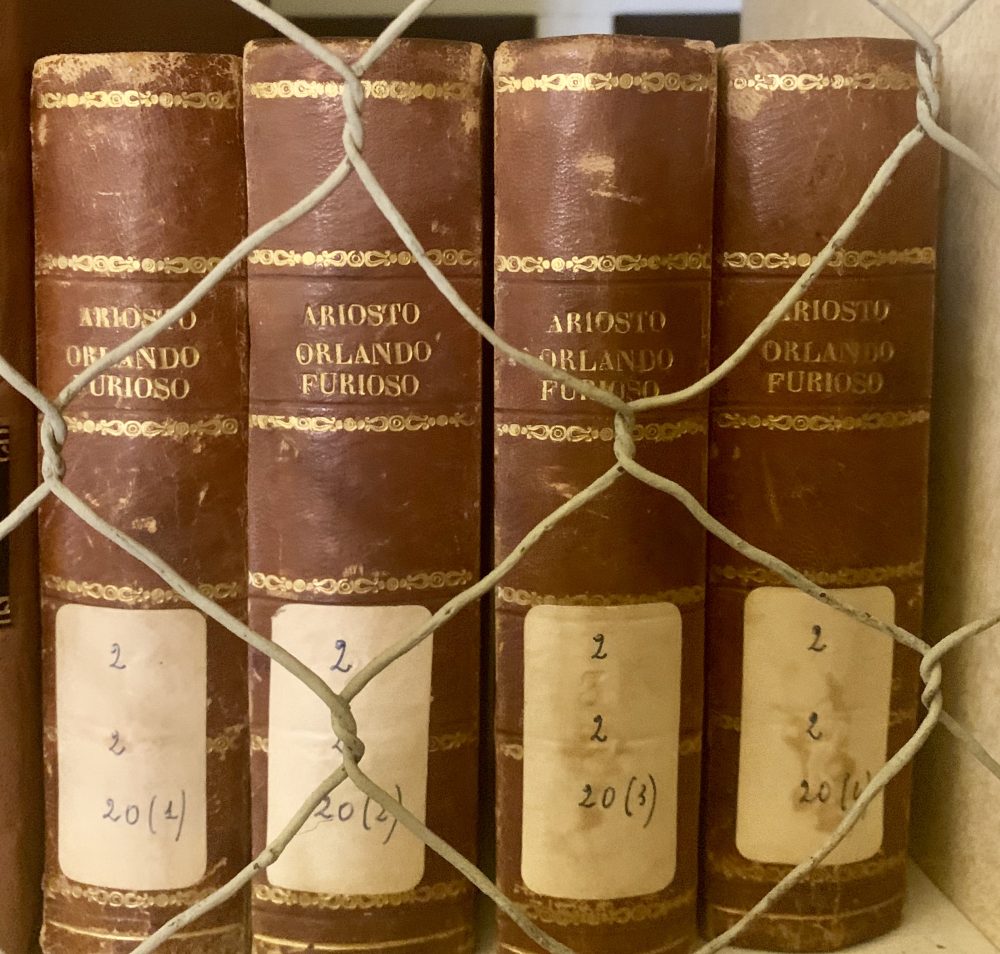
National Archaeology Museum
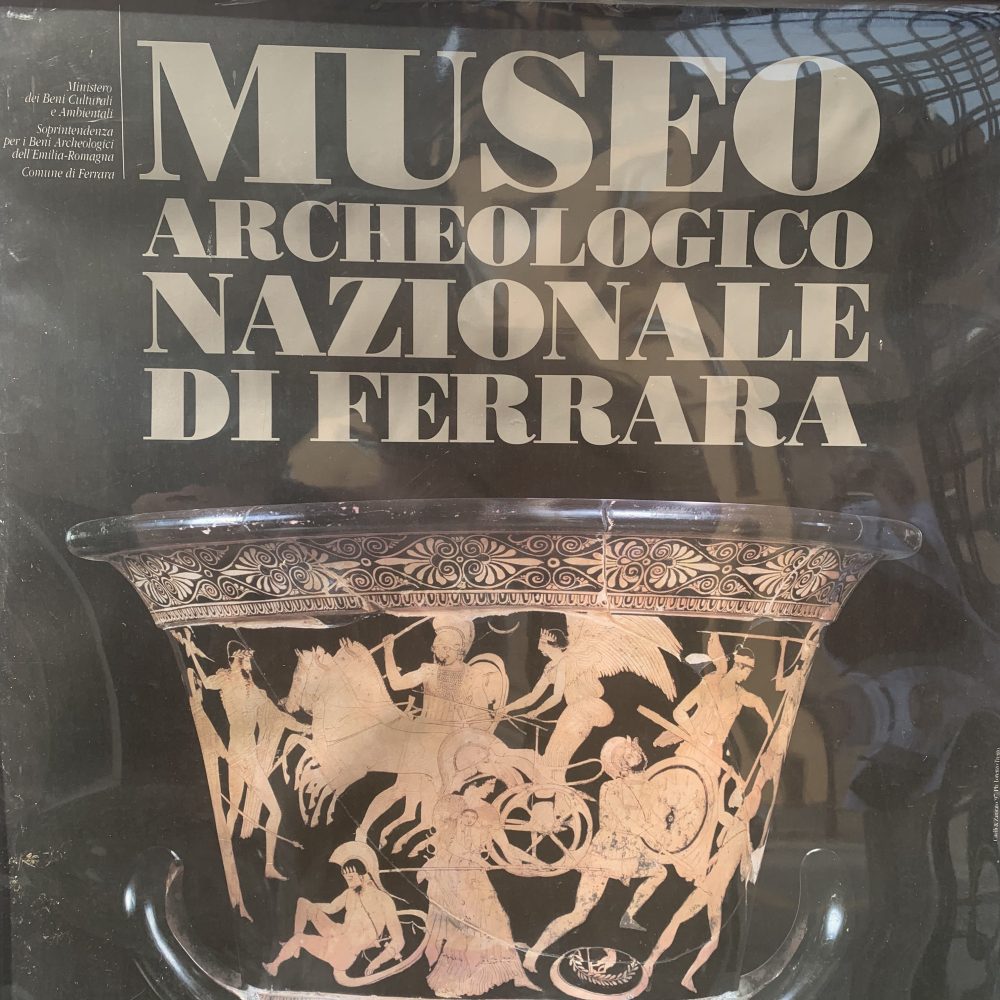
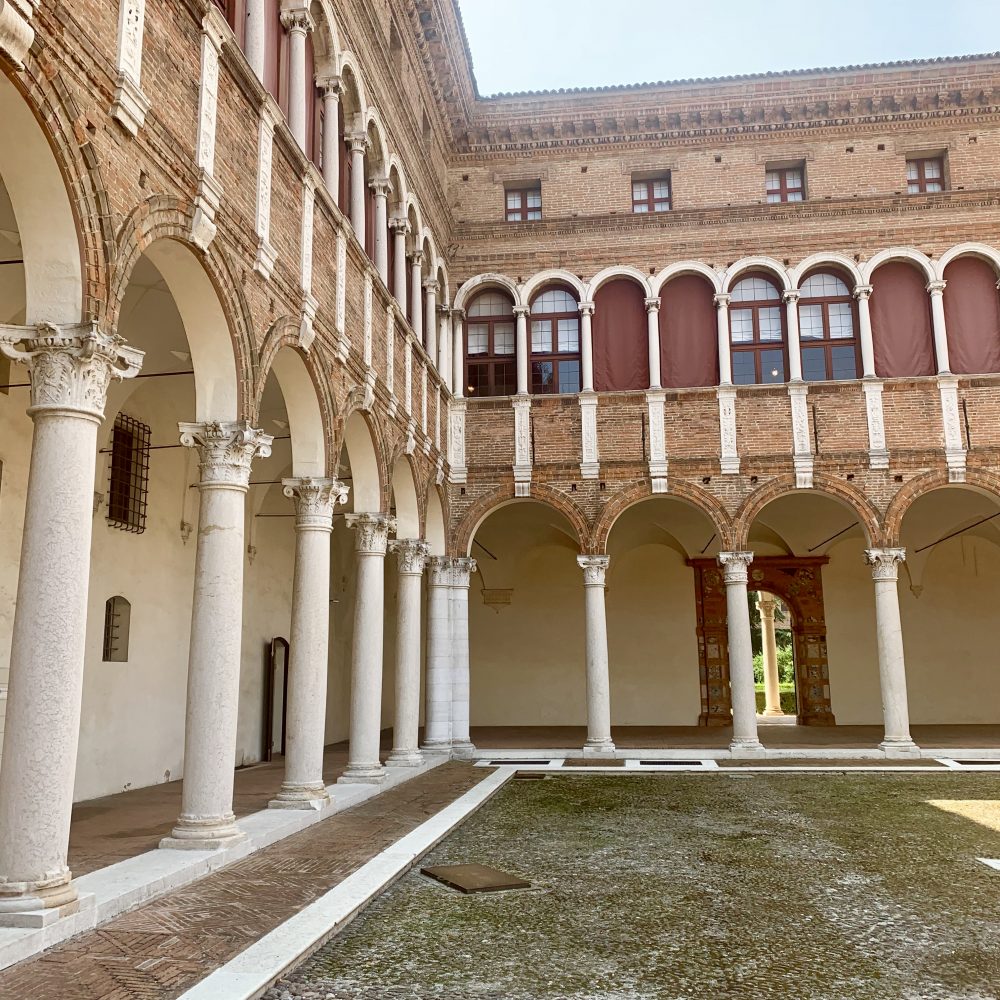
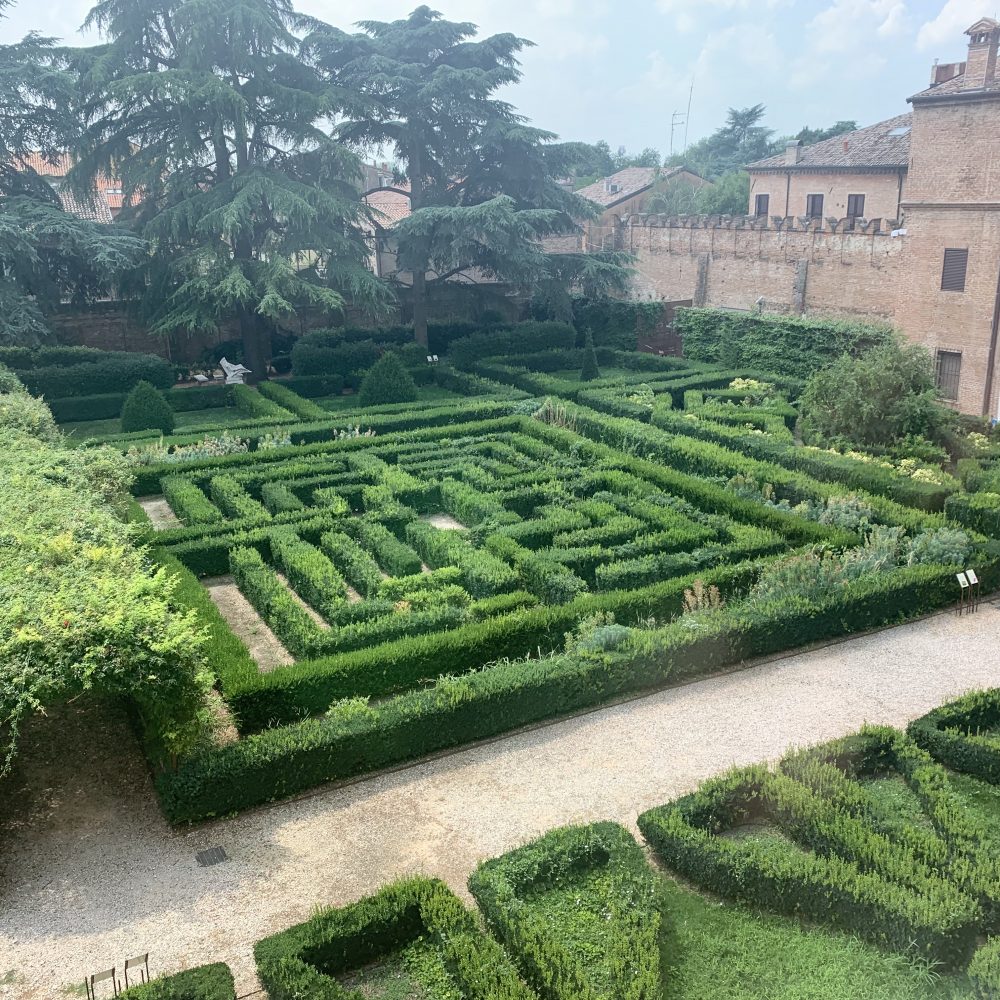
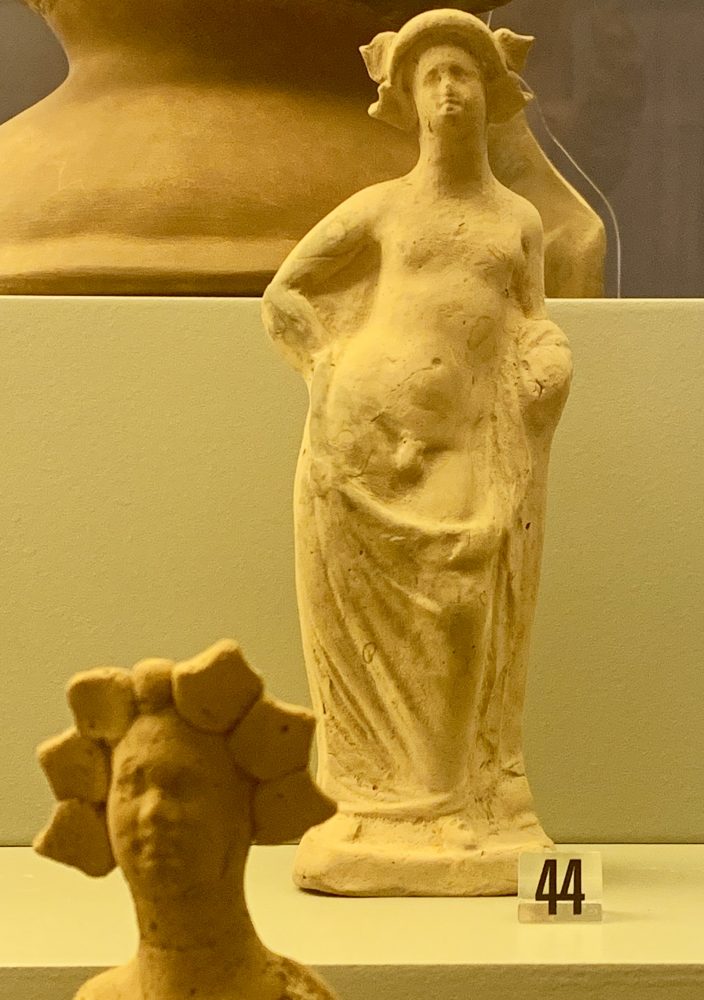
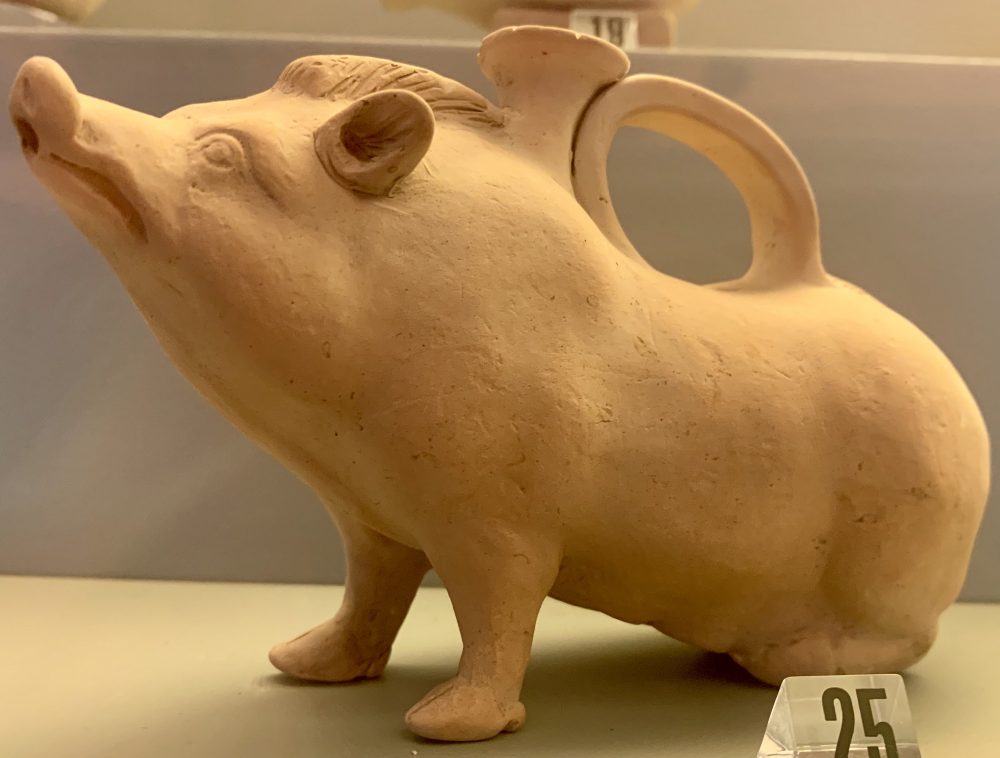
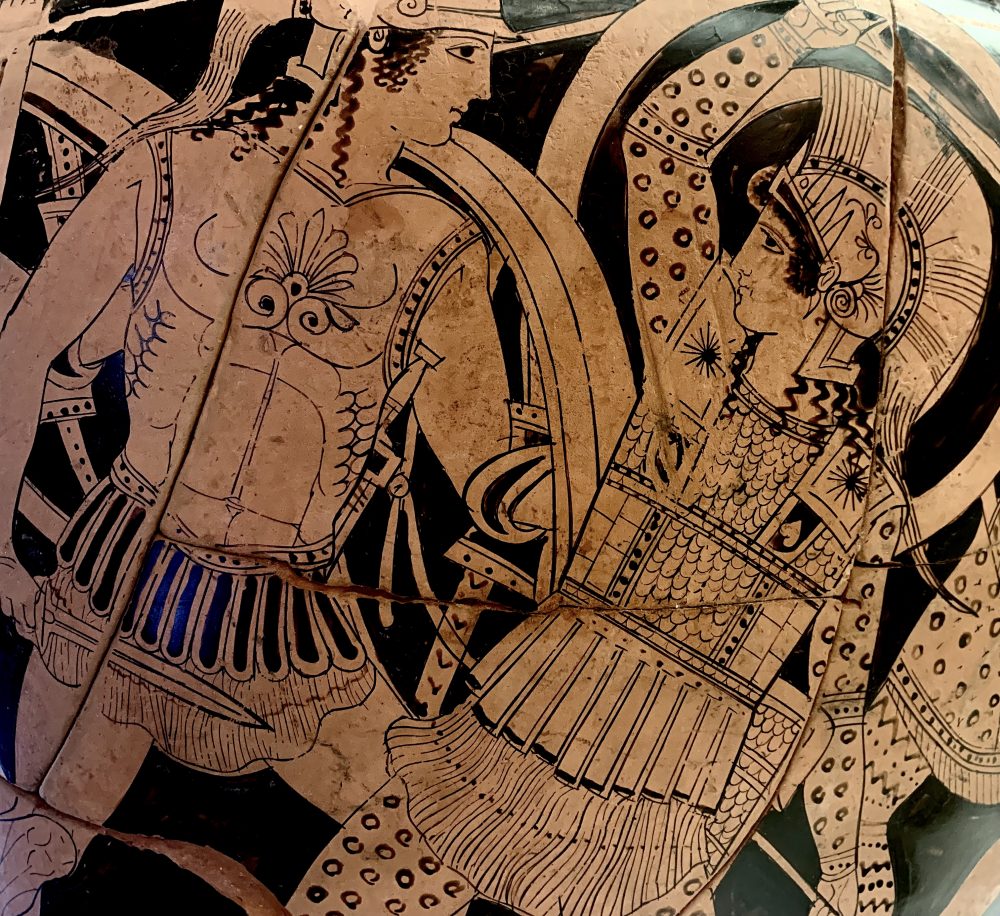
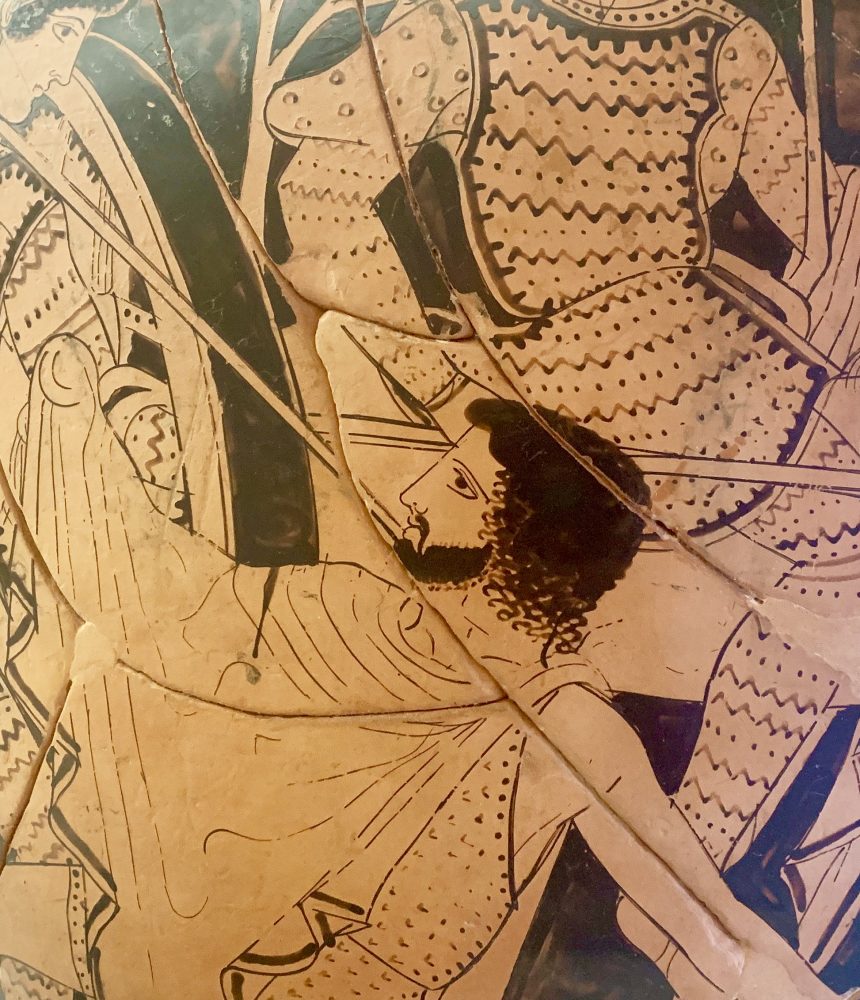
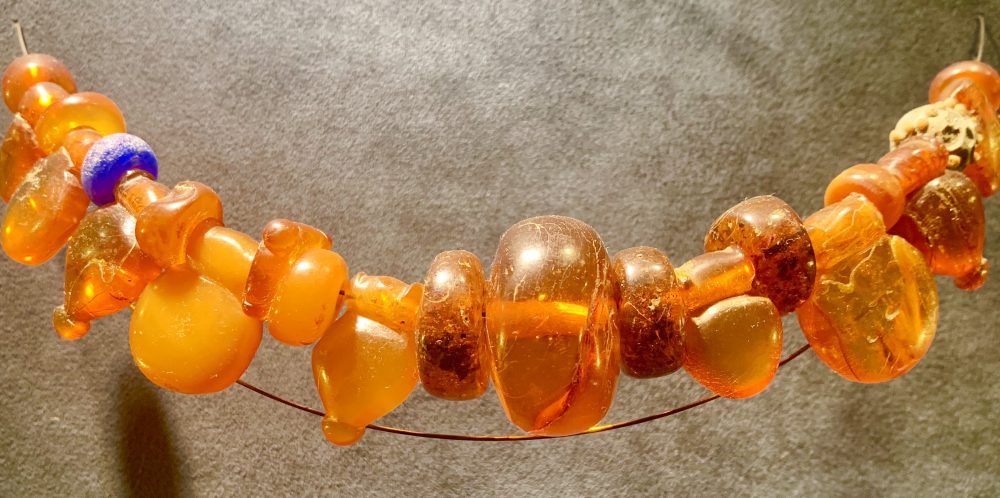
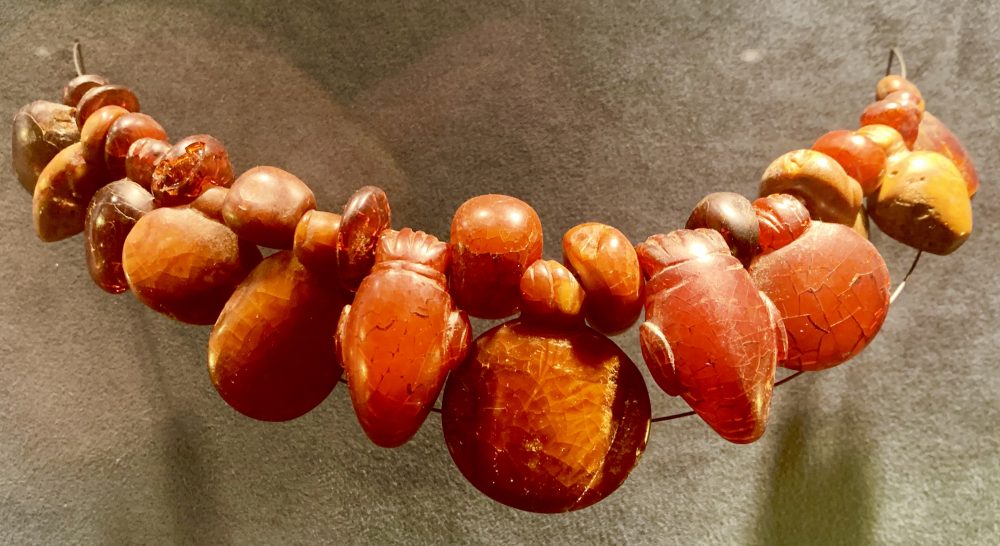
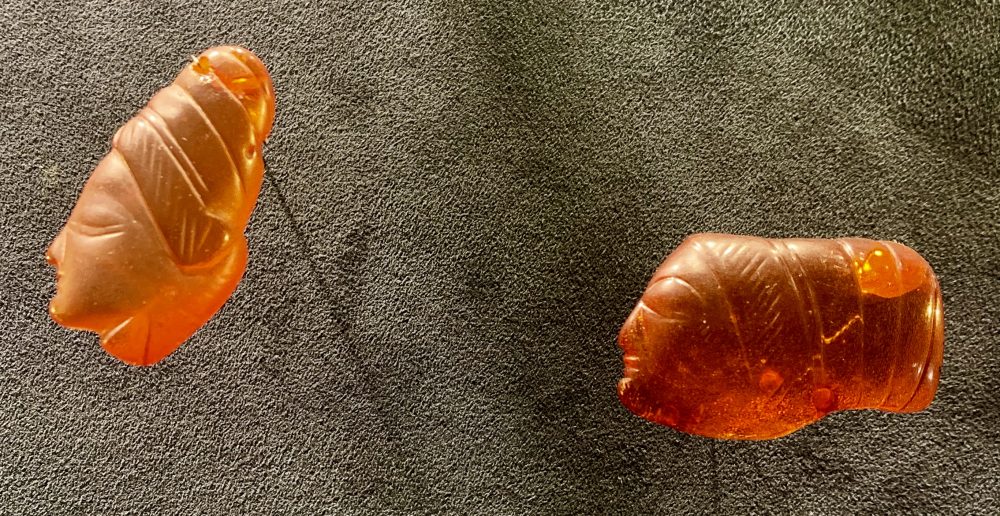
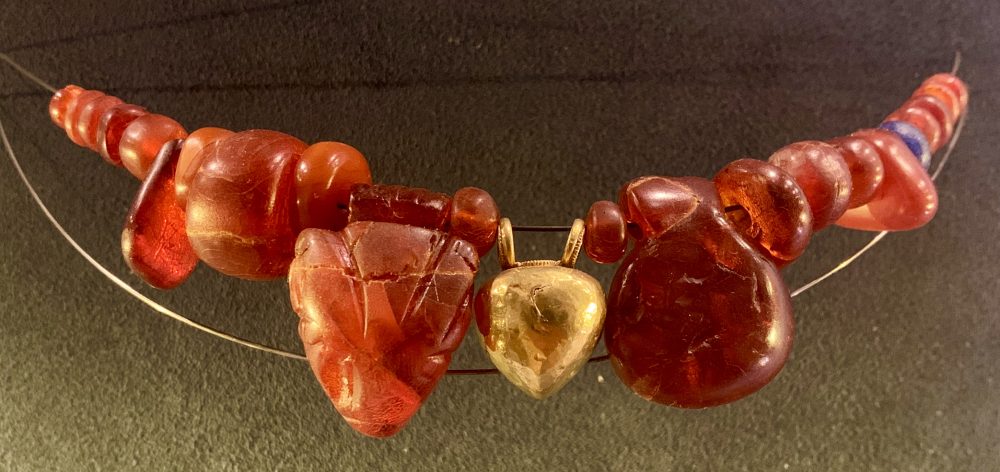
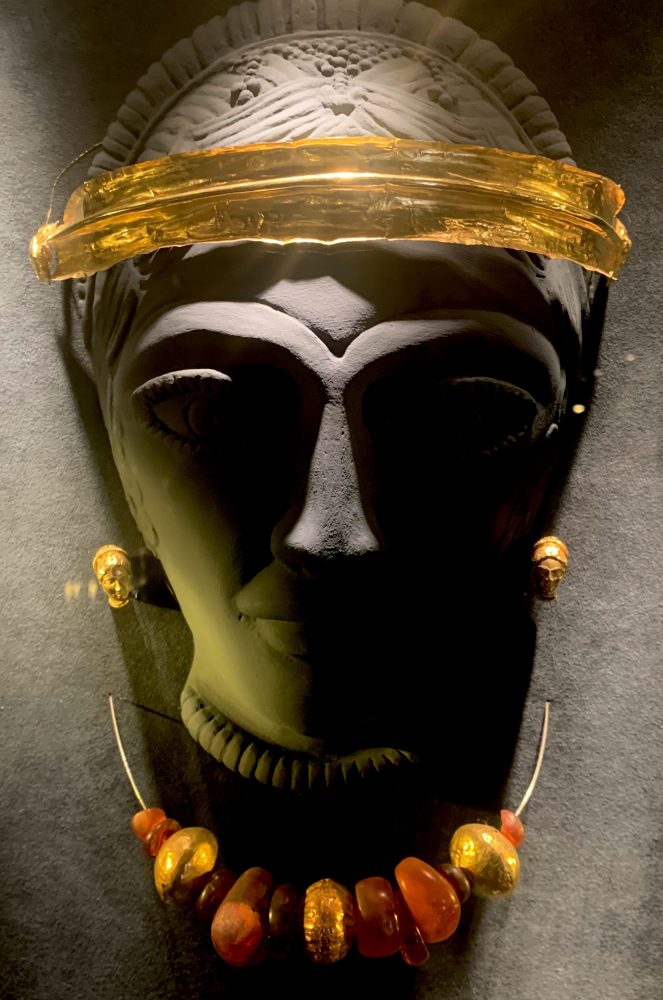
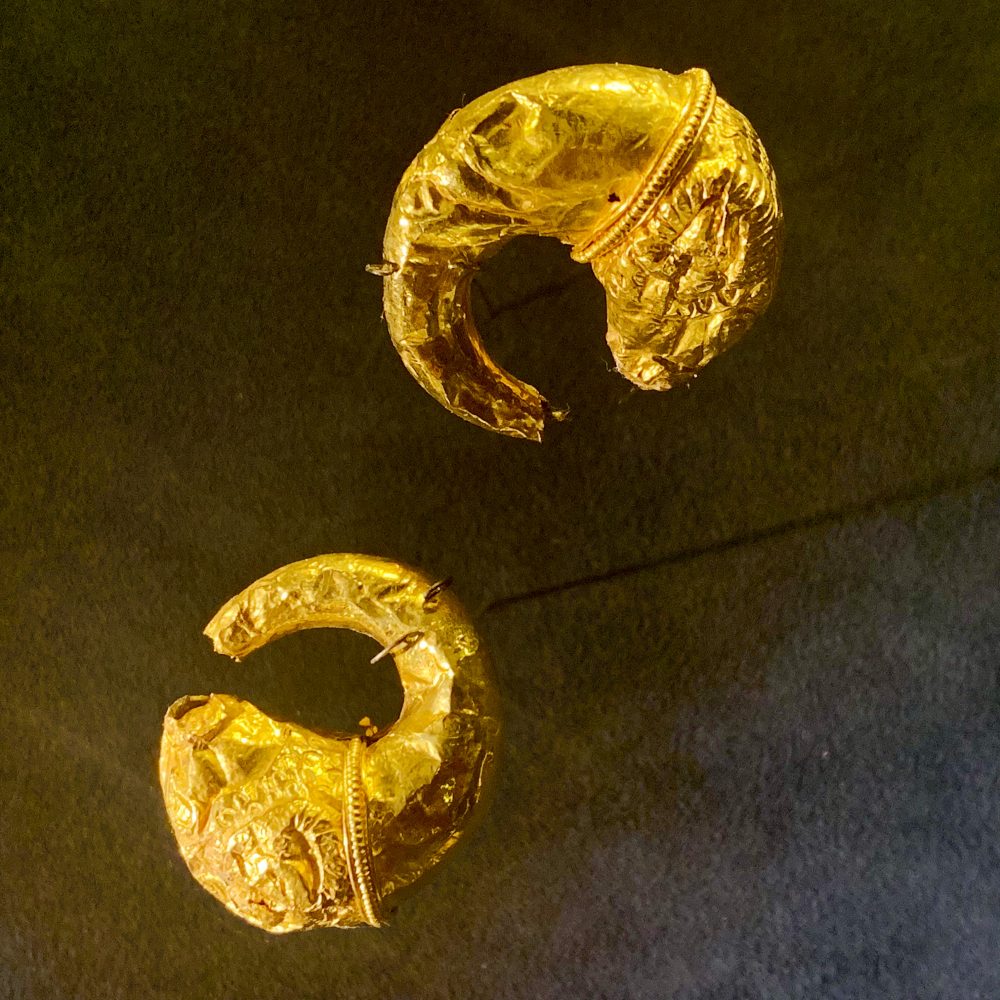
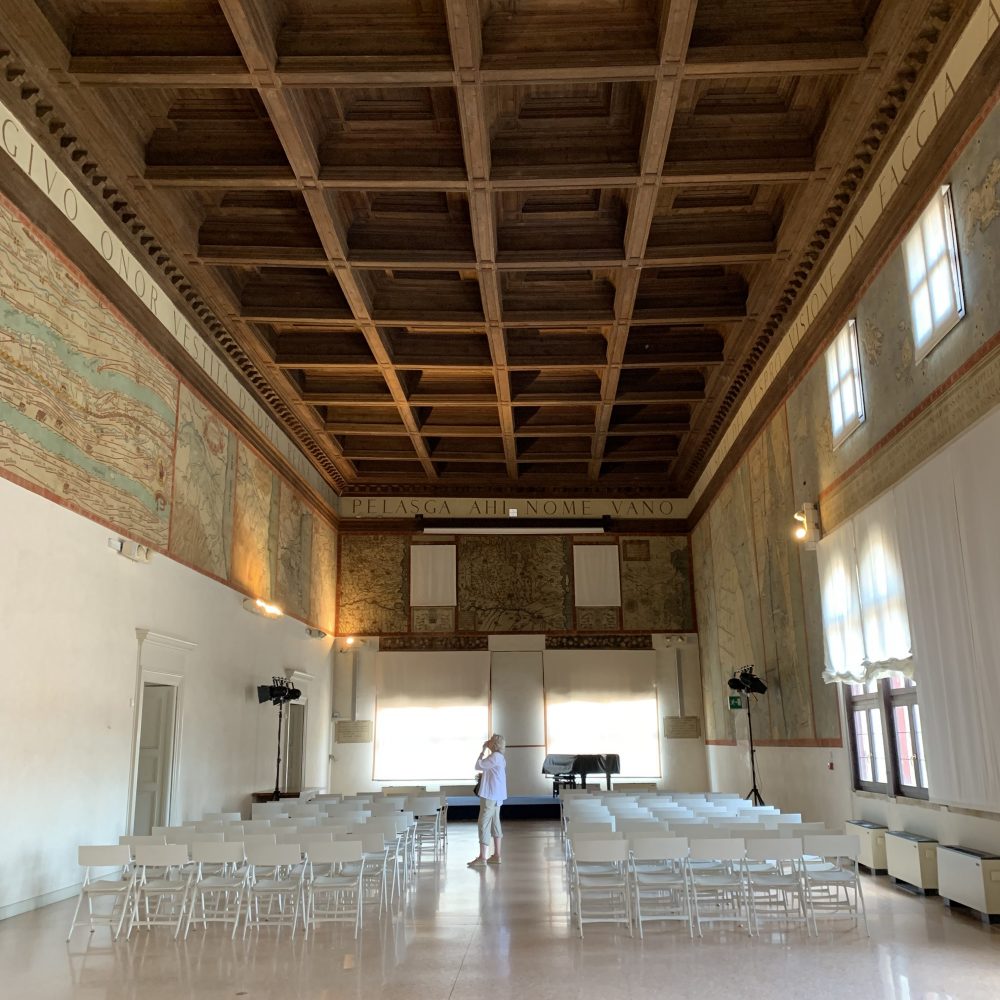
Pinacoteca Nationale
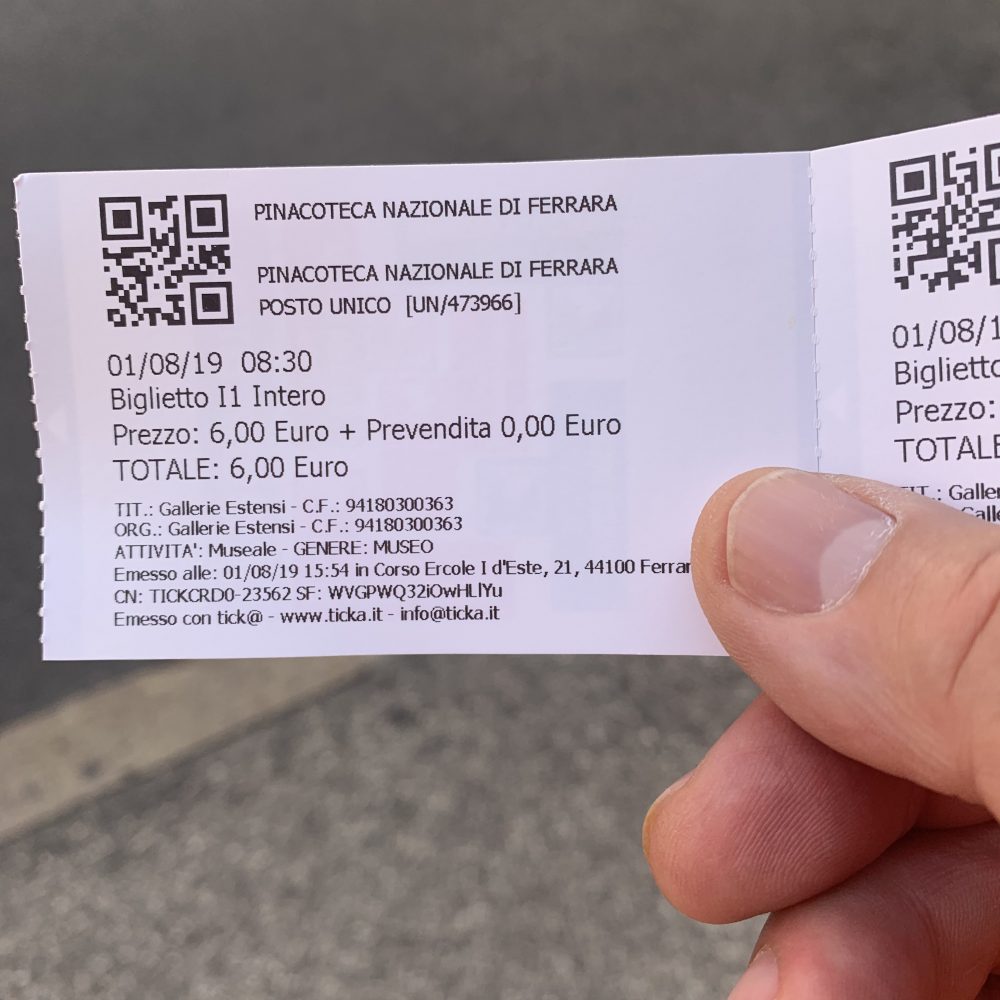
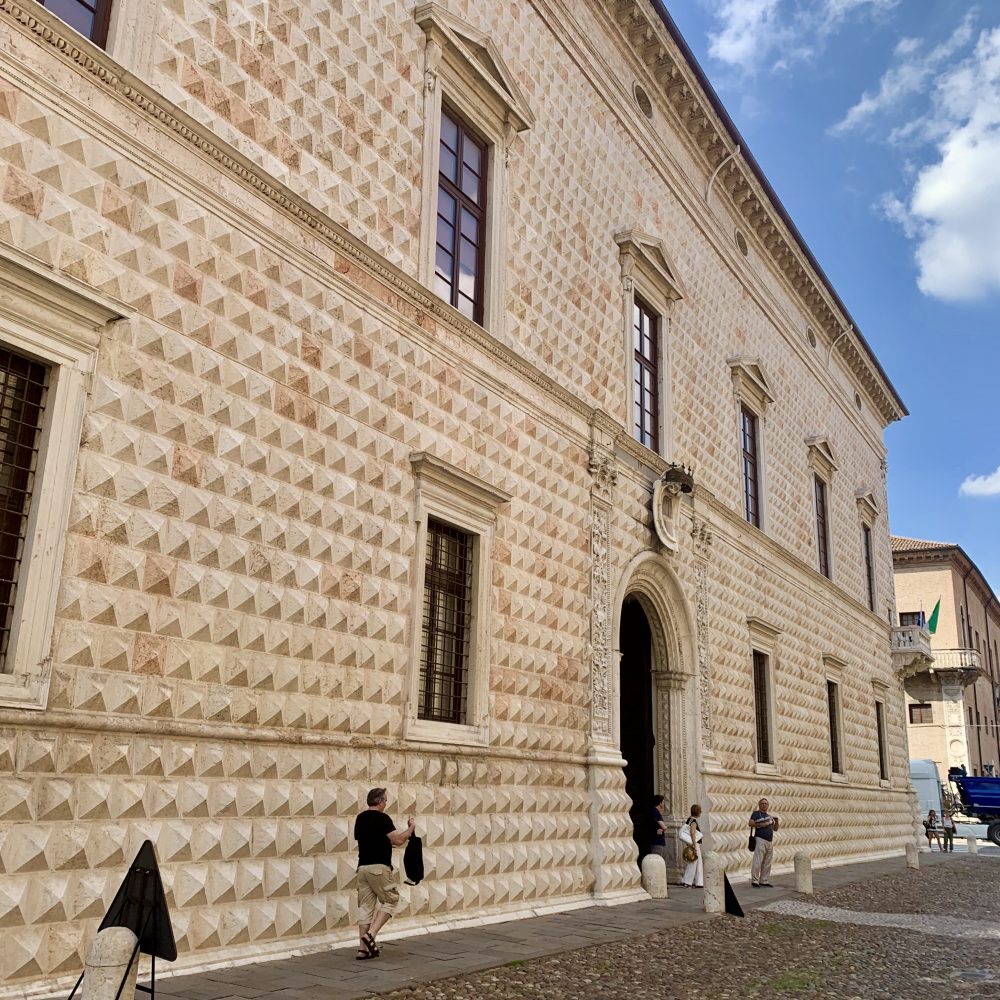
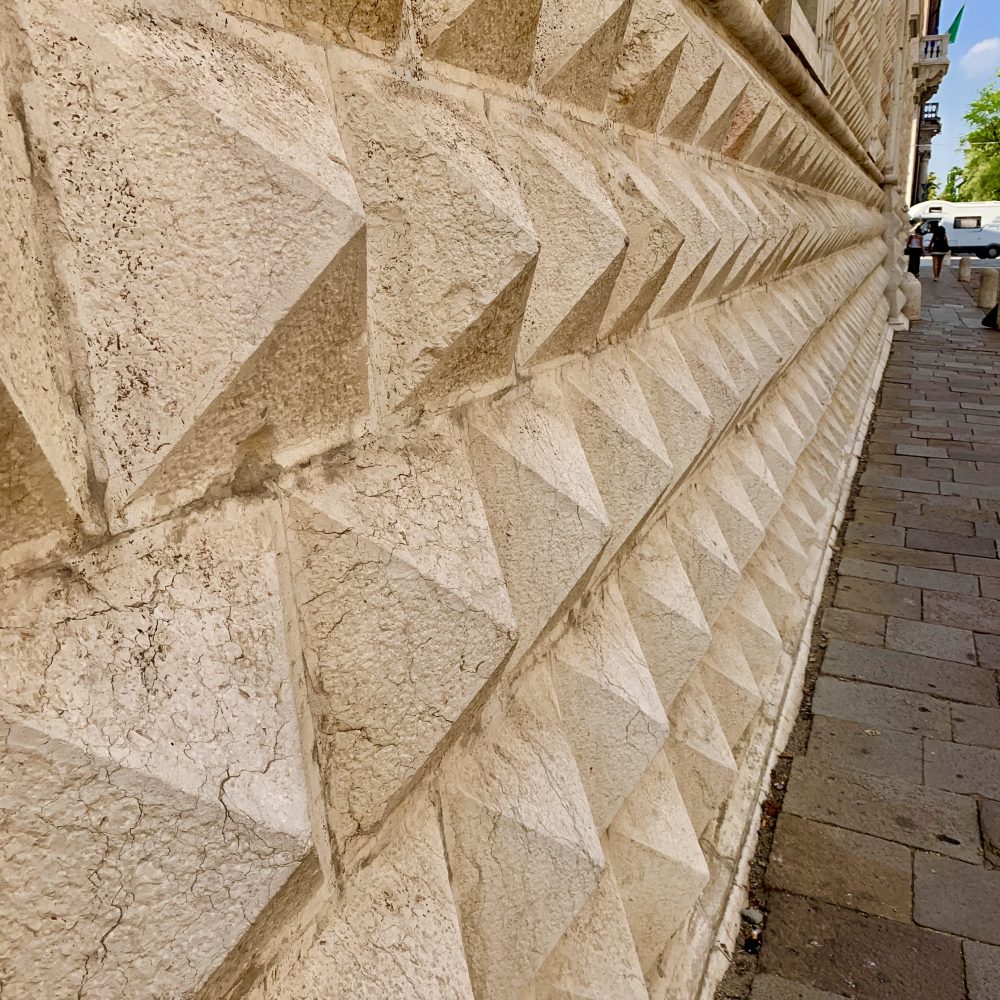
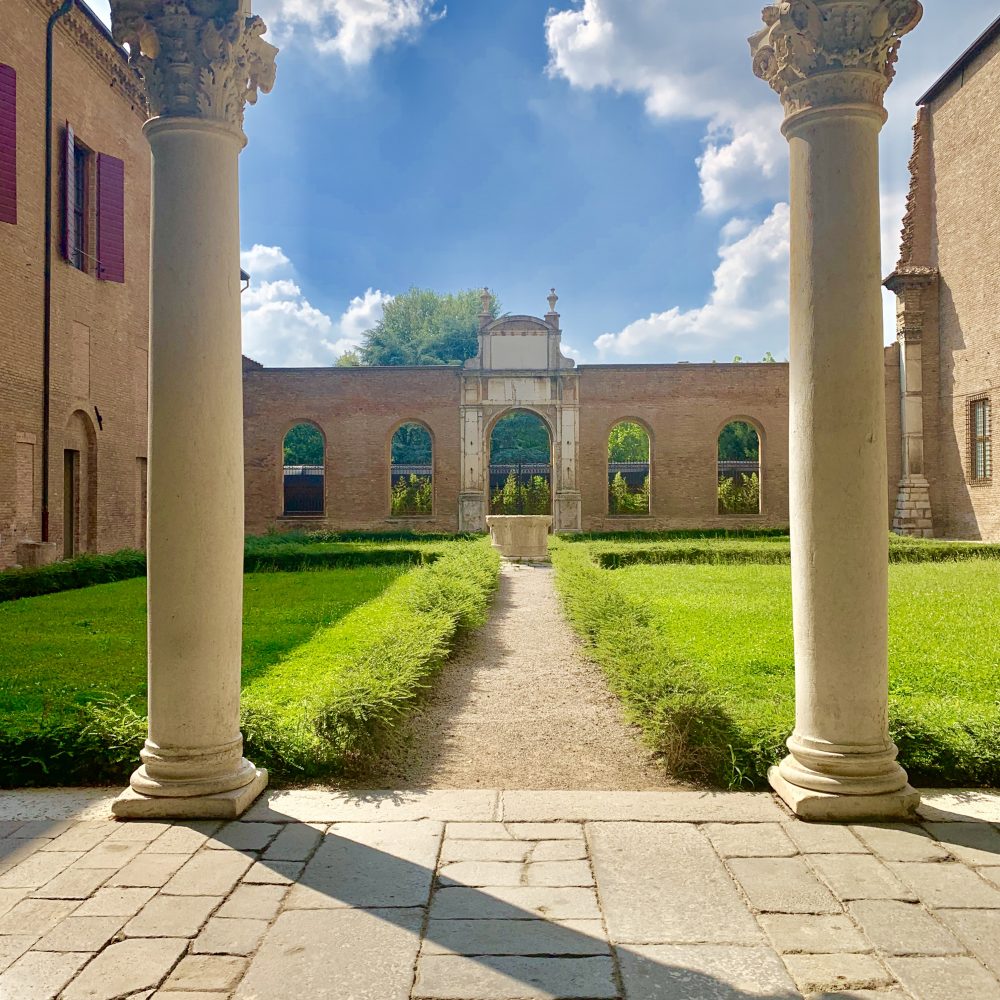
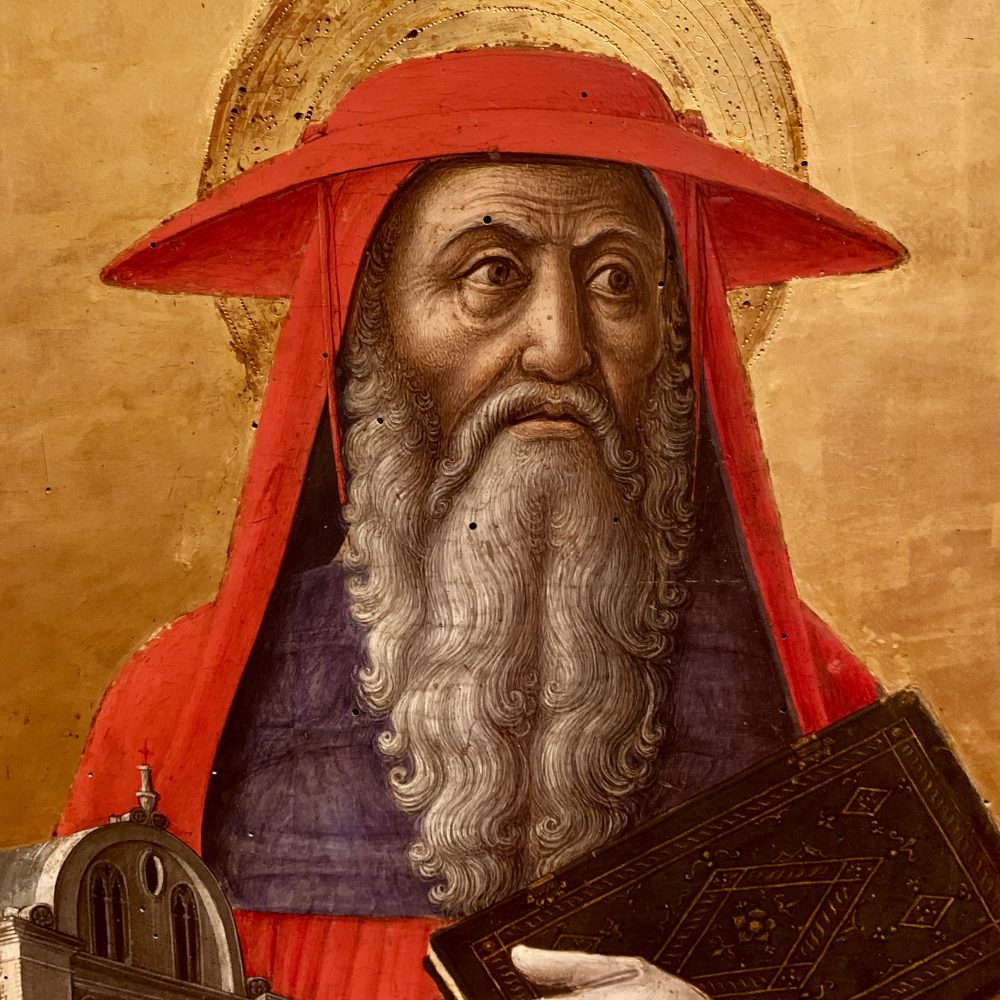
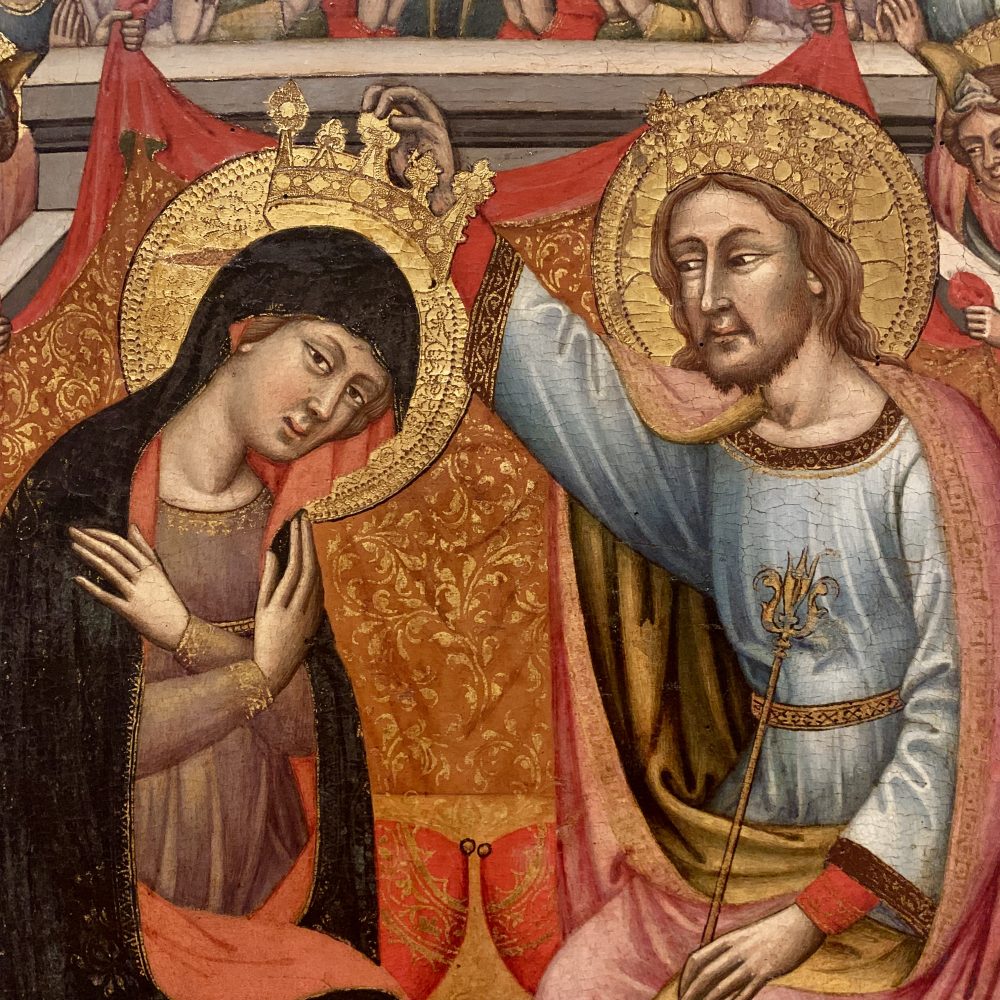
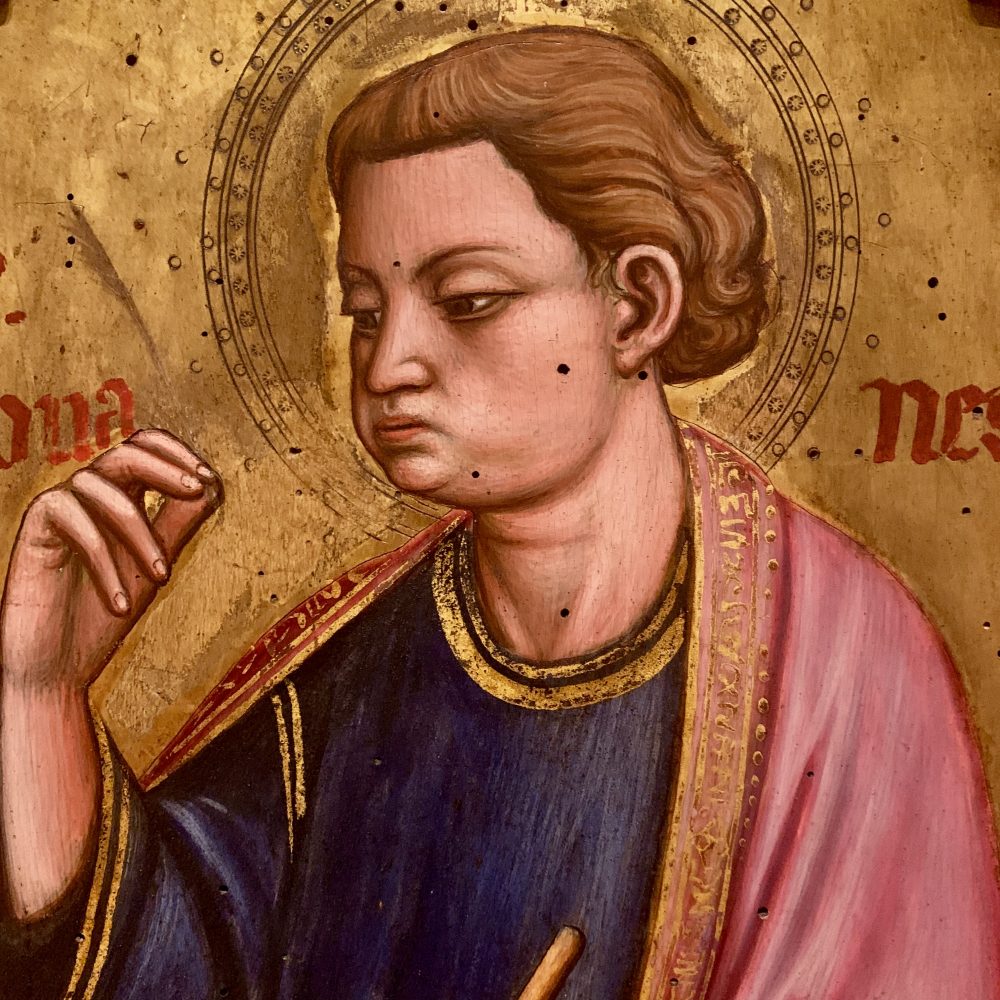
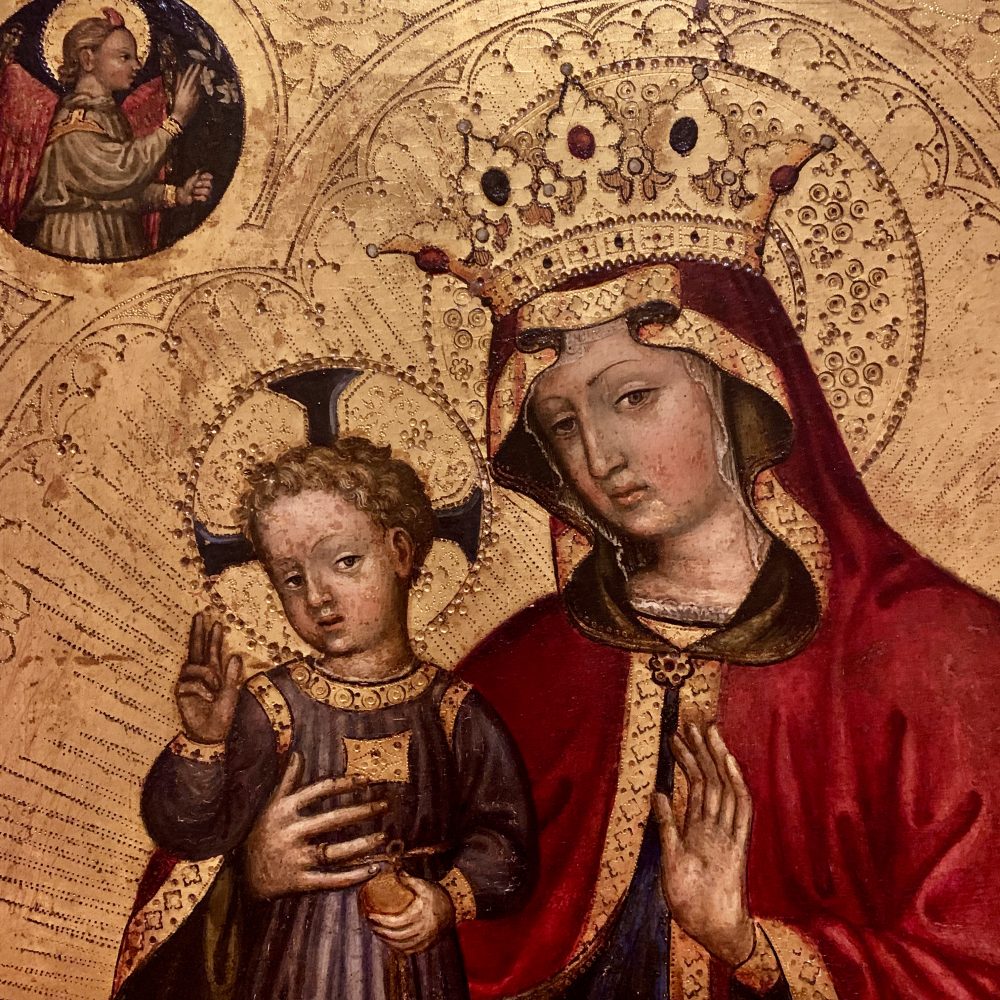
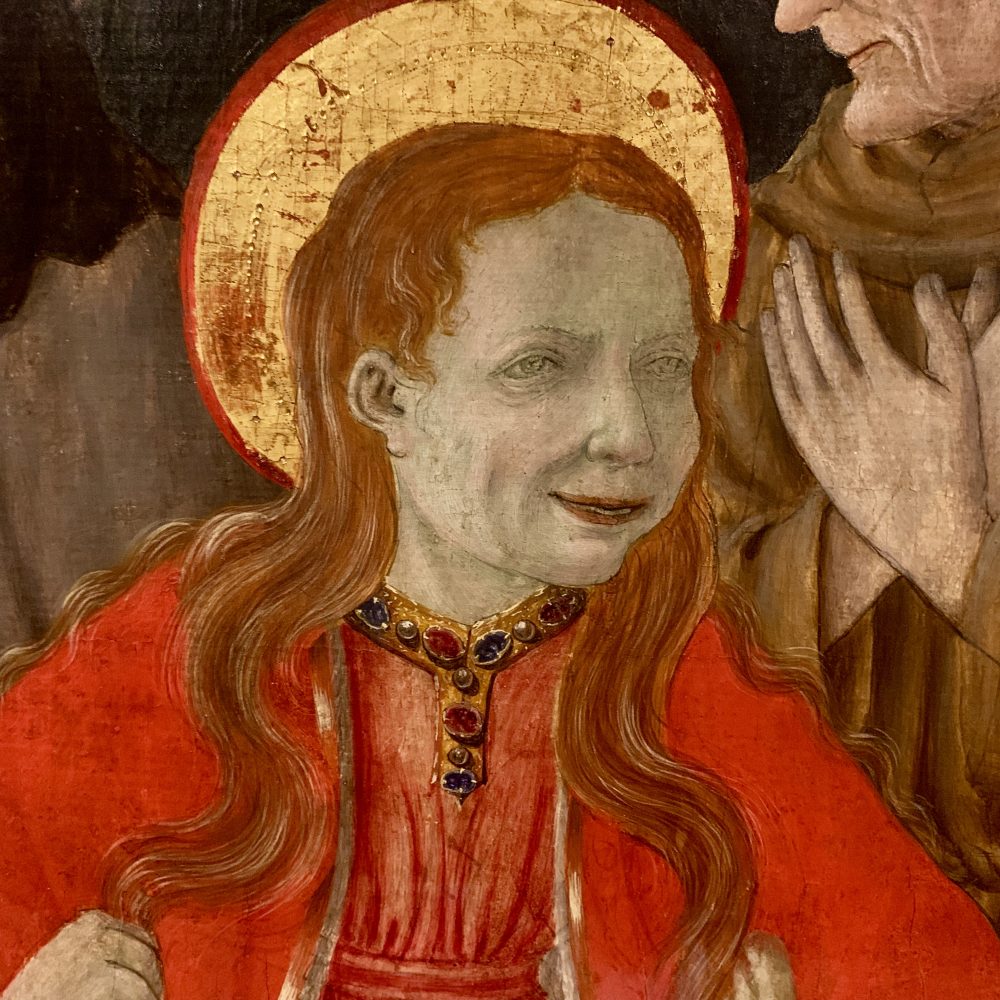
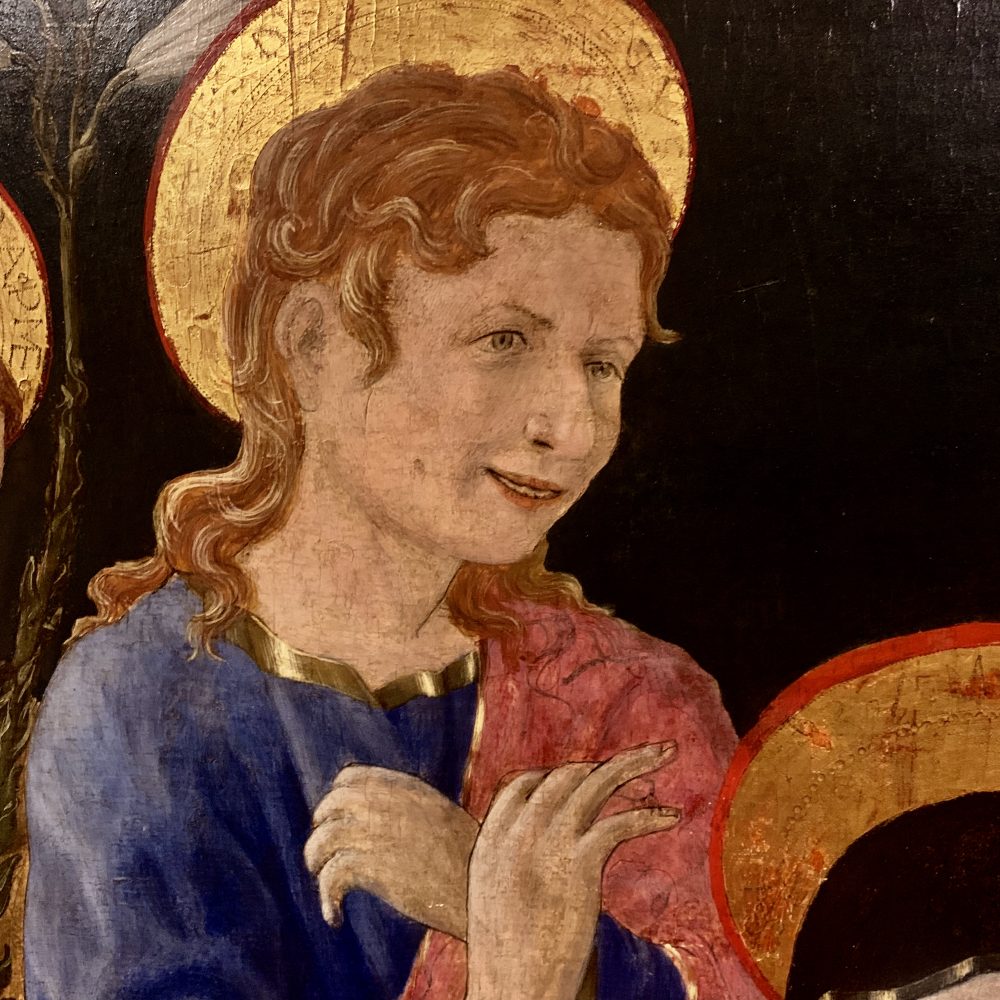
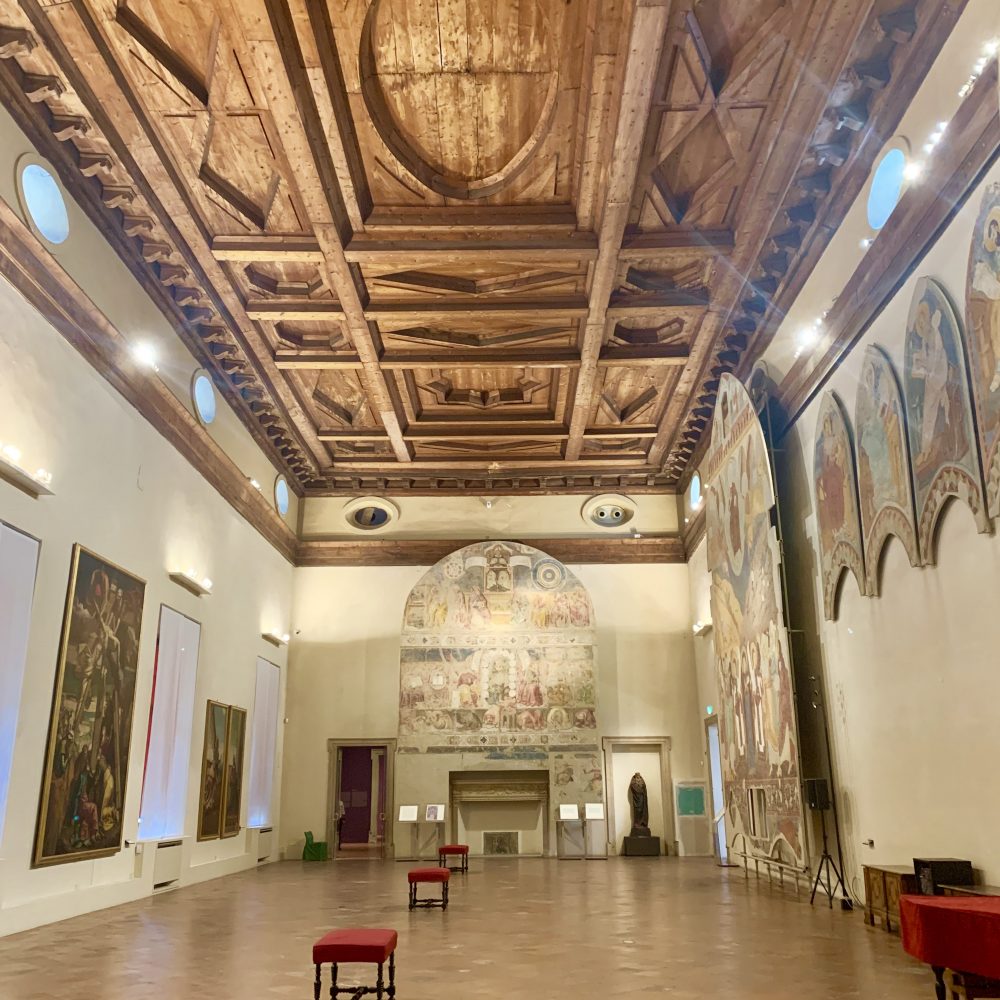
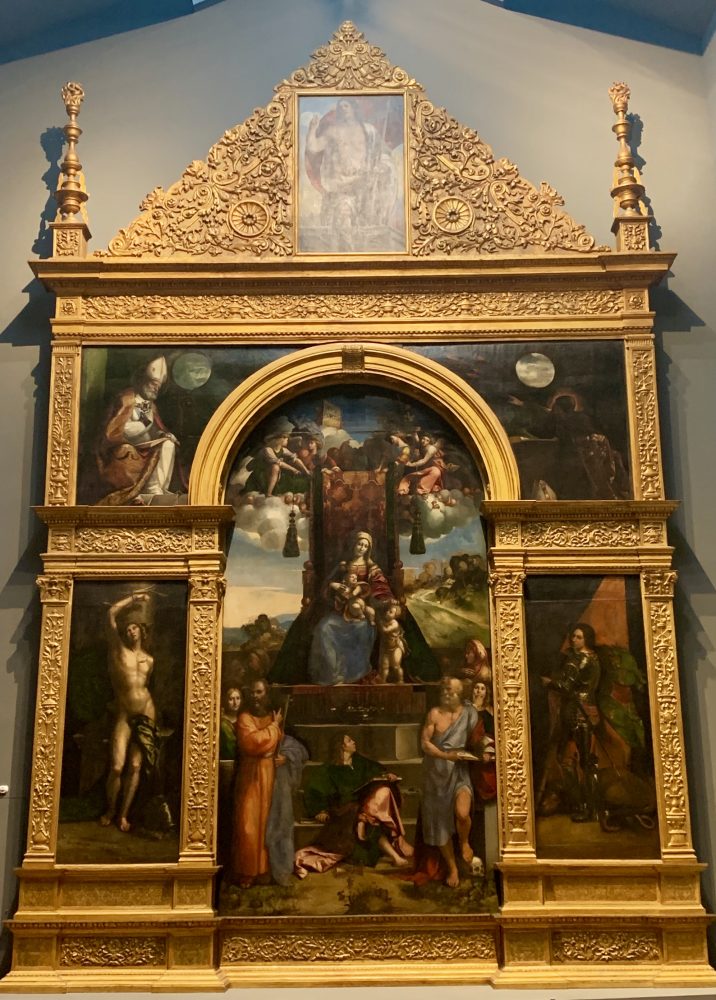
Cibo e bibite
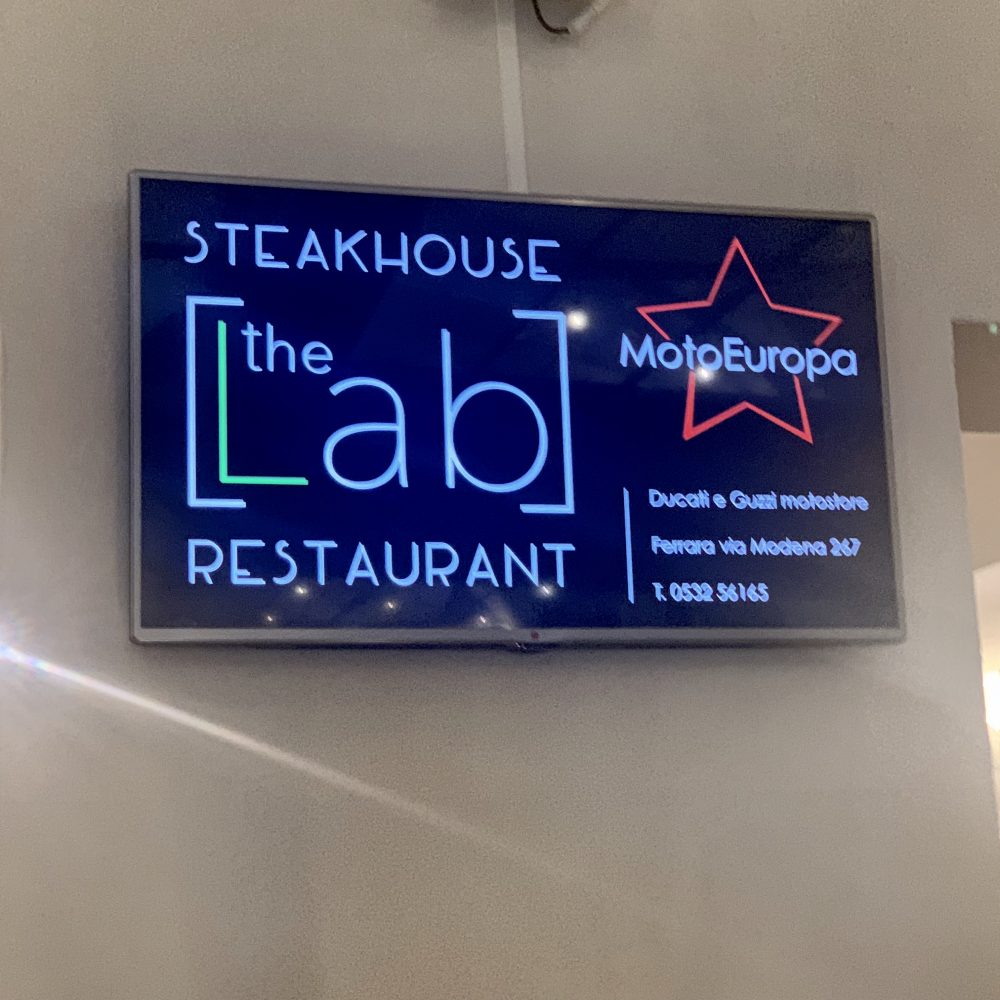
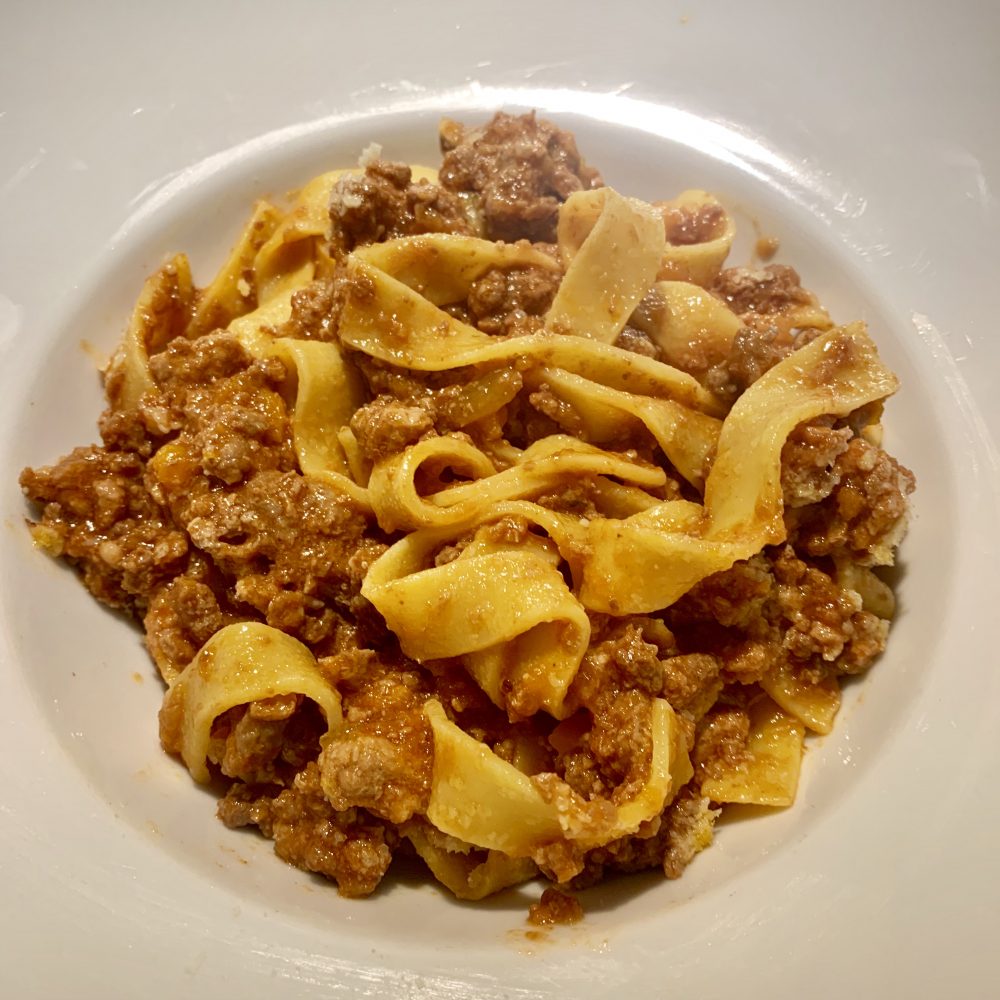
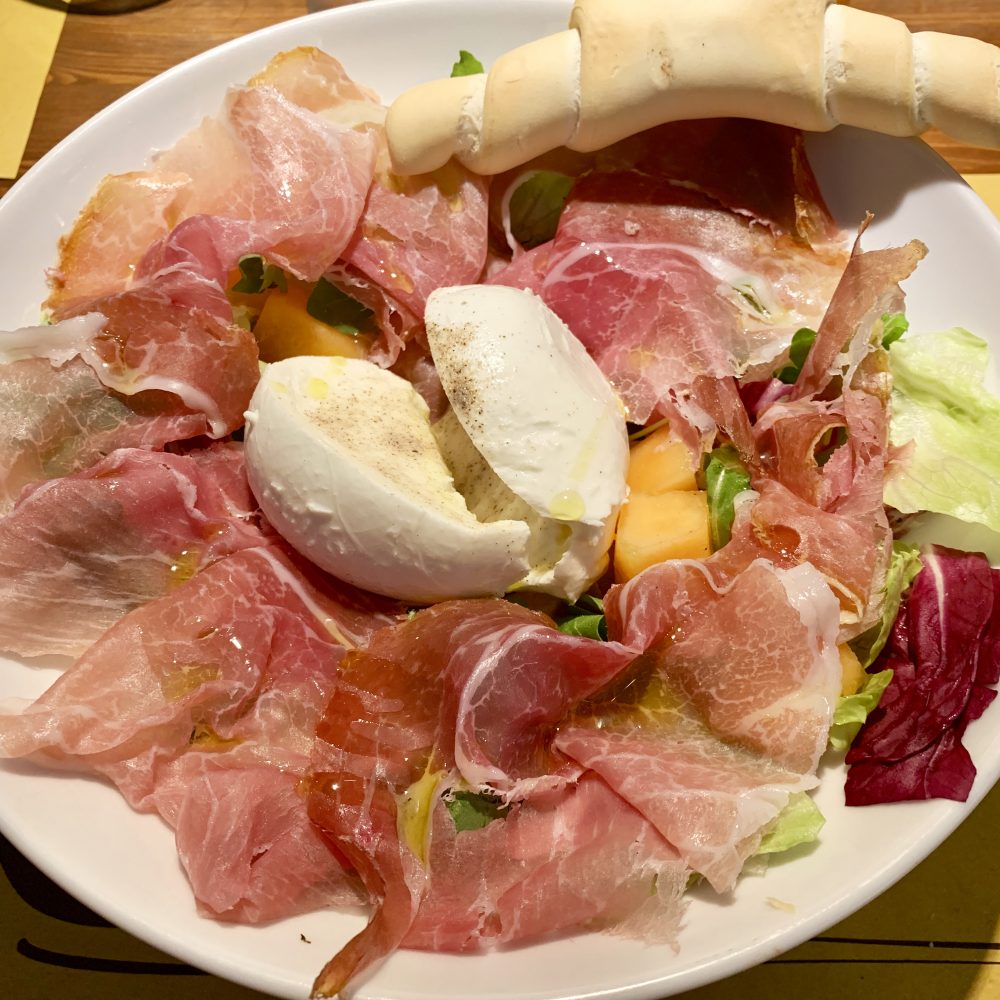
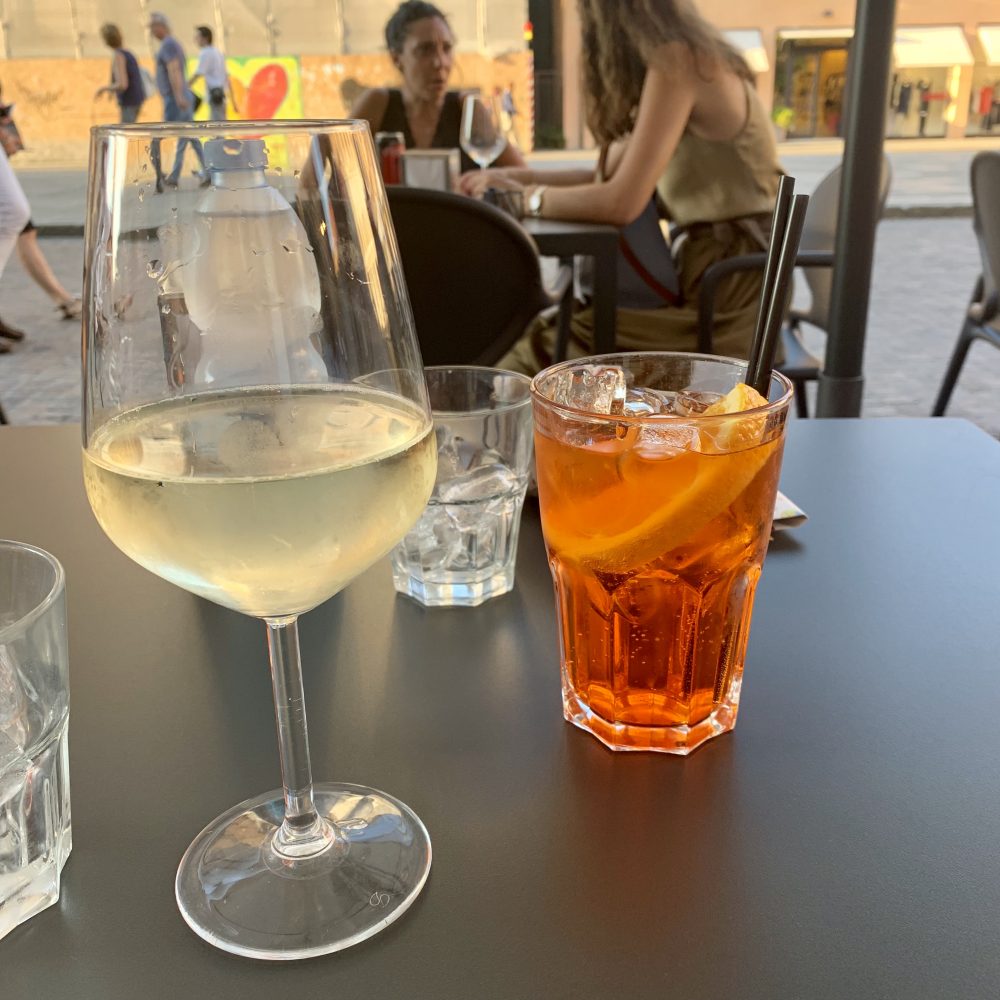

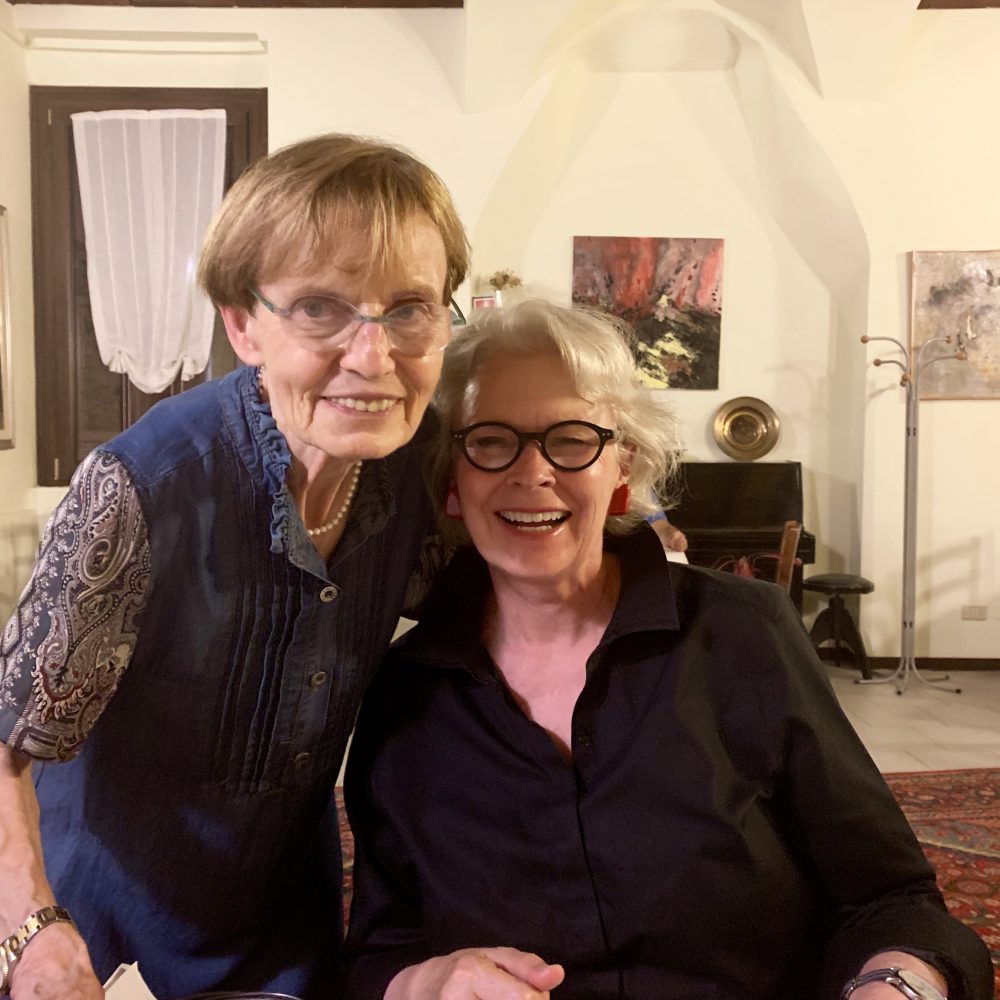
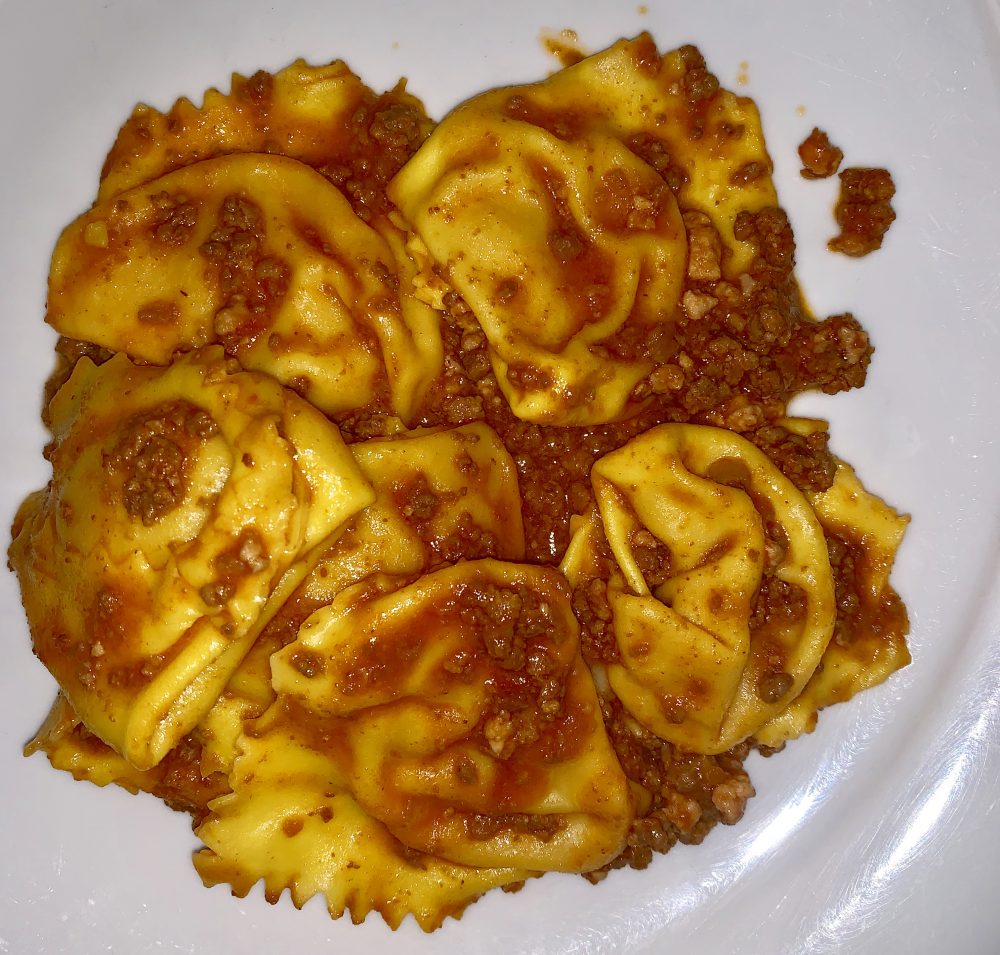

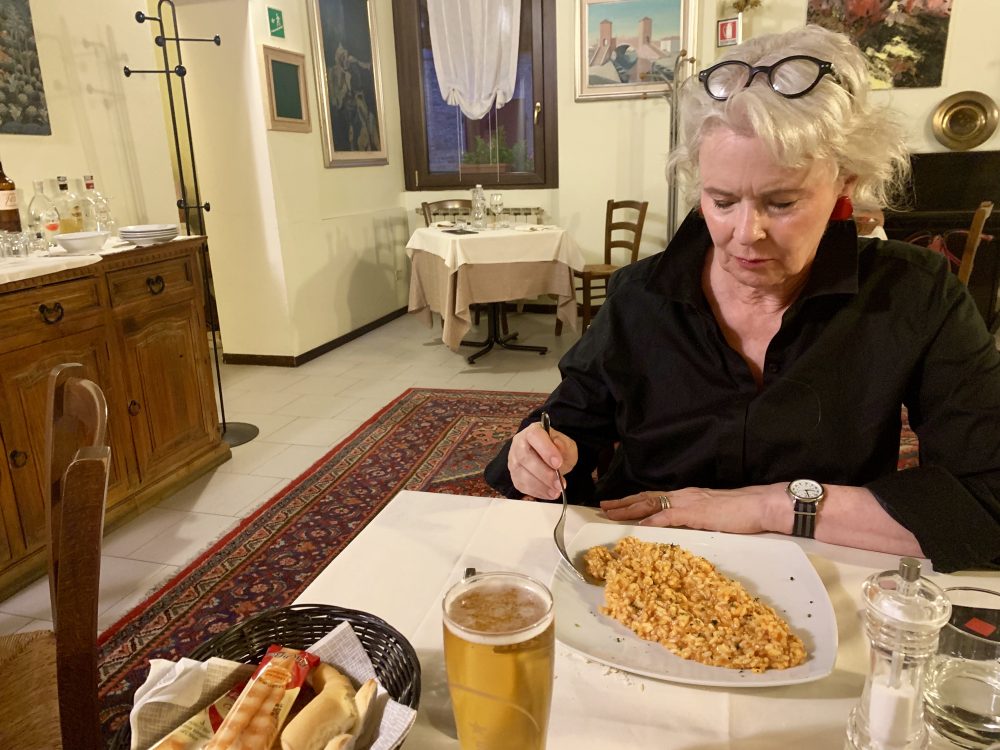
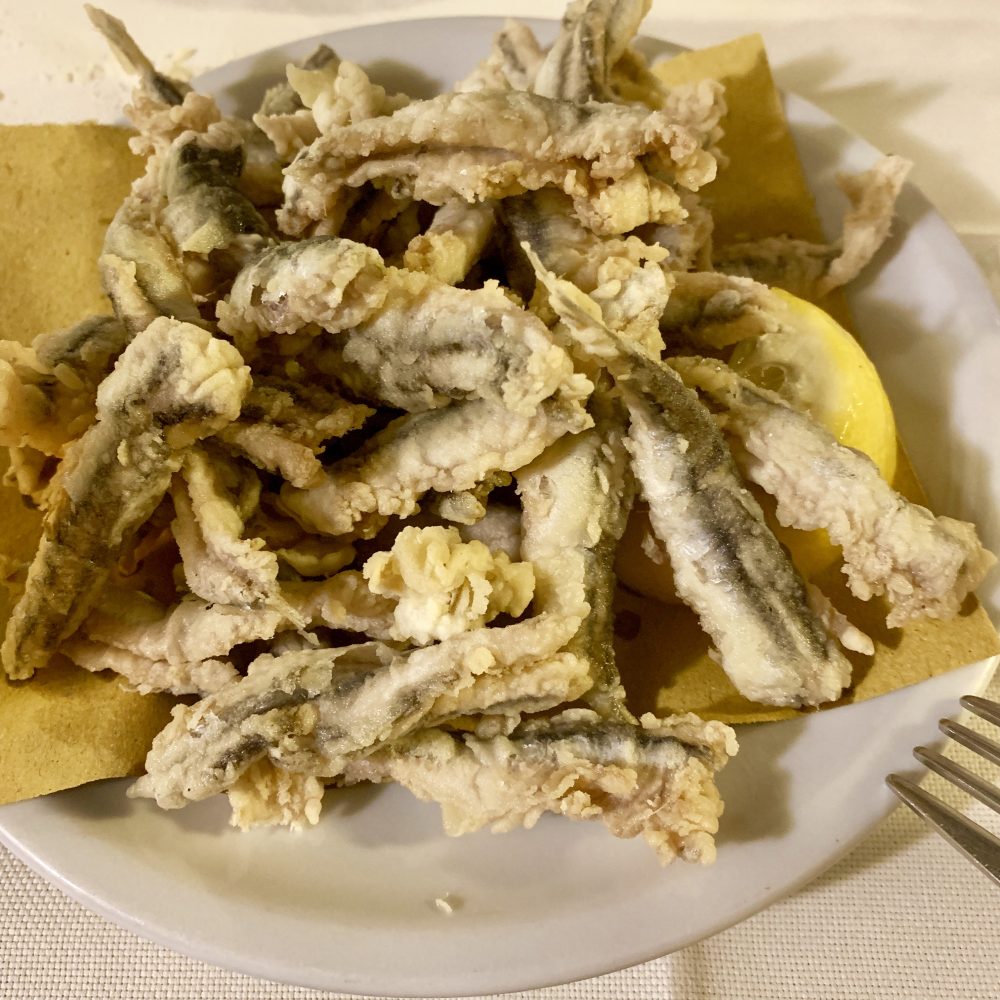
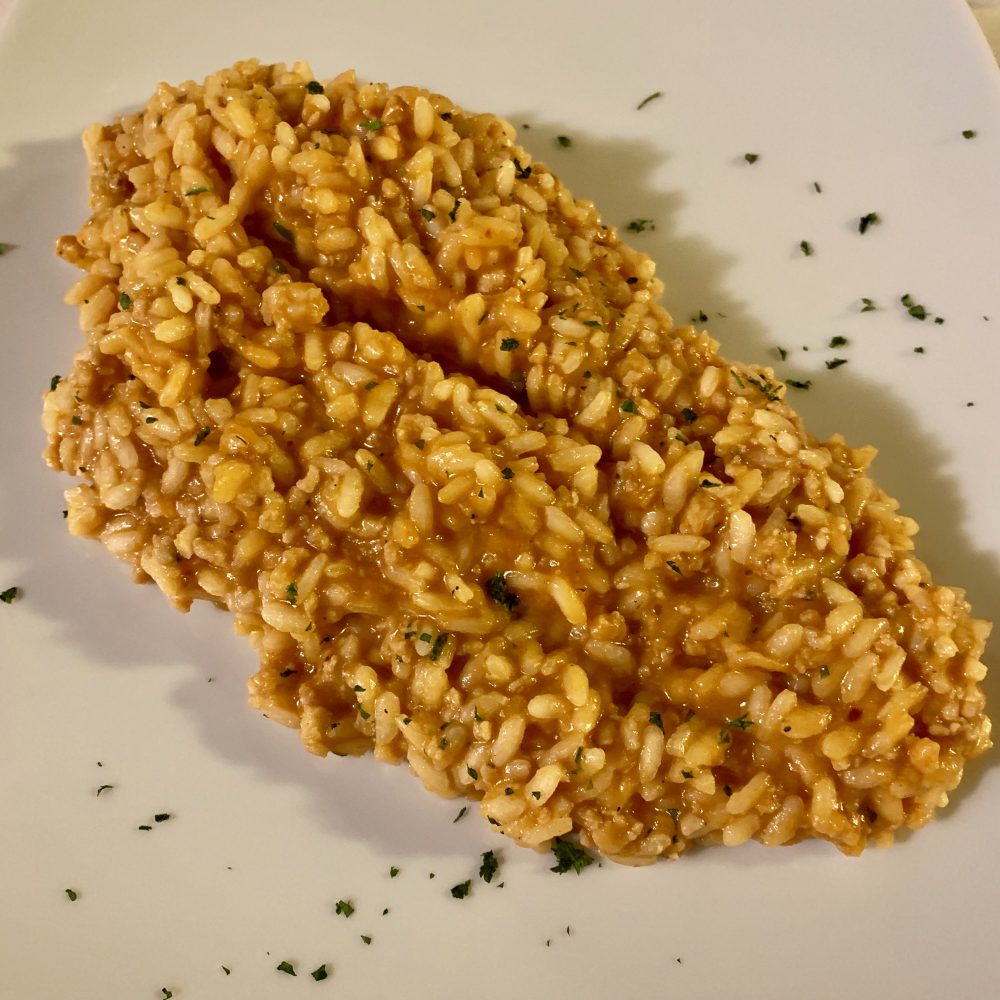
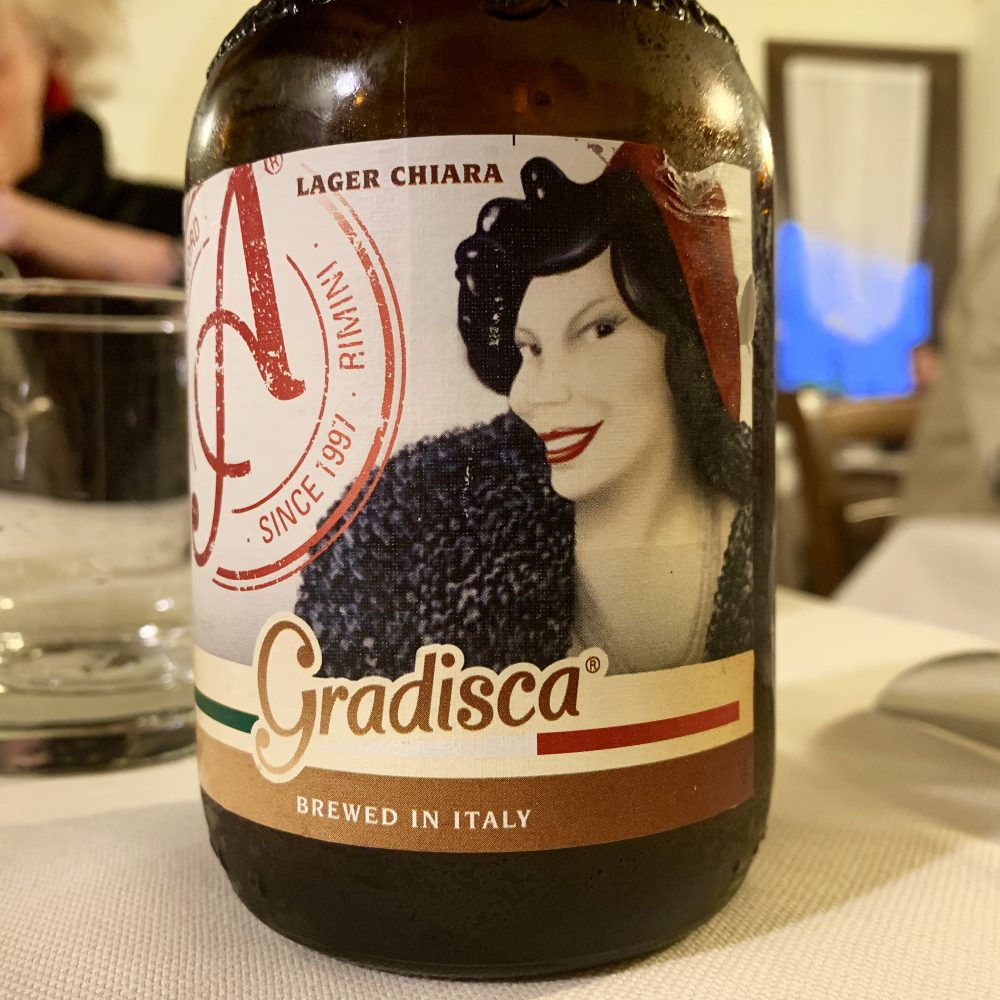

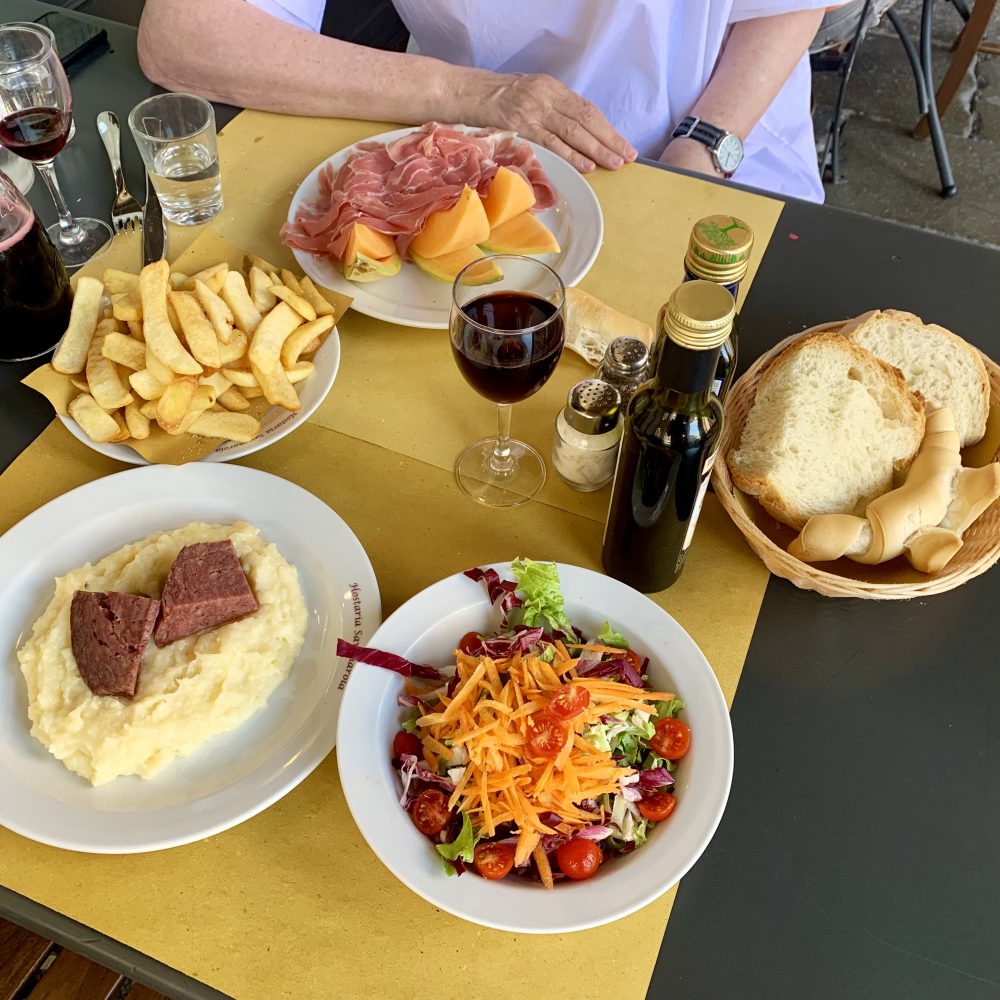

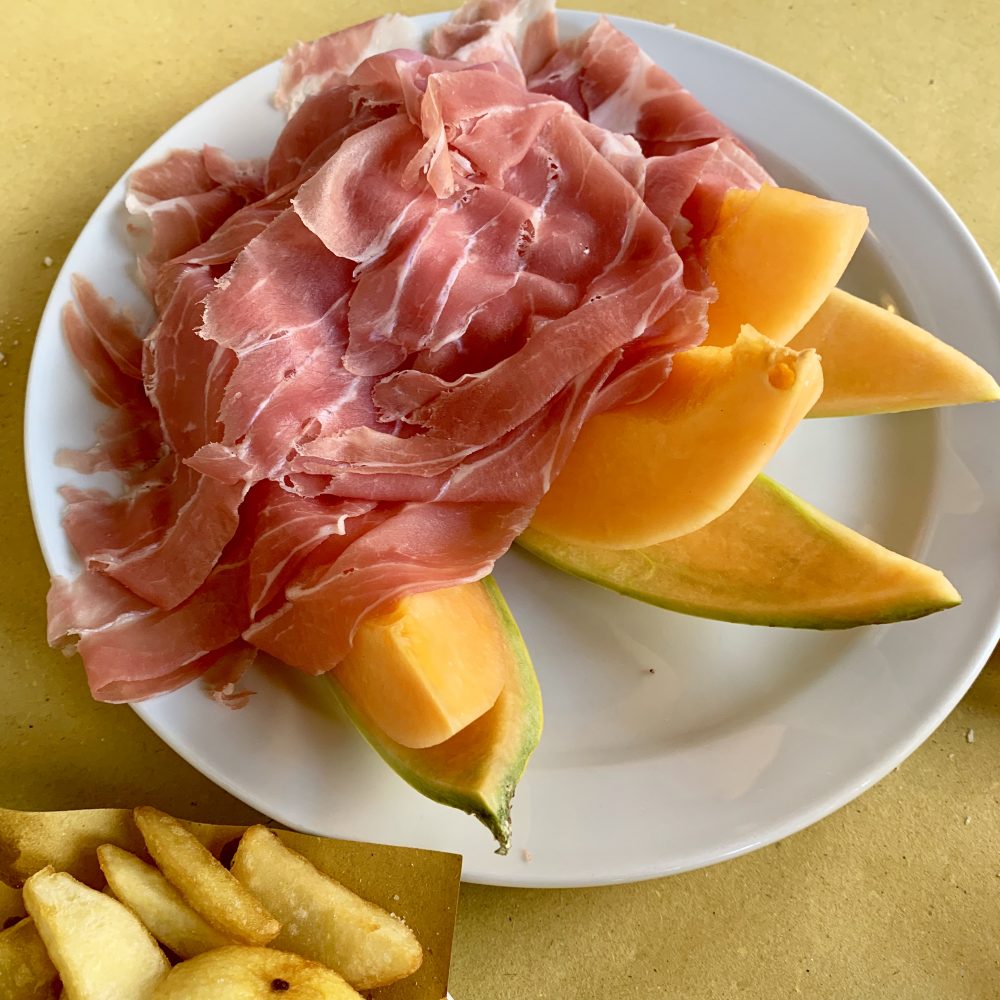

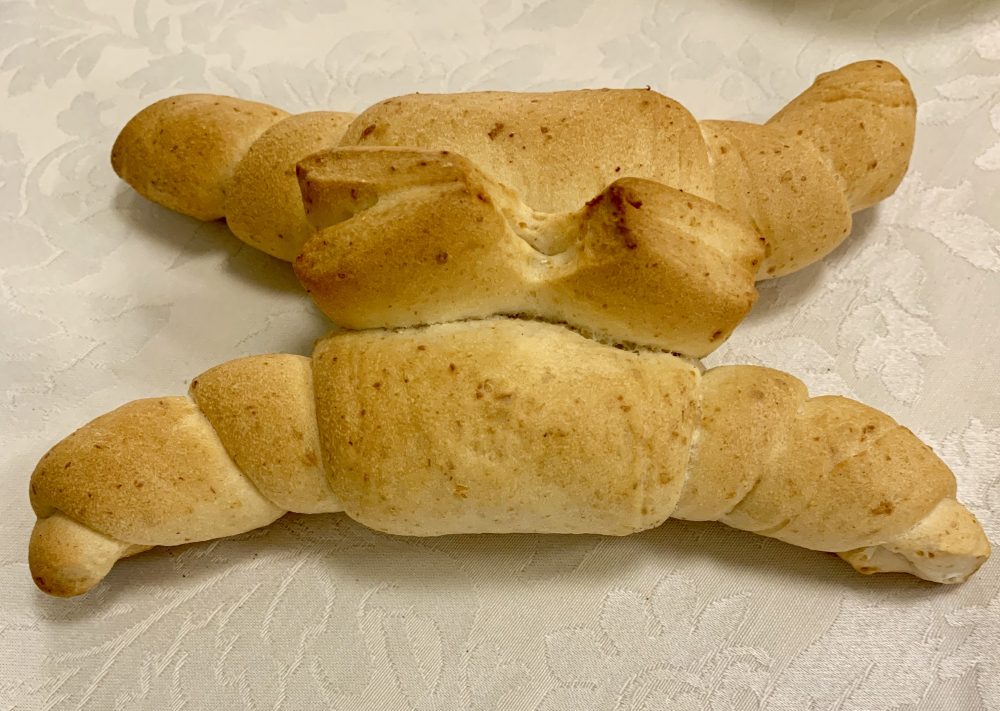
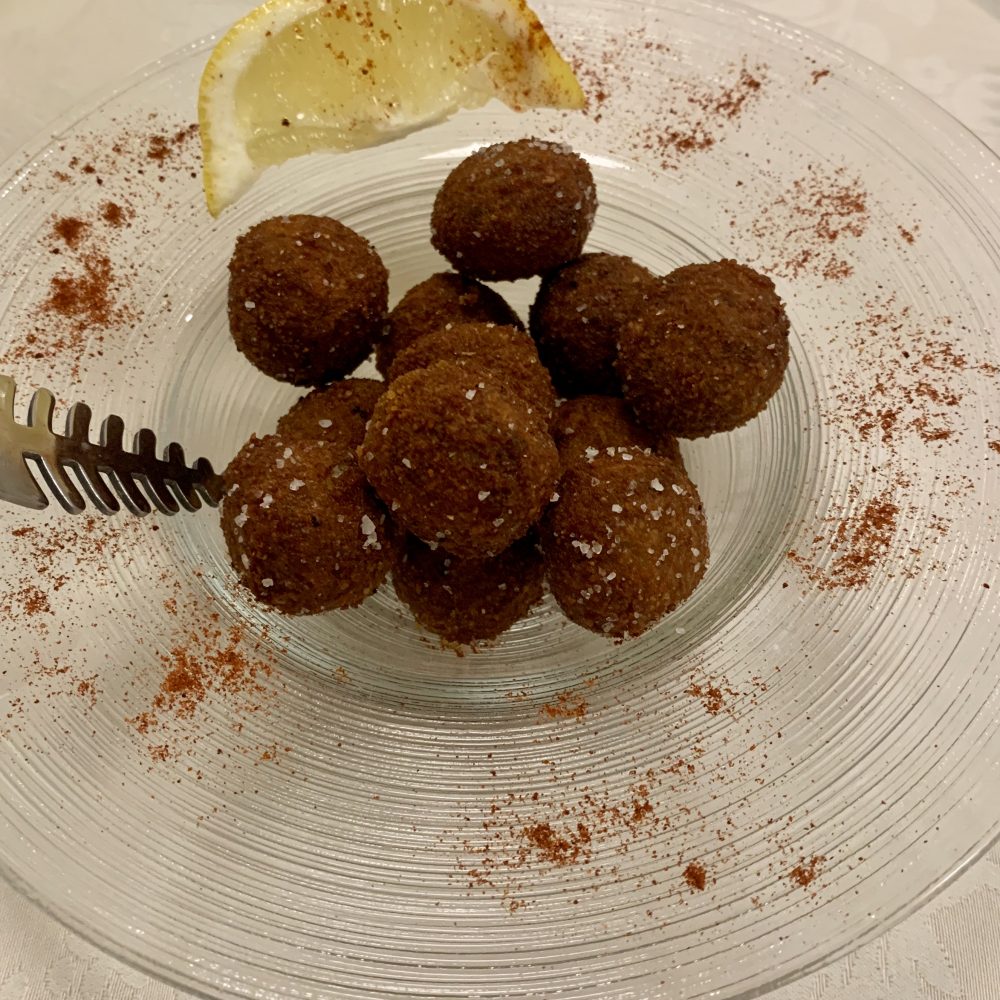
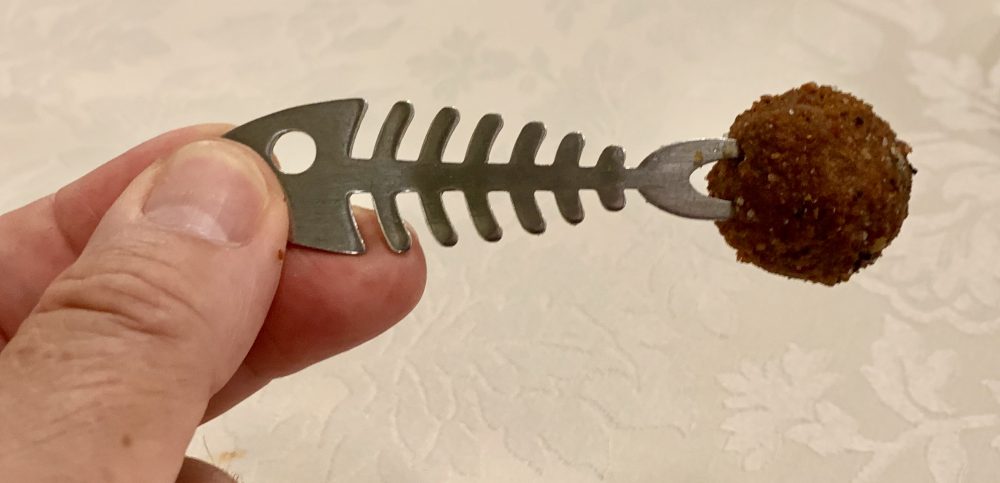

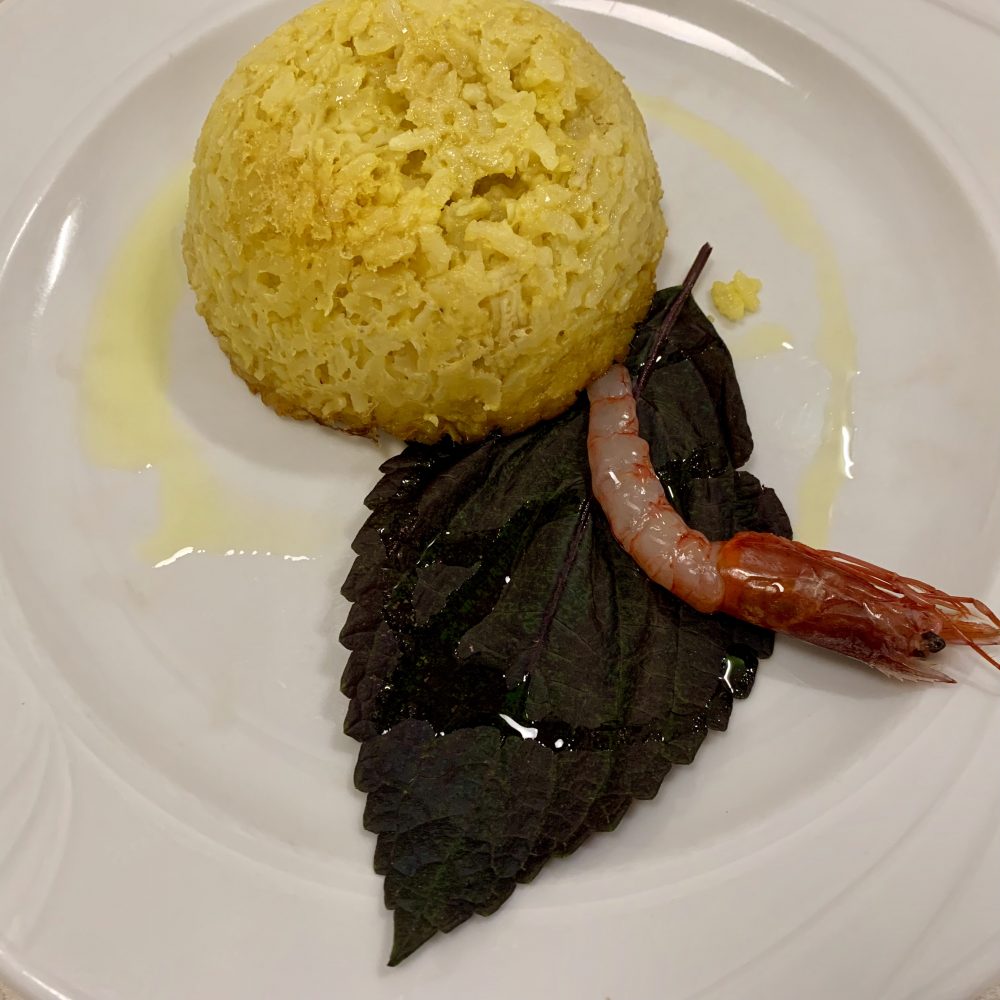
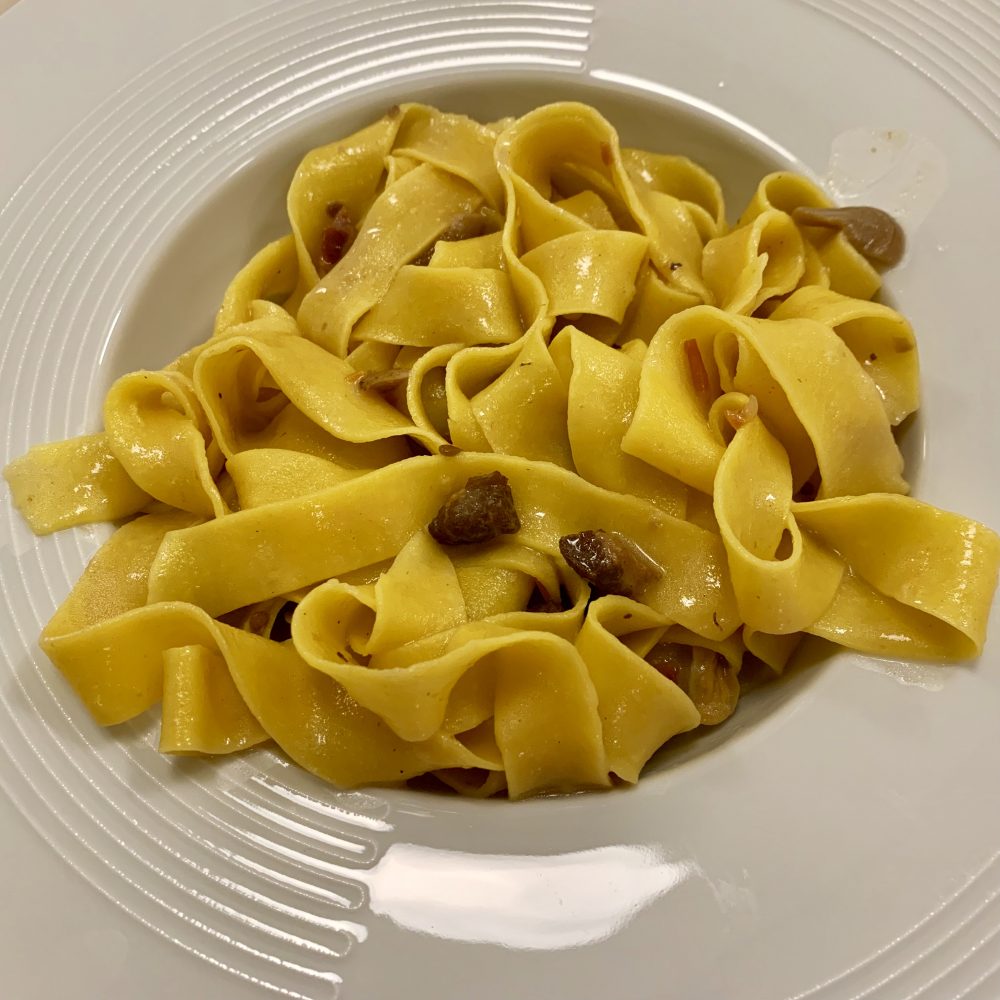
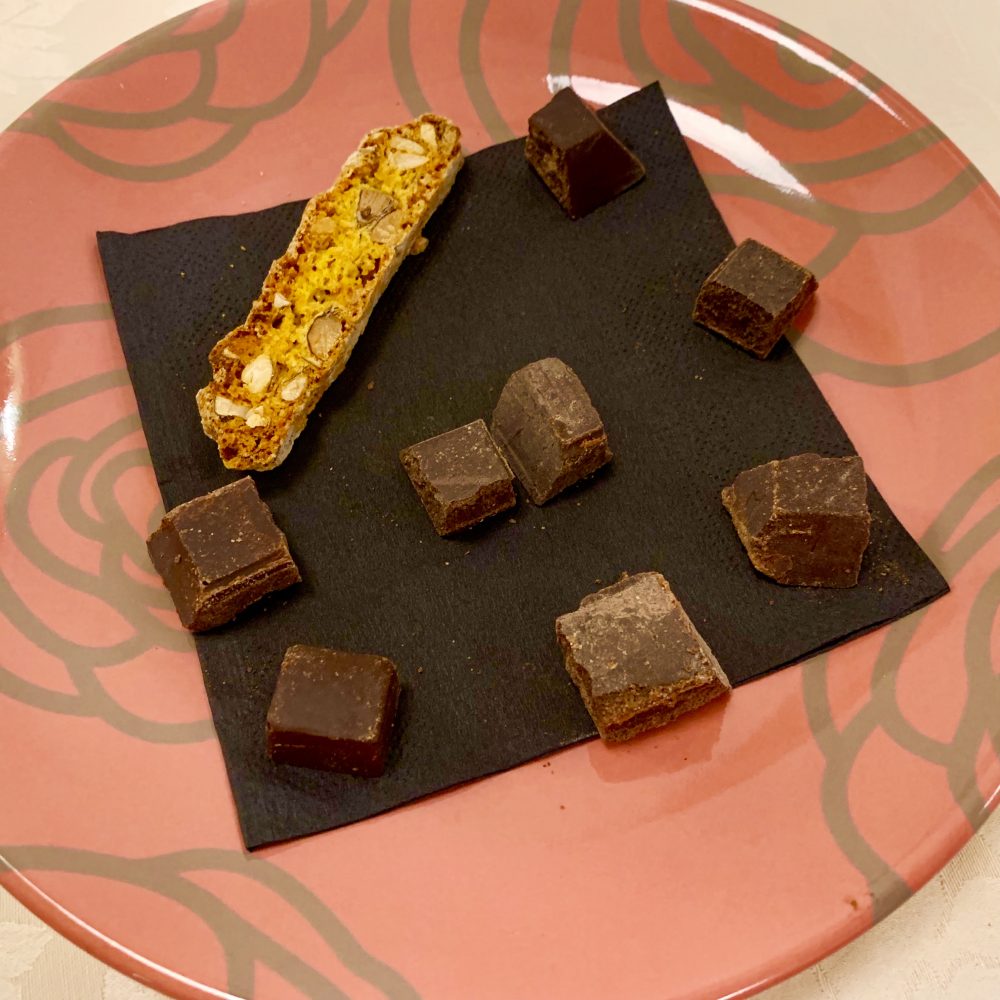
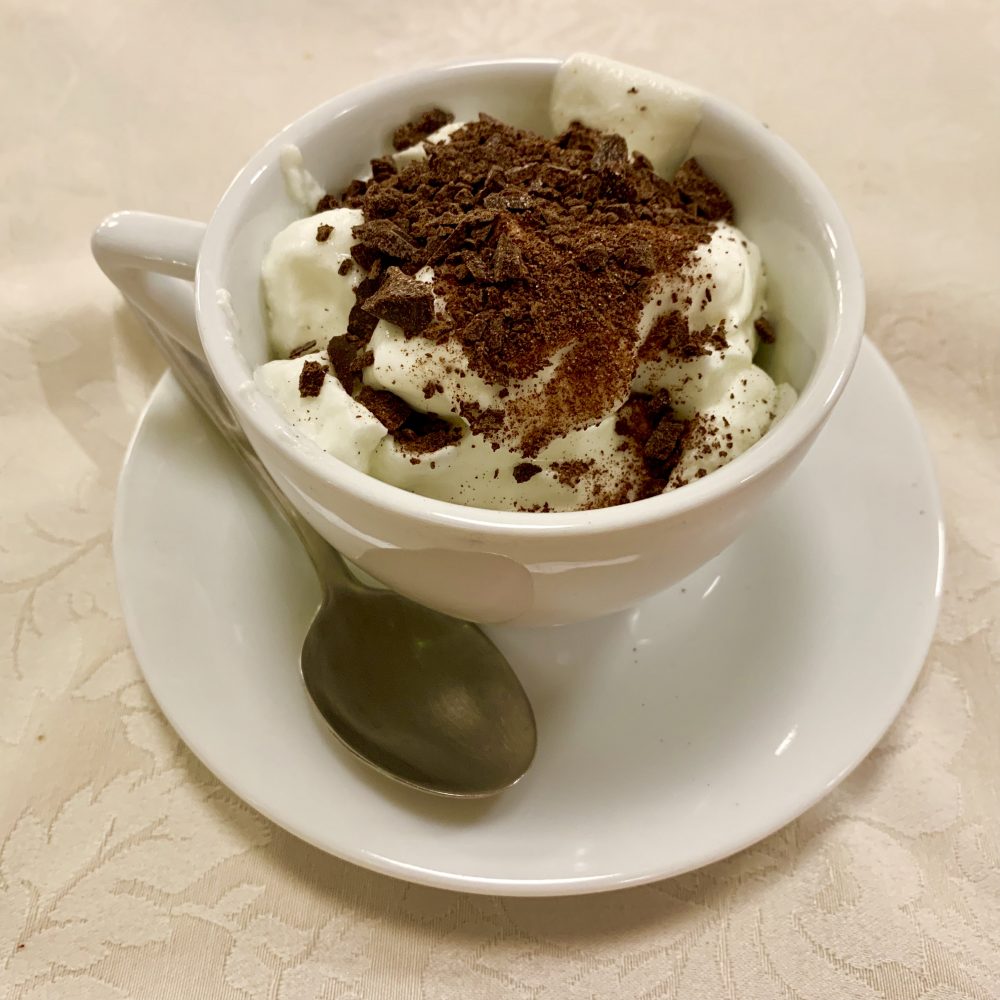

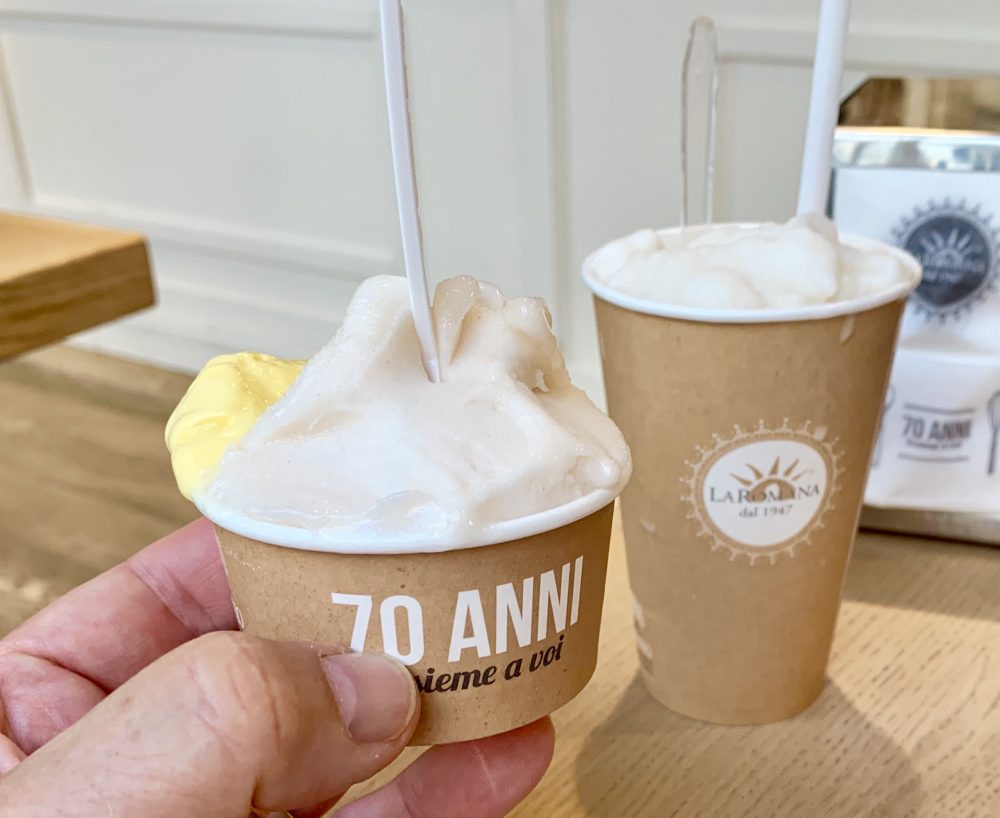
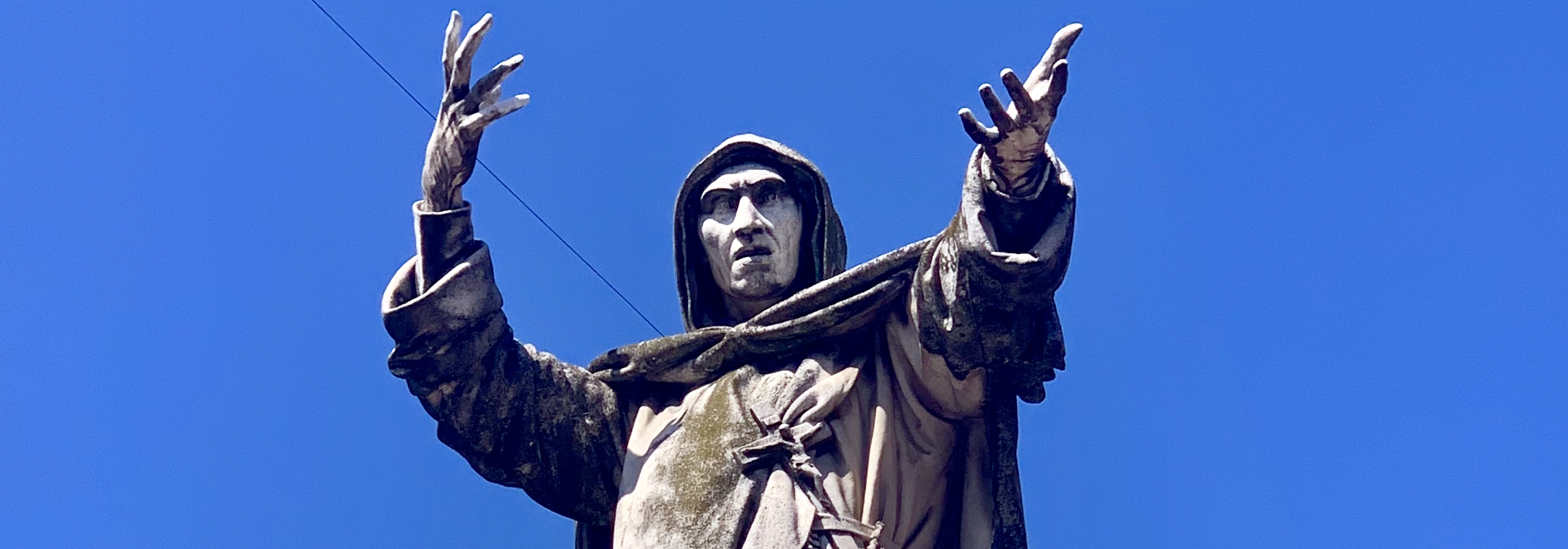
Love those cherubs holding the map scales. Not a function in AutoCAD!
Yeah. I wish I had seen them a while ago. It would have been a great concept for some of the campus plans!
I too love maps! Was that the Castel Sant’Angelo depicted in the map room? Also love the Putti cartographers….
Bonnie would look fabulous n some Etruscan jewelry.
Thrasher is everywhere isn’t it? And Jared would be happy to help Robert with his anthropological studies of young women & their shorts….
Nice to hear from you. I may have to curtail the short short research as Bonnie is afraid I might get arrested!
I forgot to answer your question on the maps. Not CSA as these maps were of Ferrara and its land holds. Yes on the jewelry. Very modern.